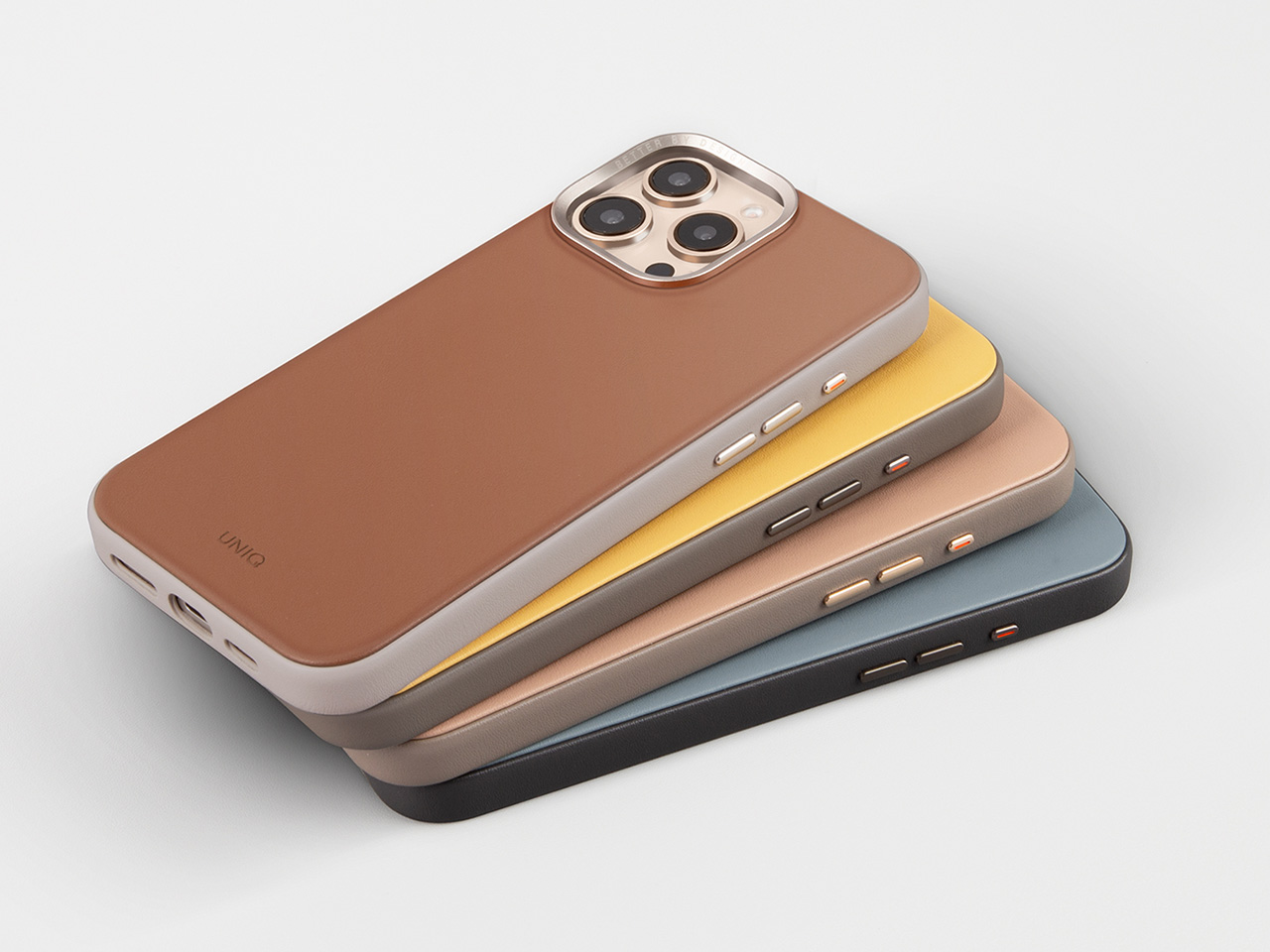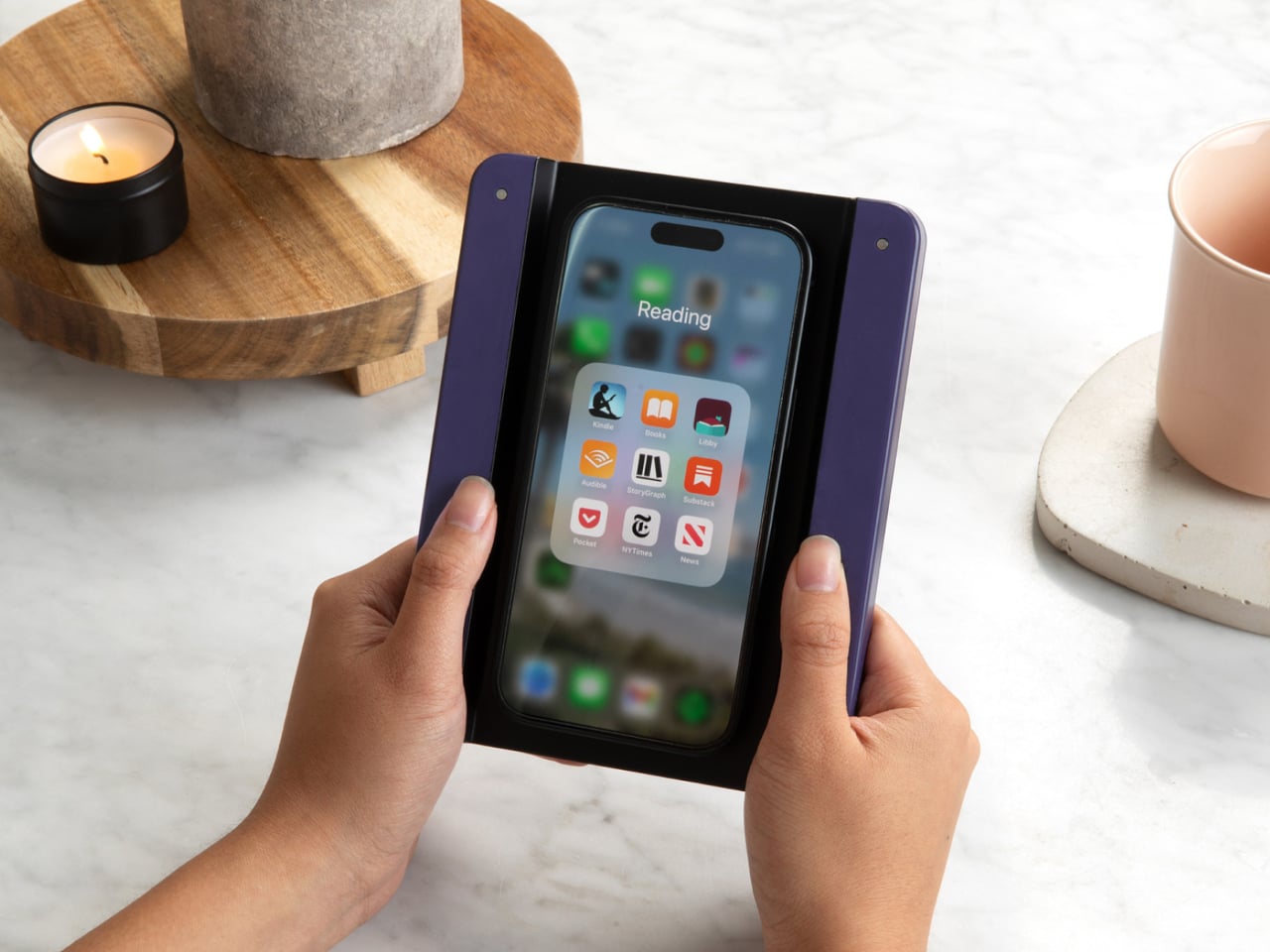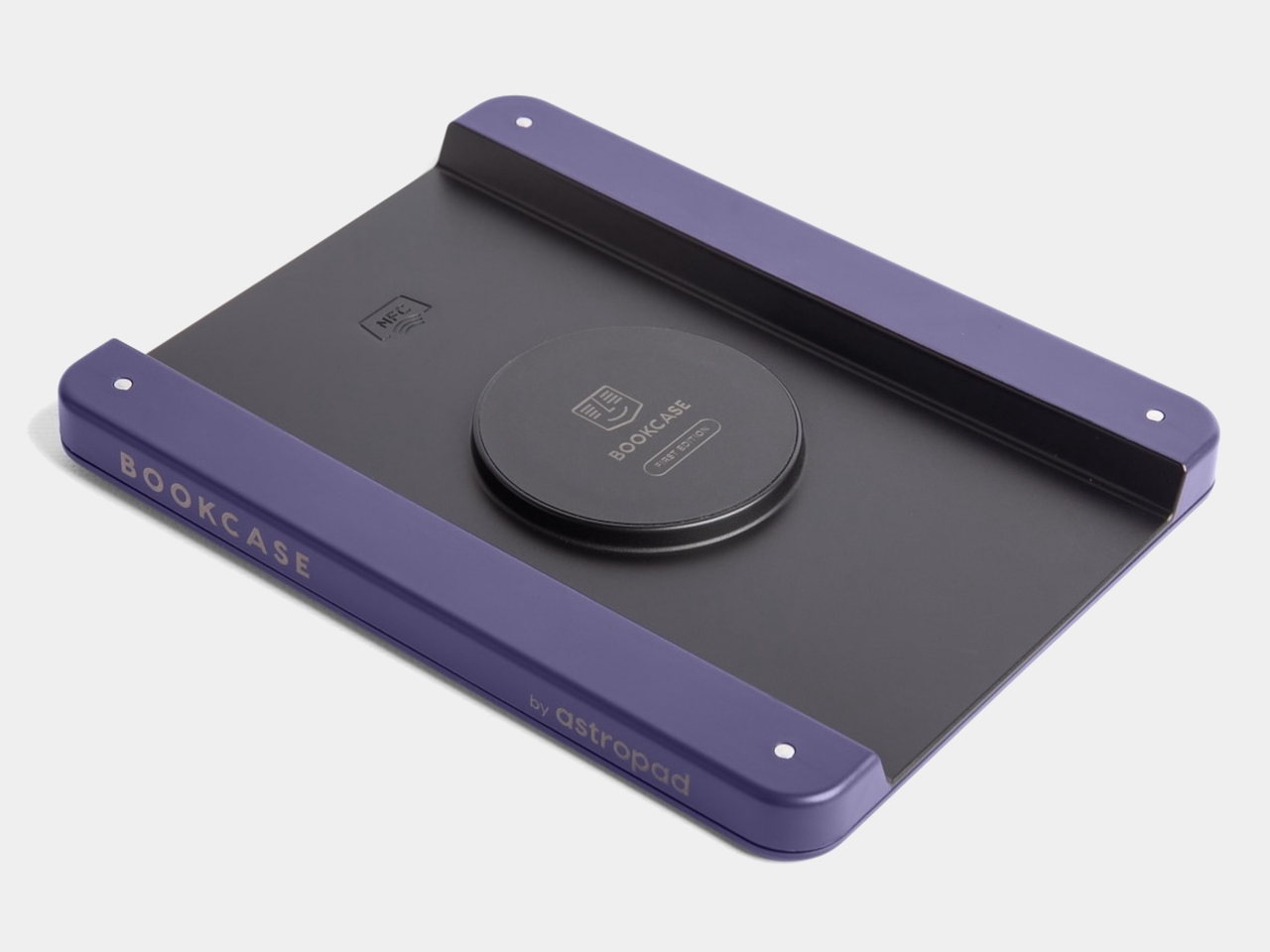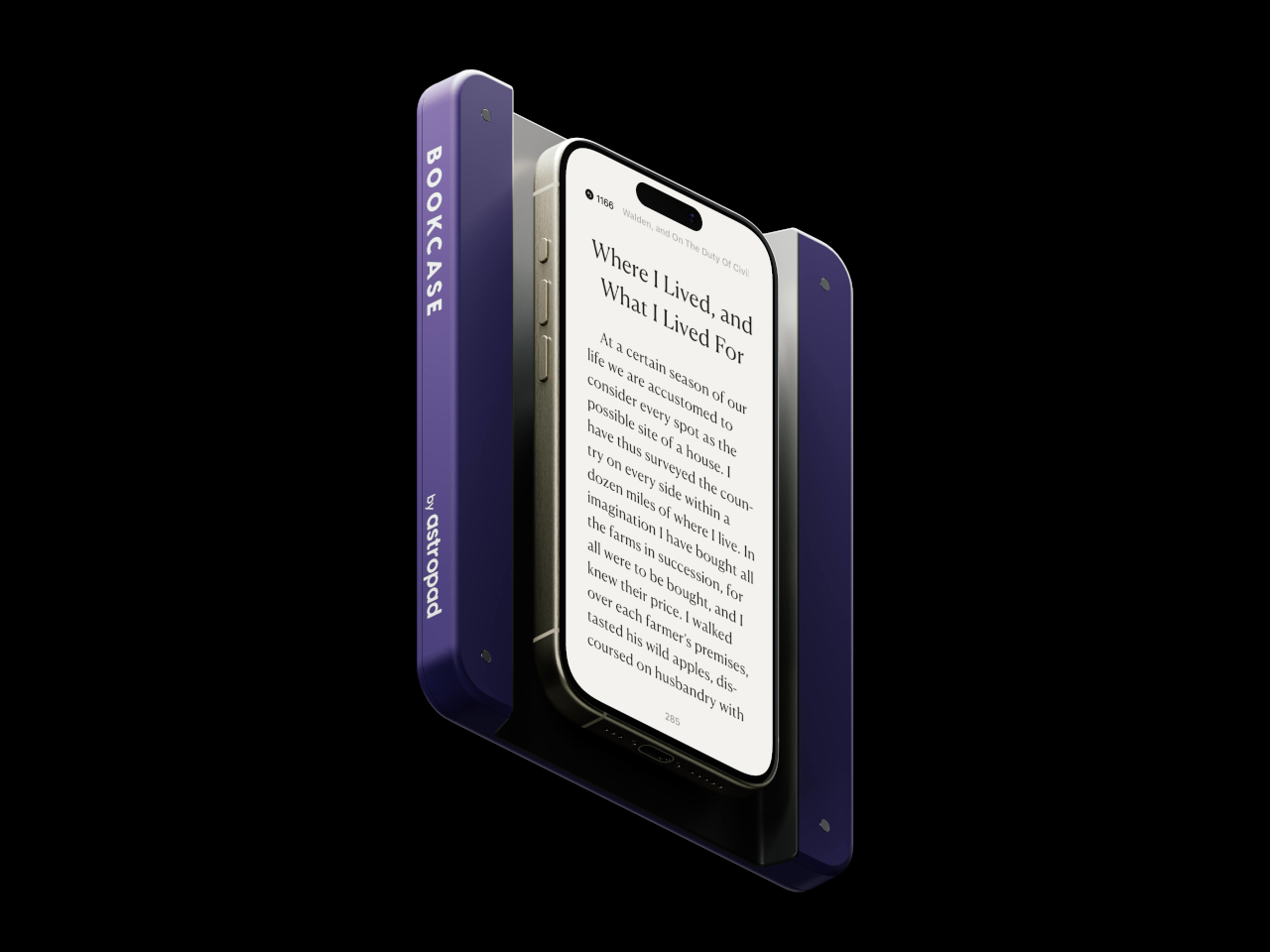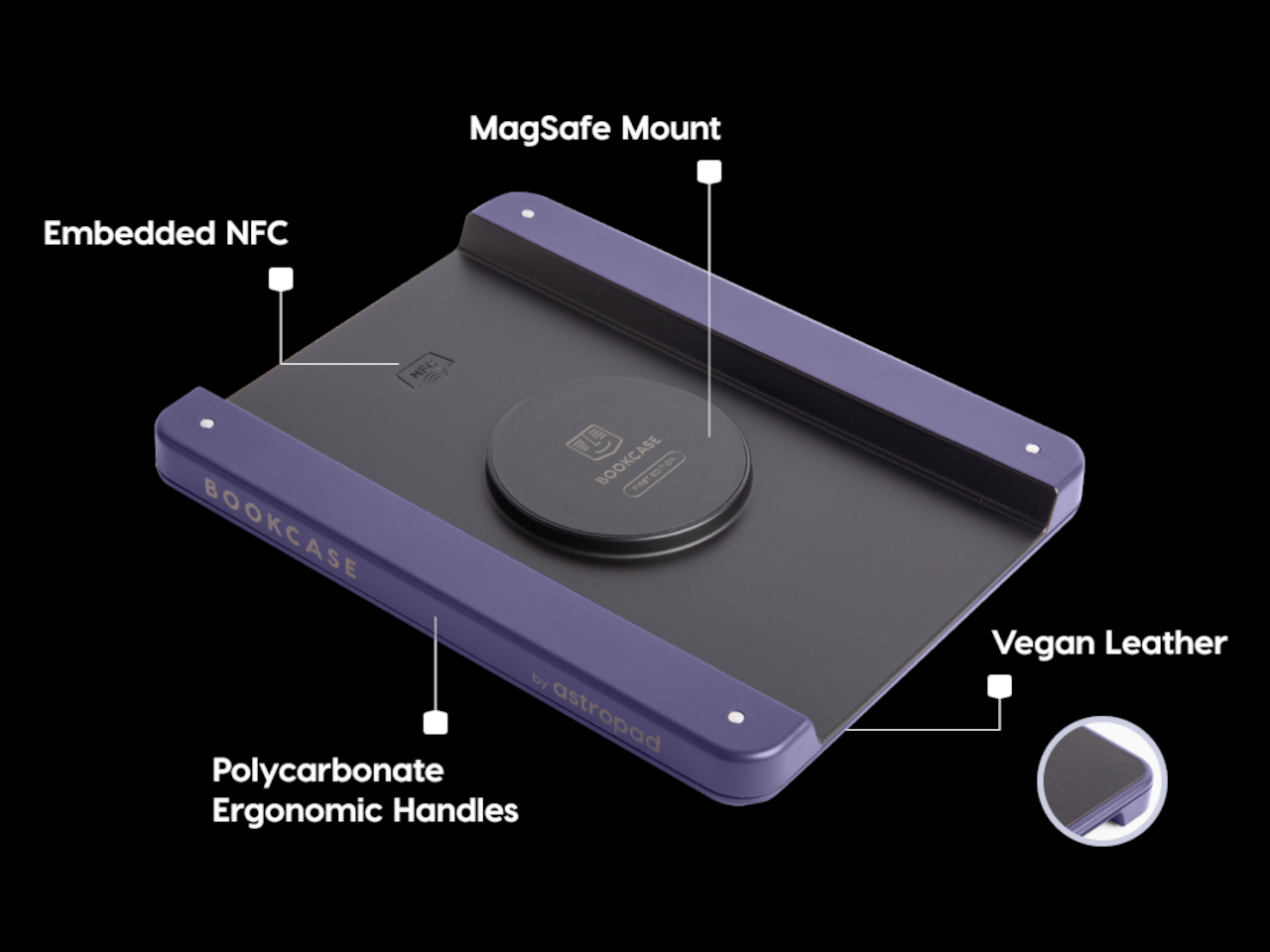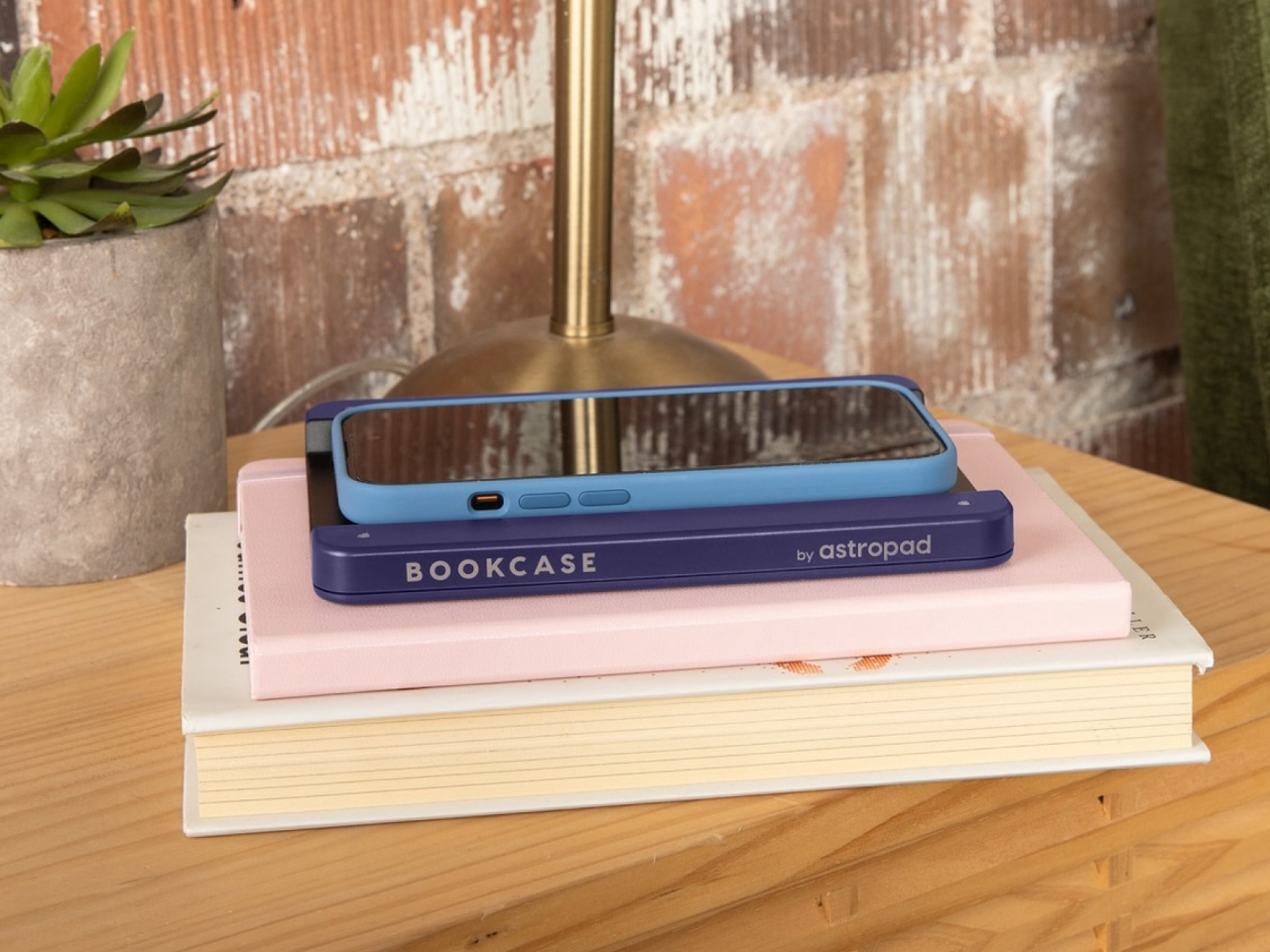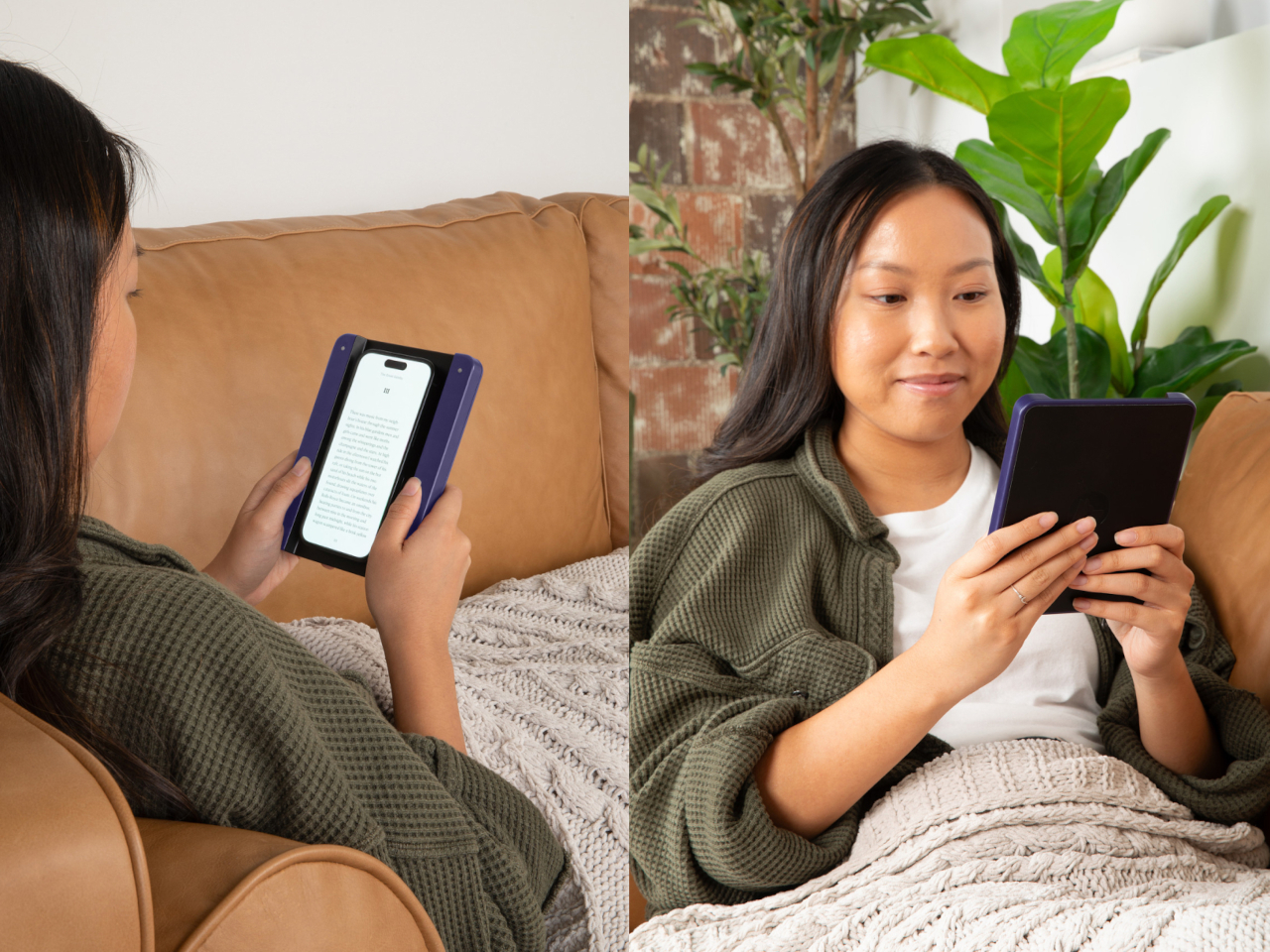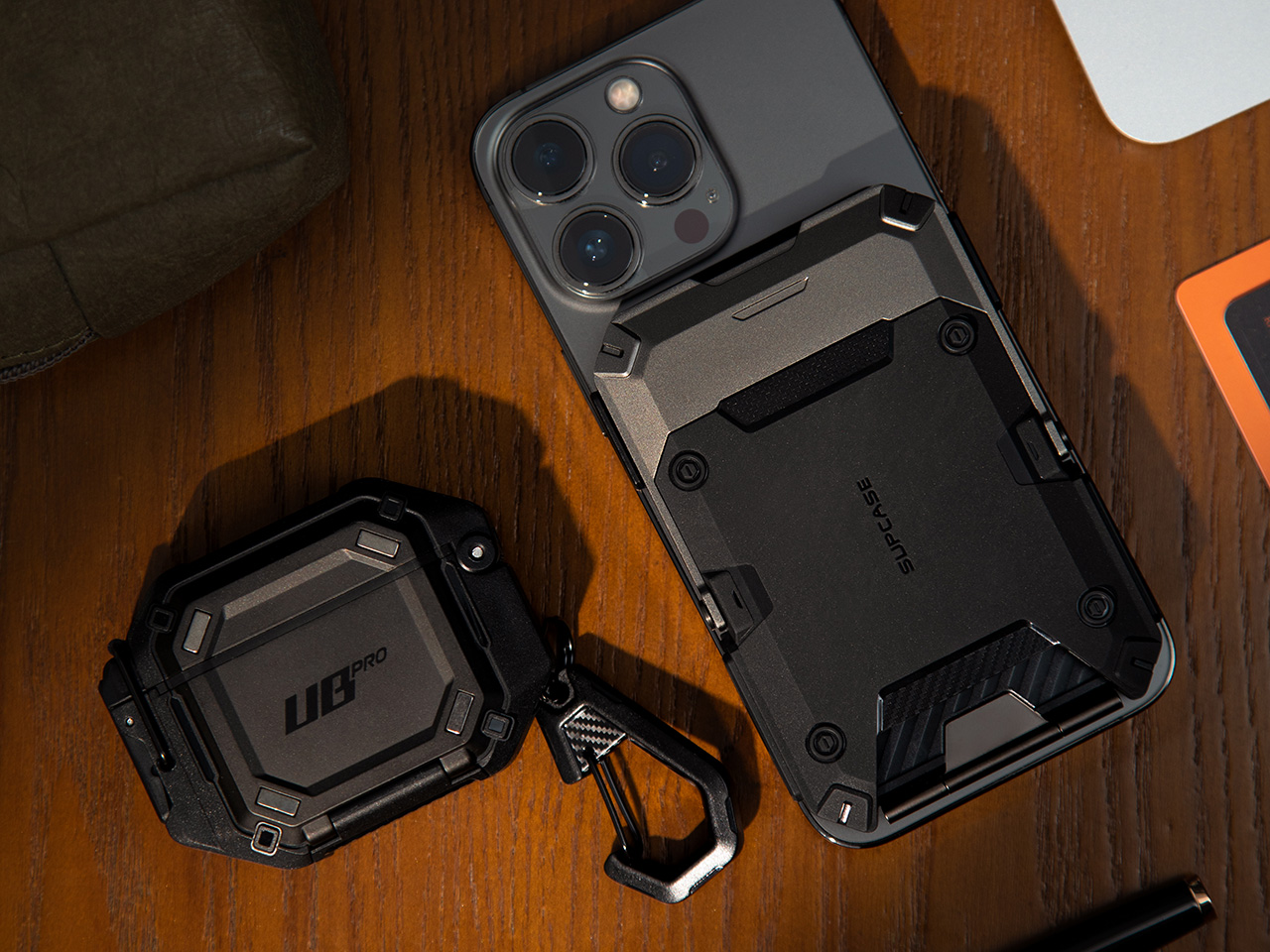
The moment you unbox a new flagship phone, there’s always that brief, fleeting sense of dread. One wrong move, one slip from the pocket, and that beautiful slab of glass and metal is a shattered mess. This is the exact anxiety that SUPCASE has built its entire brand around solving. They approach device protection with a seriousness that borders on obsessive, using multi-layer TPU and polycarbonate constructions that consistently meet and exceed military drop-test standards. Their work is a constant reminder that true protection is about smart material science, not just adding bulk.
This year, securing that peace of mind is more accessible than ever, as SUPCASE is rolling out some of its most aggressive Black Friday deals to date. We are seeing discounts of up to 32 percent across a wide swath of their catalog, from their latest iPhone 17 case designs to ruggedized solutions for the next generation of AirPods Pro. For anyone who values their hardware, this isn’t just another sale. It’s a strategic opportunity to get premium, field-tested protection for a fraction of the typical cost.
MagFlip Magnetic Wallet with Stand – Leather Version (20% Off)
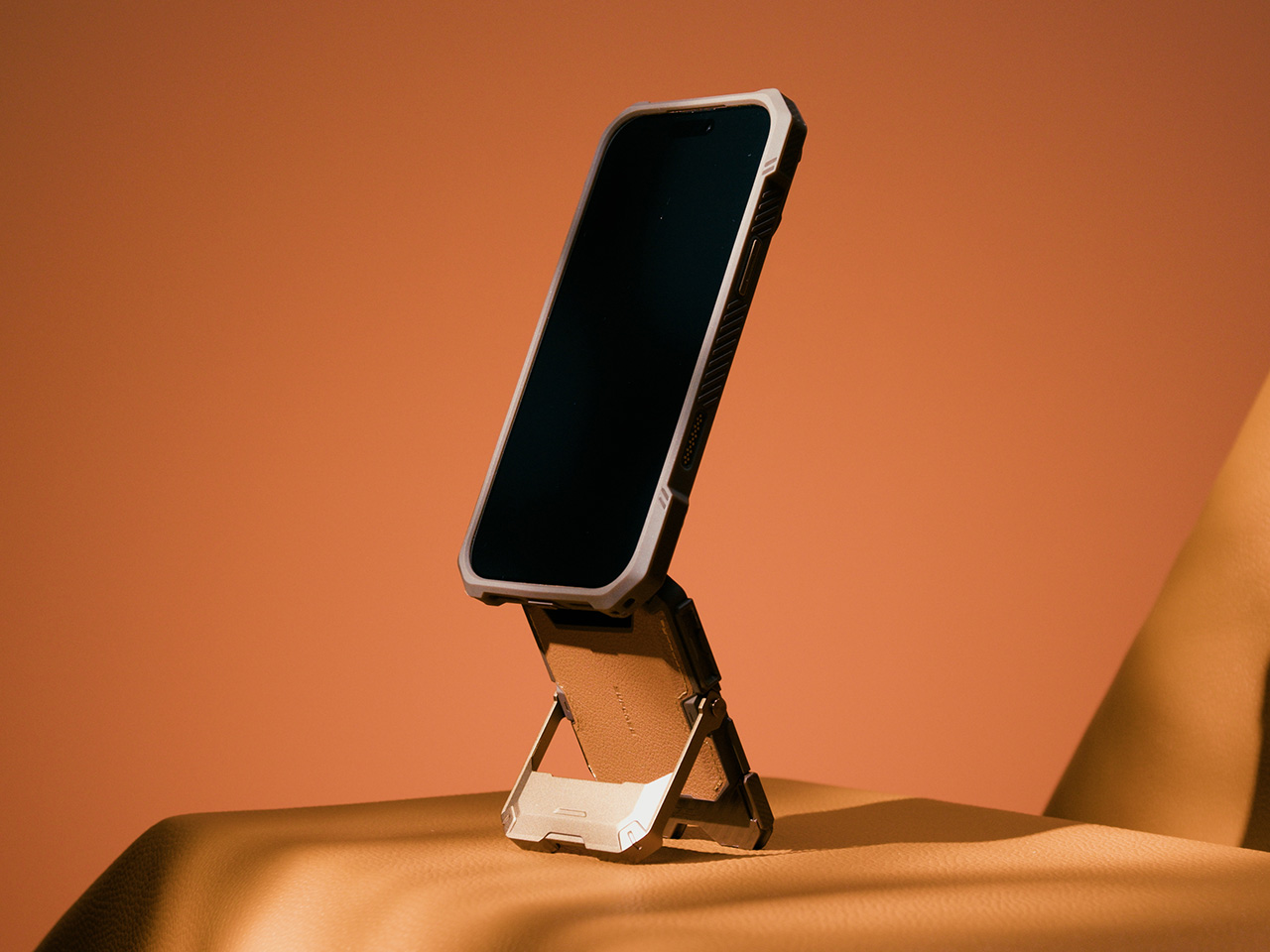
The MagSafe wallet space has been crowded for years, mostly with a sea of plastic and faux-leather options that get the job done but rarely feel like a premium upgrade. That’s what makes this leather version of the MagFlip interesting right out of the gate. SUPCASE went with genuine leather here, and it’s a choice you can feel. It has that substantial, tactile quality that’s missing from so many competitors, and it’s the kind of material that should develop a nice patina over time instead of just scuffing up. Functionally, it’s also more practical than most, with a design that comfortably accommodates up to five cards. That’s enough capacity to move it beyond a simple card sleeve and into the territory of a legitimate wallet replacement for a lot of people.
The real cleverness, though, is in the integrated stand. It’s not just a flimsy flap; the hinge mechanism is solid, allowing you to prop your phone up at multiple angles in both portrait and landscape orientations. This is the kind of feature that seems minor until you find yourself using it constantly, whether it’s for watching a video on a tray table or just keeping an eye on notifications at your desk. None of that would matter if the magnetic connection was weak, but the magnet array here is surprisingly aggressive. It’s rated for a 3000g pull force, which in practical terms means it’s not going to accidentally shear off when you slide your phone into a tight pocket, a common failure point for lesser MagSafe accessories.
Why We Recommend It
What makes the MagFlip a standout recommendation, especially with the discount, is how effectively it consolidates your everyday carry. It’s a well-made leather wallet, a versatile phone stand, and a secure MagSafe accessory all in one slim package. If you were to buy three separate quality items to fill those roles, you’d be spending significantly more and dealing with more bulk. This accessory elegantly solves for all three. It streamlines what you need to carry while simultaneously upgrading the feel of your device. It’s a smart piece of engineering that adds real utility, and the use of genuine leather makes it feel like a proper accessory rather than just another plastic gadget.
Click Here to Buy Now: $39.89 $49.99 (20% off). Hurry, deal ends in 48-hours!
UB Grip Case Design for iPhone 17 Pro Max – Leather Version (20% Off)

There’s always been a frustrating divide in the phone case world. You either get a slim, professional-looking case made from nice materials that offers next to no real drop protection, or you get a ruggedized plastic beast that can survive anything but looks completely out of place outside of a workshop. The leather version of the UB Grip is one of the few designs that genuinely tries to bridge that gap. It takes the proven protective architecture of the Unicorn Beetle line, with its dual-layer shock-absorbing frame, and fuses it with a backplate made of actual top-grain leather. The result is a case that feels substantial and secure in the hand, but has a warm, premium finish that doesn’t scream “industrial hardware.”
The thoughtful details are what really sell the design. Instead of just a raised plastic lip around the massive camera module, there’s a machined aluminum ring that adds a nice bit of metallic contrast and feels incredibly solid. The integrated kickstand is also made of aluminum, not some flimsy plastic tab that’s going to snap off after a few weeks. It’s sturdy enough to be genuinely useful for watching videos or taking calls, and it works in both portrait and landscape modes. Even with the leather and metal components, it still has a strong MagSafe magnet array, so you don’t lose out on core functionality. It’s clear this wasn’t just about slapping a leather sticker on an old design; the materials feel properly integrated.
Why We Recommend It
This case is for the person who has accepted they need serious drop protection but hates the aesthetic that usually comes with it. The UB Grip Leather lets you have it both ways. You’re getting a case that’s been certified for 15-foot drops, which is frankly overkill for most people in the best way possible, yet it looks and feels like a sophisticated accessory. With the 20% discount, you’re getting a multi-material, hybrid design for the price of a standard single-material case. It solves the problem of wanting your expensive phone to be safe without having to settle for a case that makes it look cheap.
Click Here to Buy Now: $47.99 $59.99 (20% off). Hurry, deal ends in 48-hours!
UB PRO Series Design for Apple AirPods Pro 3 (30% Off)

AirPods cases occupy a strange place in the accessory market. Most of them are just thin silicone skins that do little more than add a splash of color while offering minimal real protection. The UB Pro for the AirPods Pro 3 takes a completely different approach, treating your earbuds like a serious piece of hardware that deserves the same level of defense you’d give to a phone. The case is built from a dual-layer construction of shock-absorbing TPU and rigid polycarbonate, creating a hard shell that can handle actual impacts instead of just light scuffs. What makes this particularly interesting is the inclusion of IP68 waterproof protection. There’s a built-in silicone plug with a double-lock mechanism that seals both the charging port and the hinge, allowing the case to be submerged up to 10 feet without water getting inside. For anyone who carries their AirPods in gym bags, near pools, or on hikes, that level of sealing is a legitimate game changer.
The design includes large, precise cutouts that keep the LED indicator visible during charging and allow easy cable access without having to remove the case. A metal carabiner is included in the package, and it clips to the case securely enough that you can actually trust it hanging from a backpack strap or belt loop. It’s not some flimsy keychain attachment; it feels like it belongs there. The case adds noticeable bulk, there’s no getting around that, but if you’ve ever had to replace a lost or damaged pair of AirPods Pro, the added size starts to feel like a reasonable trade-off. Wireless charging works without issue through the case, which is important since having to pop the case off every time you want to charge would quickly get old.
Why We Recommend It
This is the case for people who treat their AirPods Pro like actual field gear instead of precious jewelry. The IP68 waterproofing is rare in this category and legitimately expands where and how you can use your earbuds without worrying about damage. Combined with the 12% discount using the code YANKOBF12, you’re getting military-spec protection for around $35, which is a fraction of what it would cost to replace the AirPods Pro 3 if they took a bad fall or got caught in the rain. The carabiner attachment turns the case into something you can actually carry confidently on the outside of your gear, which is the whole point of having wireless earbuds in the first place. It’s the right choice if you’ve already cracked or scuffed one charging case too many.
Click Here to Buy Now: $32.39 $45.99 (30% off). Hurry, deal ends in 48-hours!
SUPCASE MagFlip Magnetic Wallet with Stand (28% Off)
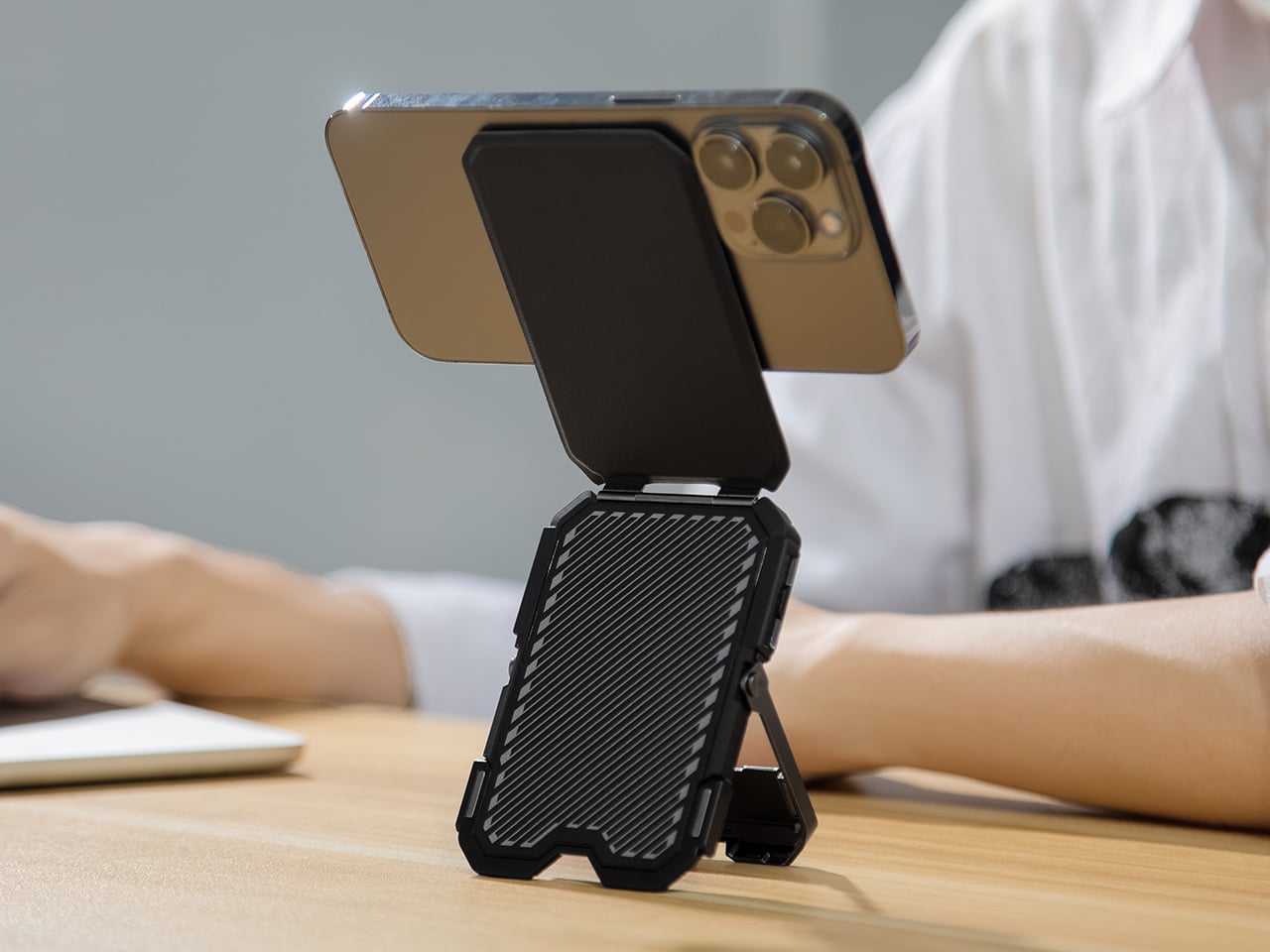
If you want the core functionality of the leather MagFlip but prefer synthetic materials or need a more affordable entry point, this standard version delivers the same engineering in a vegan leather finish. The material choice is practical rather than premium; it’s a textured synthetic that resists fingerprints and scratches better than genuine leather while keeping the overall profile slim. Functionally, nothing is compromised. The same 3000g magnetic force keeps the wallet locked securely to any MagSafe-compatible phone, and it still holds up to five cards without stretching or deforming over time. The internal structure is reinforced to prevent that common issue where cheaper wallets start to lose their shape after a few months of use, leaving cards loose and prone to sliding out.
The standout feature remains the integrated kickstand, which continues to be one of the most useful elements of the MagFlip design. The hinge is engineered with enough resistance to hold your phone steady at multiple angles, and it works equally well in both portrait and landscape orientations. It’s especially useful if you’re someone who watches a lot of content on your phone during lunch breaks or commutes. An RFID-blocking card is included in the package, providing a layer of security for contactless credit cards and ID badges. At 28% off, this becomes one of the more aggressive discounts in the sale, making it a compelling option for anyone looking to simplify their everyday carry without breaking the budget.
Why We Recommend It
This version of the MagFlip is notable because of the discount depth. At 28% off, you’re getting a wallet-stand hybrid that’s cheaper than many standalone MagSafe wallets that don’t even include a kickstand mechanism. The synthetic material isn’t trying to pretend it’s something it’s not, which is refreshing. It’s durable, easy to clean, and will likely look the same a year from now as it does on day one, which is actually an advantage for people who prefer consistency over patina. If your priority is maximizing utility per dollar spent, this is probably the smartest pick in the entire sale. You’re getting proven magnetic strength, five-card capacity, RFID protection, and a stable stand in one slim package, all at the steepest discount SUPCASE is offering on their wallet lineup.
Click Here to Buy Now: $35.99 $49.99 (28% off). Hurry, deal ends in 48-hours!
SUPCASE UB Grip Case Design for iPhone 17 Series (35% Off)

The standard UB Grip for the iPhone 17 lineup is basically the accessible entry point into SUPCASE’s rugged protection philosophy. It drops the premium materials and extra features to focus purely on what matters most: keeping your phone intact after a drop. The dual-layer construction uses TPU and polycarbonate with reinforced corners and internal airbag cushioning, which translates to a case that can survive 15-foot drops while meeting MIL-STD-810H-516.8 military standards. The back has a frosted semi-transparent finish that resists fingerprints and gives the case a cleaner, more modern look compared to the usual matte black slabs that dominate this category. It’s still clearly a protective case, but there’s an attempt here to make it visually appealing beyond just being functional.
The built-in aluminum kickstand is one of the defining features of the UB Grip line, and it’s just as solid here as it is on the more expensive models. The hinge has real resistance to it, meaning your phone will stay propped up at whatever angle you set it without slowly collapsing over time. The case includes full MagSafe compatibility with an N52 magnet array delivering around 1800 grams of magnetic force, strong enough to reliably hold wireless chargers and car mounts. There’s also integrated support for the iPhone 17’s Camera Control button, with a tactile pass-through that maintains the pressure-sensitive functionality. It adds noticeable bulk compared to a minimalist case, but if you’ve ever dealt with the cost and hassle of repairing a cracked screen or replacing a damaged phone, that trade-off starts to seem reasonable.
Why We Recommend It
The standard UB Grip is the best choice for anyone who needs legitimate protection but doesn’t want to pay for material upgrades like leather or extra layers like a built-in screen protector. At 20% off, it’s positioned as an affordable workhorse case that does exactly what it’s supposed to do without any pretense. The kickstand alone justifies the slight extra bulk for most people, especially if you spend any time watching content on your phone during commutes or breaks. This is a straightforward, no-nonsense case that prioritizes drop protection and practical utility over aesthetics, and at this discount, it’s hard to argue with the value proposition. If you’re someone who tends to be rough on phones or just wants peace of mind without overthinking it, this is the obvious pick.
Click Here to Buy Now: $23.25 $35.99 (35% off). Hurry, deal ends in 48-hours!
SUPCASE UB Pro Switch 2 Cases (16% Off)
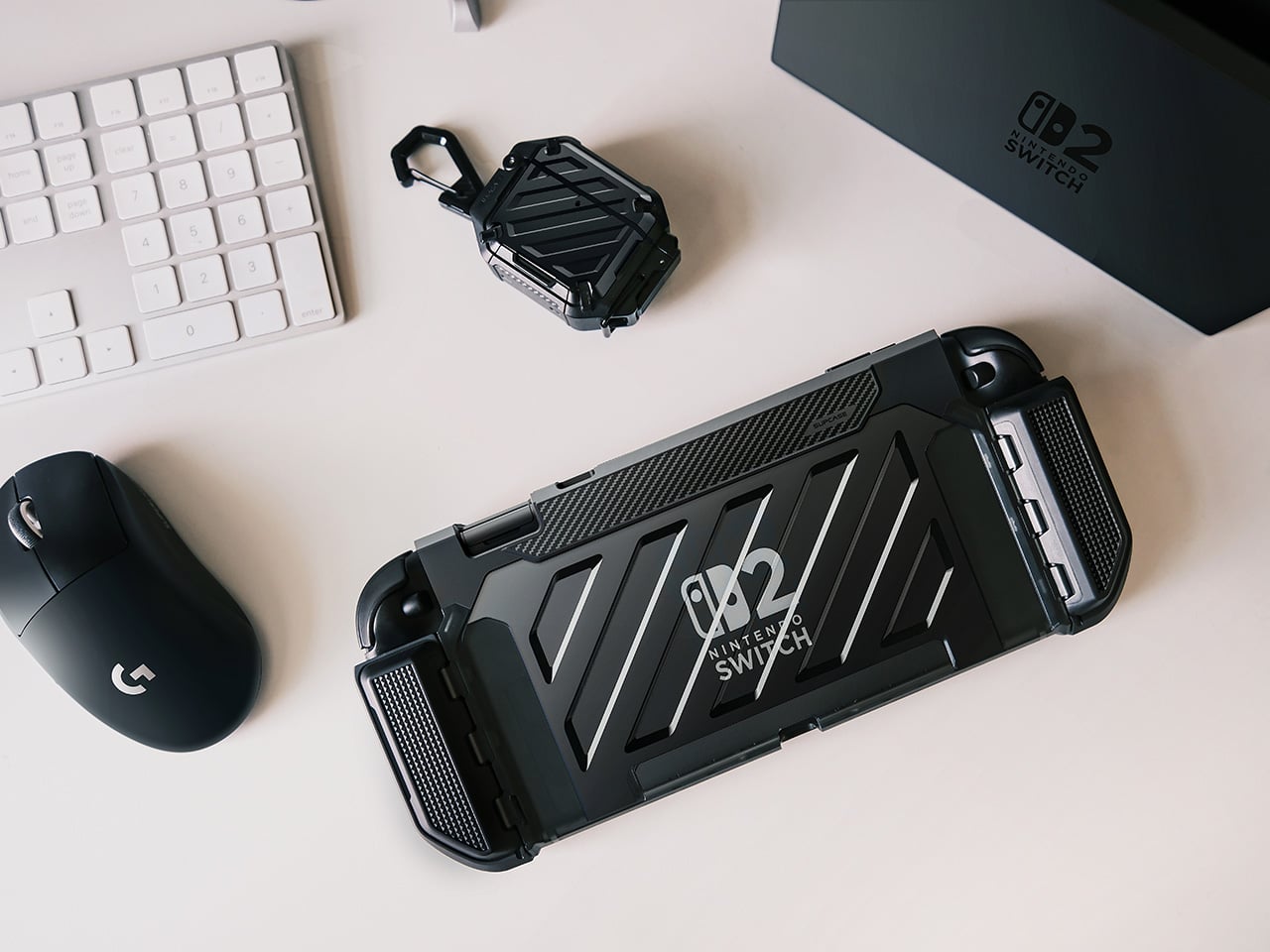
Phones and earbuds are one thing, but gaming hardware presents an entirely different set of protection challenges. The Nintendo Switch 2 is designed to be a hybrid console, which means it’s constantly moving between docked play and handheld mode, getting tossed into bags, handled by multiple people, and exposed to more physical stress than most mobile devices. The UB Pro case for the Switch 2 addresses these concerns head-on with a dual-layer construction of shock-absorbing TPU and rigid polycarbonate. It’s built to military-grade MIL-STD-810G 516.6 standards, which means it can handle the kind of drops and impacts that come with portable gaming. A 2.5mm raised bezel around the screen provides an extra buffer against scratches and direct impacts when the console is laid flat or dropped face-down.
One of the smarter design decisions here is the dock compatibility. The case is engineered to fit in the official Switch 2 dock without needing to be removed, which eliminates the annoying ritual of stripping off protection every time you want to play on a TV. The Joy-Con sections feature a breakaway magnetic design that makes attaching and detaching controllers seamless, and the material is soft enough to avoid scratching the console or controllers during repeated use. The case adds around 139 grams of weight, which sounds like a lot on paper but is well-distributed across the larger form factor of the console. It uses Bayer eco-friendly polycarbonate from Germany, which resists yellowing and fingerprints better than cheaper plastics. The one trade-off is that the case covers the Switch 2’s built-in kickstand, so tabletop mode requires removing the case or using a separate stand.
Why We Recommend It
At 32% off, this is the deepest discount in the entire sale, and it’s applied to a product category where quality protection options are still relatively scarce. The Switch 2 is new enough that many third-party accessory makers haven’t fully caught up yet, which makes SUPCASE’s early entry into the market particularly valuable. The combination of military-grade drop protection and full dock compatibility solves the two biggest pain points for handheld console cases. Most protective cases force you to choose between safety and convenience, but the UB Pro manages to deliver both. For anyone planning to use their Switch 2 as an actual portable device rather than a stationary console, this level of protection at this price point is hard to pass up.
Click Here to Buy Now: $24.29 $28.99 (16% off). Hurry, deal ends in 48-hours!
SUPCASE Switch 2 Carrying Case (30% Off)

Once you’ve wrapped your Switch 2 in a protective case, the next logical question is how to transport the whole setup. Portable consoles generate their own ecosystem of accessories, from extra Joy-Cons to charging cables to a growing stack of game cartridges, and all of that needs to go somewhere when you’re on the move. SUPCASE’s carrying case is designed around the reality of how people actually use the Switch 2, with custom-molded compartments that hold the console securely (even with a case like the UB Pro still attached), separate sections for Joy-Cons and cables, and dedicated slots for up to 12 game cartridges. The interior uses elastic straps to keep everything locked in place during transport, preventing the kind of rattling and shifting that can damage ports or scratch screens over time.
The exterior shell is built from hard EVA material that offers military-grade impact resistance, a claim that’s backed up by the same kind of testing standards SUPCASE applies to their phone cases. The case features premium YKK zippers, which is a detail that matters more than it might seem. Cheap zippers are a common failure point on travel cases, and YKK’s reputation for smooth, durable operation means you’re not going to be fighting with stuck teeth or worrying about catastrophic zipper failure mid-trip. It includes a dual-purpose handle that can be used as a top carry or detached and converted into a shoulder strap, which adds flexibility depending on how you’re traveling. The overall footprint is compact enough to fit inside a backpack or carry-on without taking up excessive space, but spacious enough to accommodate the console plus all the essential accessories.
Why We Recommend It
The 12% discount with the coupon code is modest compared to some of the other deals in this sale, but the real value here is in solving a problem that most Switch 2 owners will eventually face. If you’re treating your console as a genuinely portable device, you need a reliable way to carry it that doesn’t involve just tossing it into a bag and hoping for the best. This case is designed to work with the UB Pro case still on the console, which means you’re not forced to strip off protection every time you want to pack it away. The 12-game cartridge capacity is also a thoughtful inclusion; physical game collectors know how quickly those tiny cards can scatter and disappear, and having dedicated slots keeps your library organized and accessible. At this price point, it’s a straightforward investment in keeping your entire gaming setup safe and organized during travel.
Click Here to Buy Now: $32.19 $45.99 (30% off). Hurry, deal ends in 48-hours!
The post The Best Black Friday Tech Protection Deals for iPhone 17, AirPods Pro 3, and Switch 2 (2025) first appeared on Yanko Design.
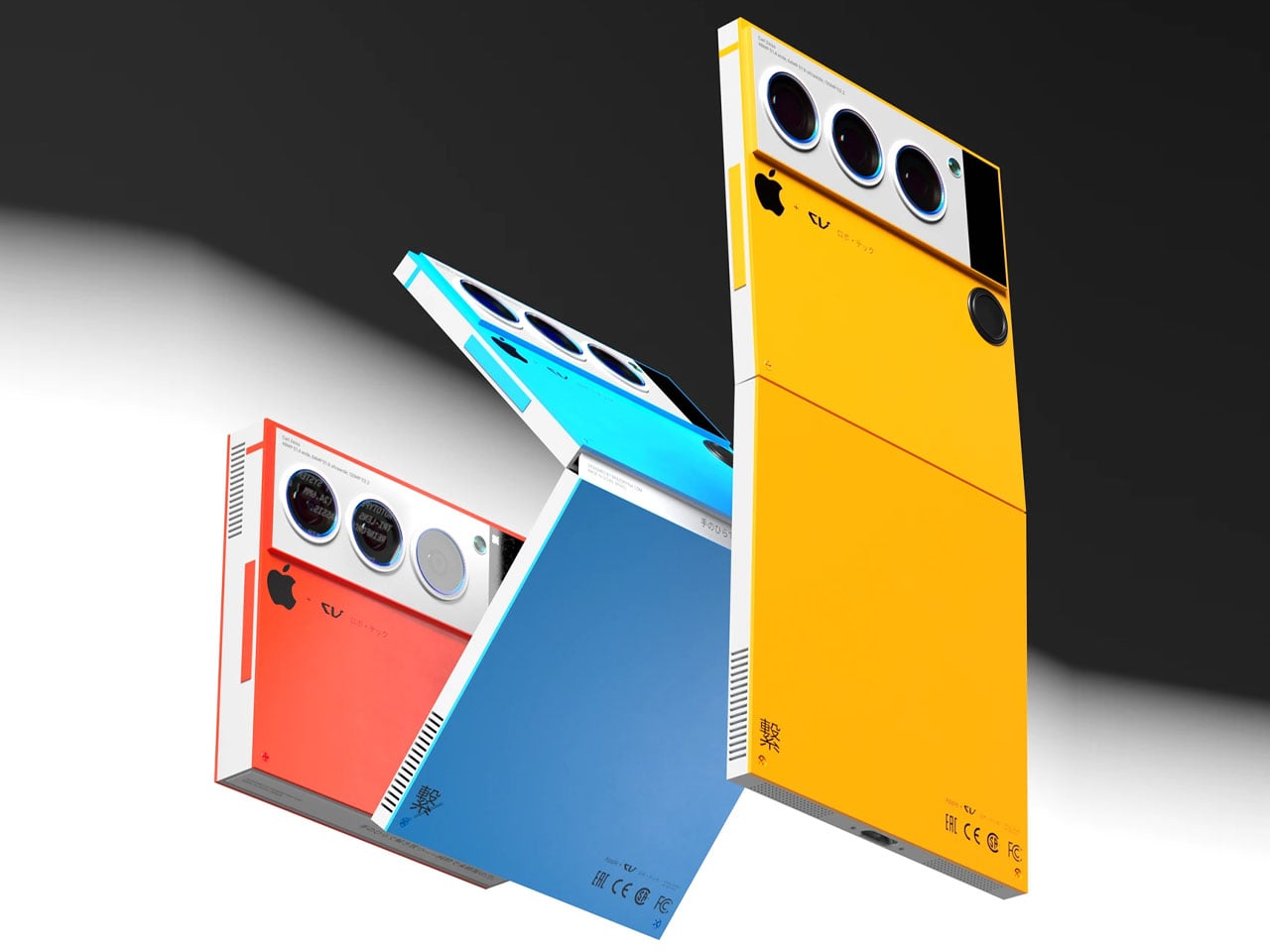
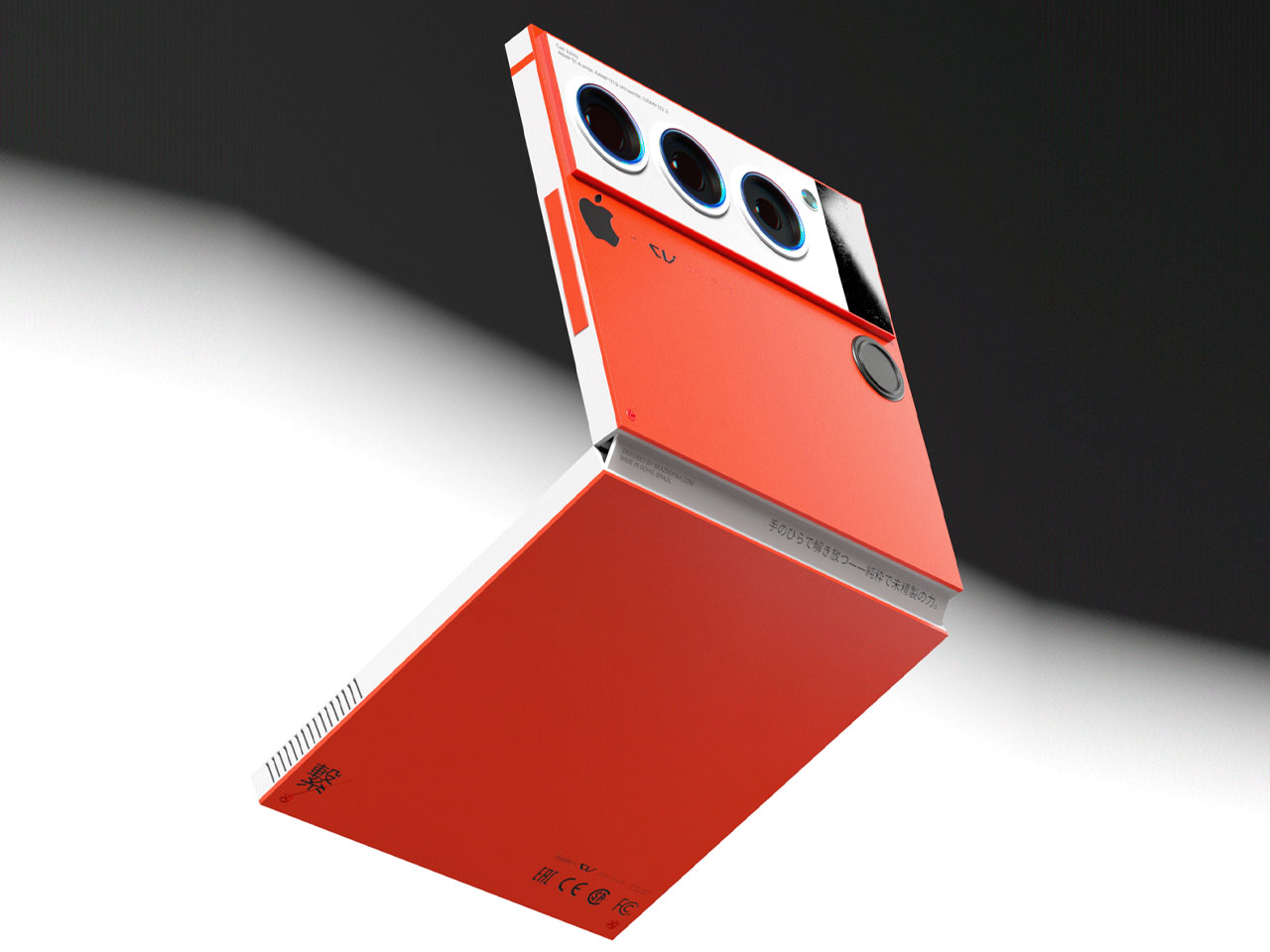
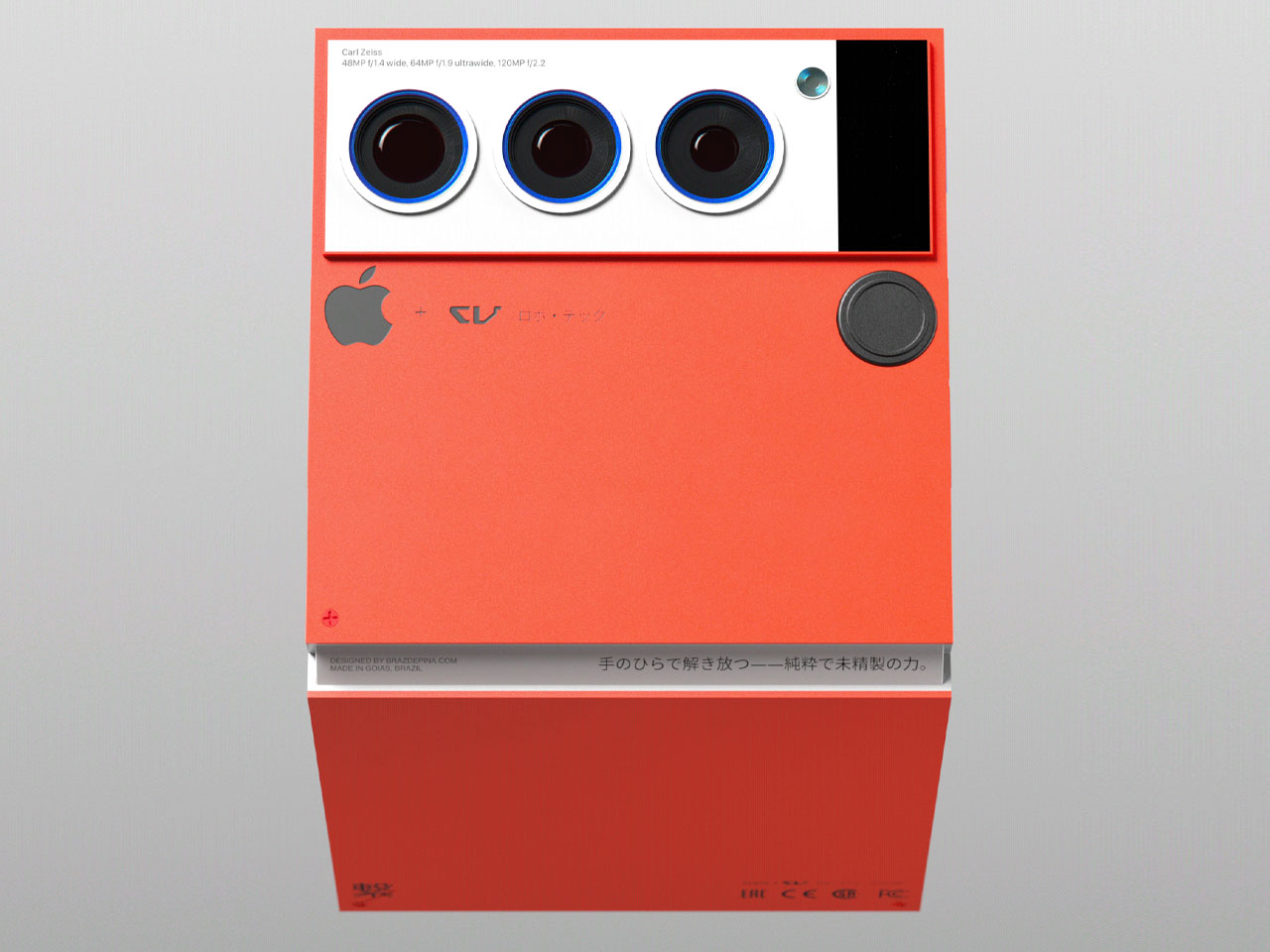
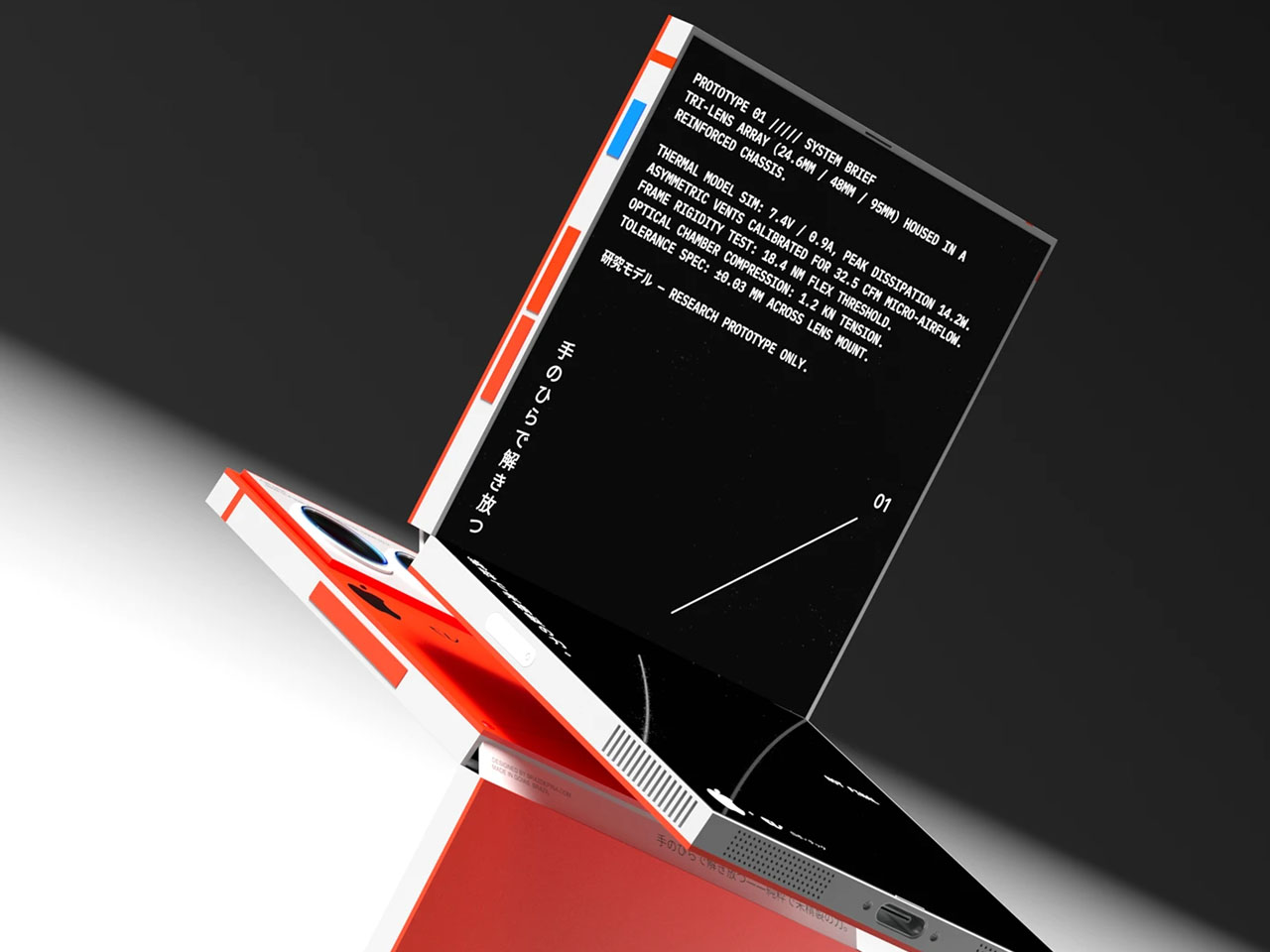
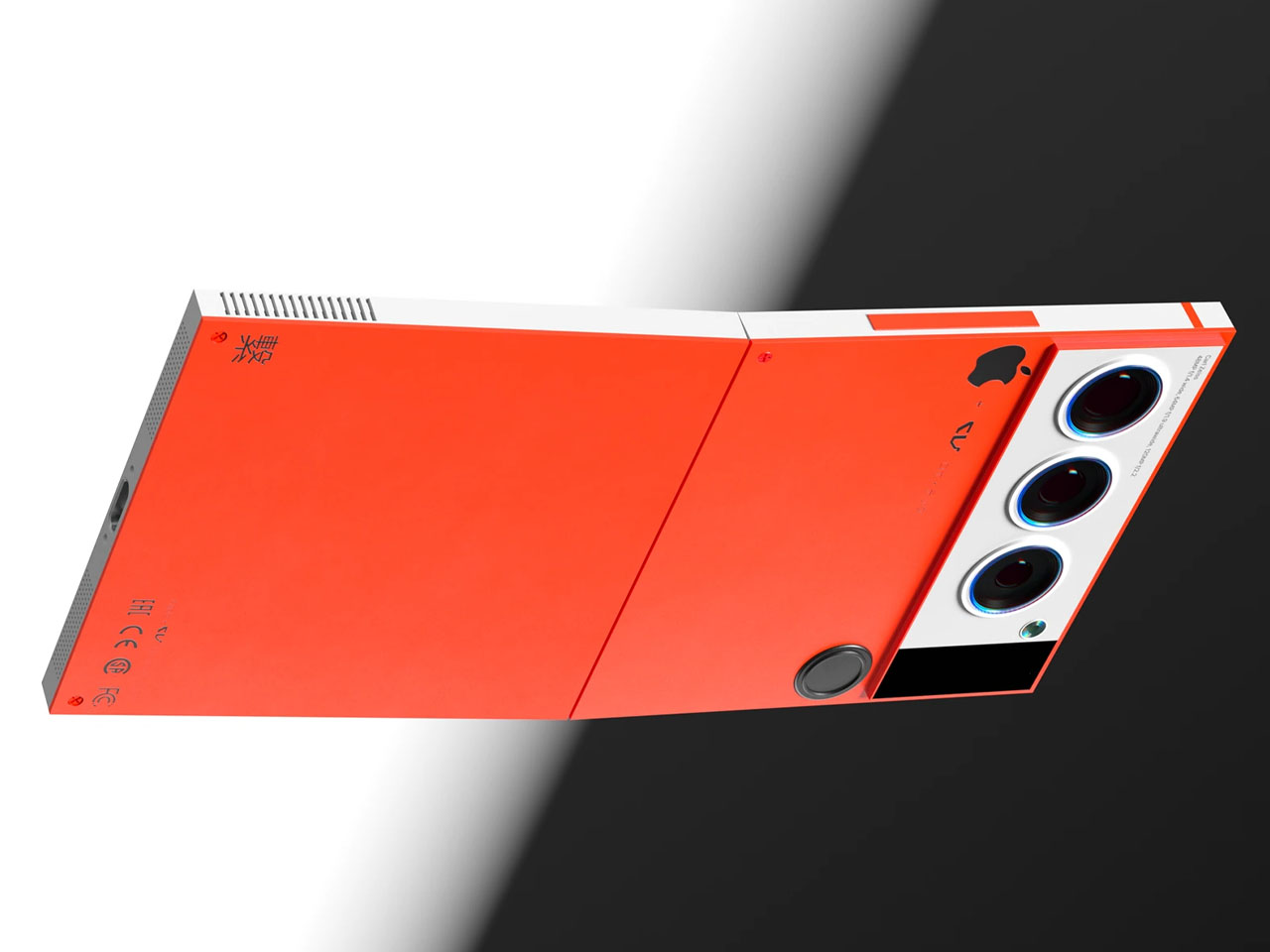
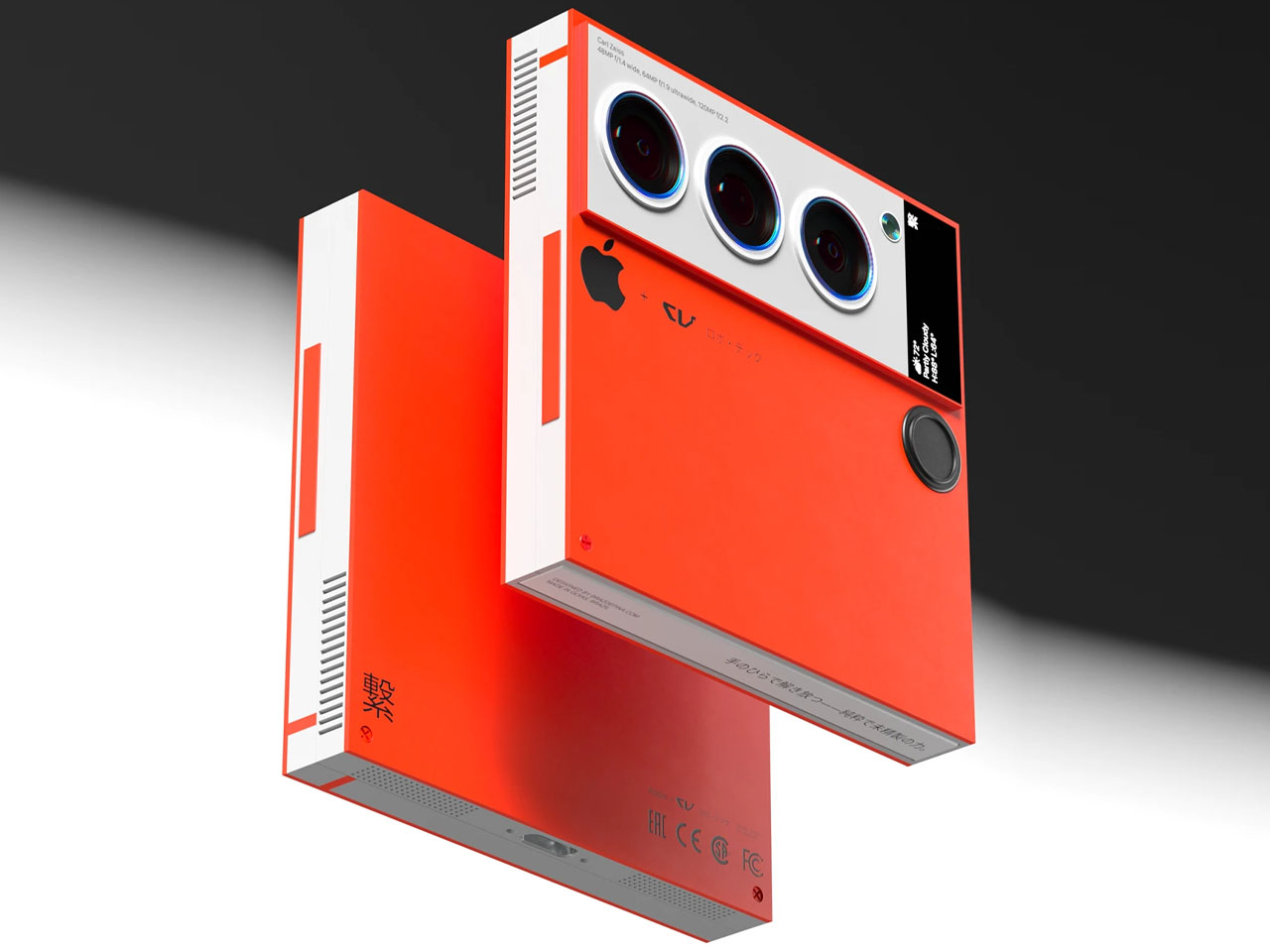
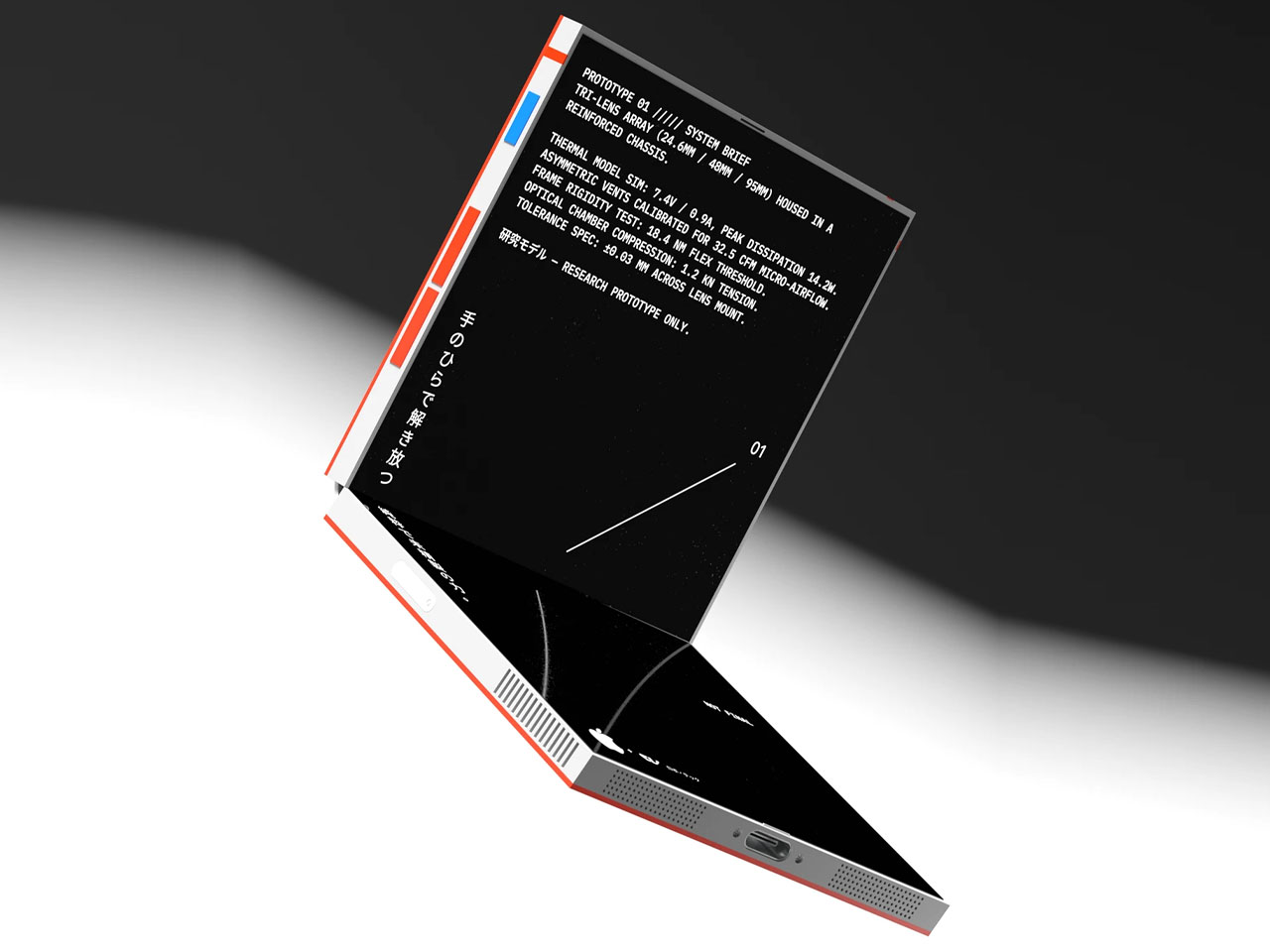
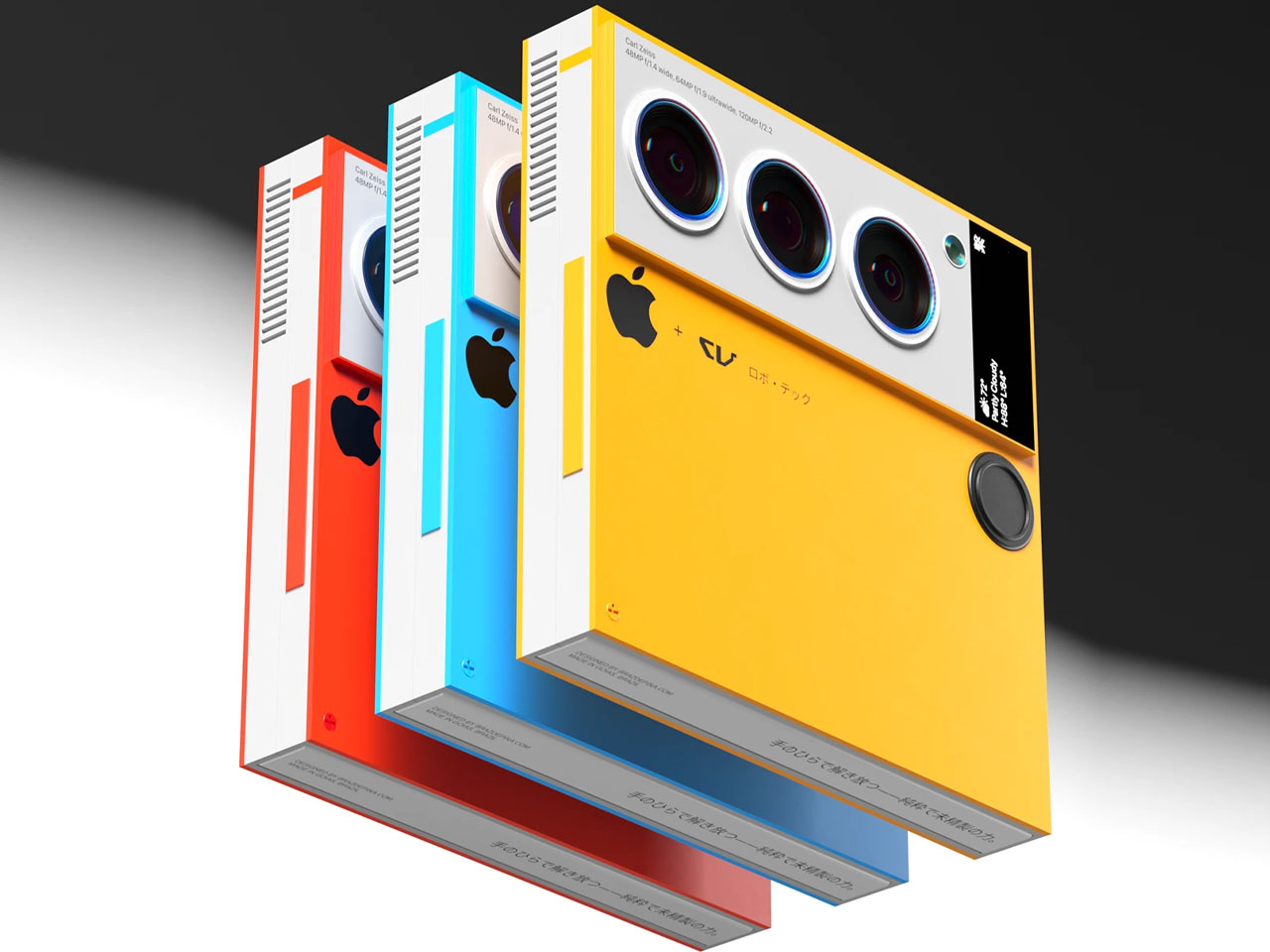
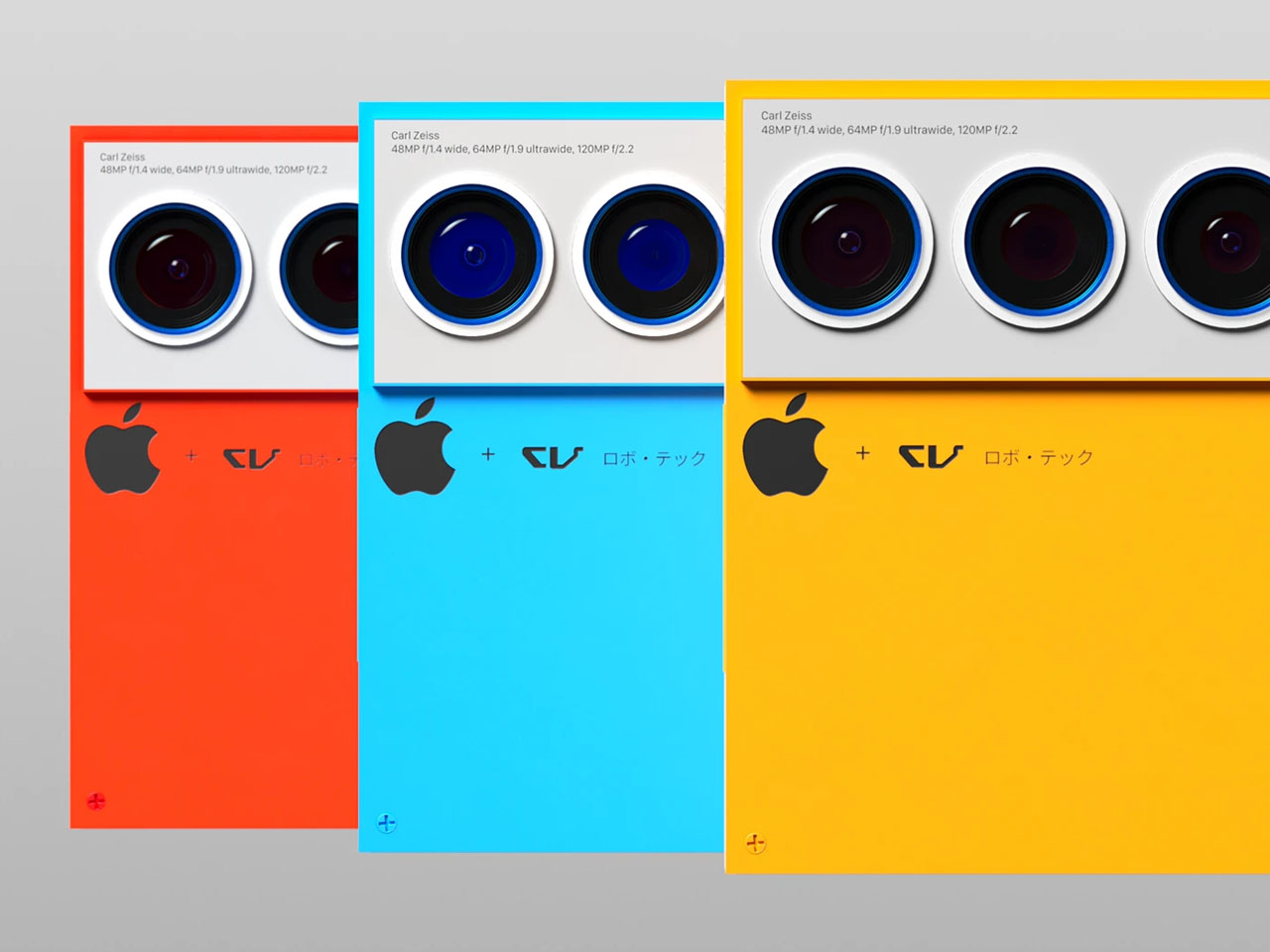
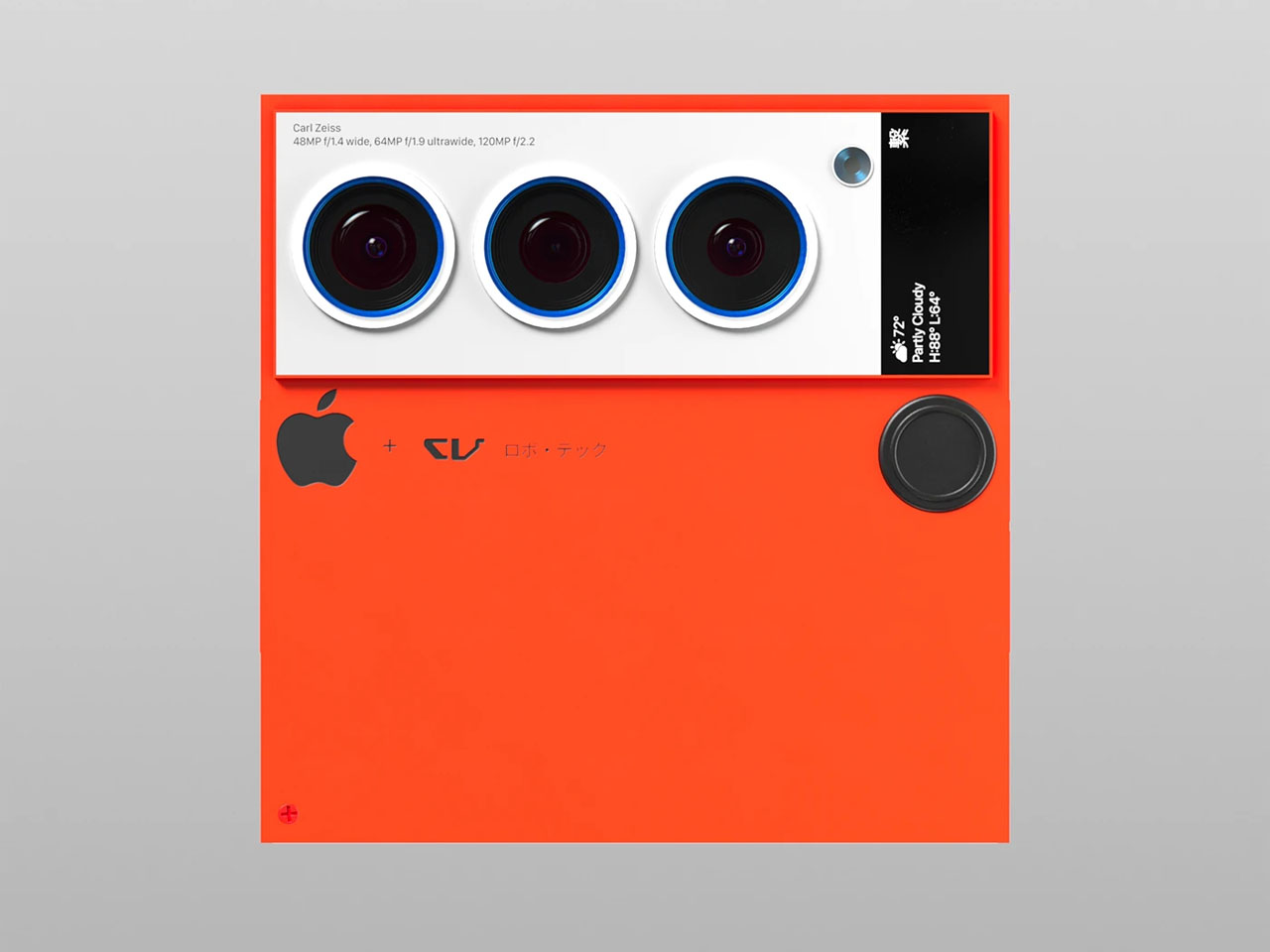








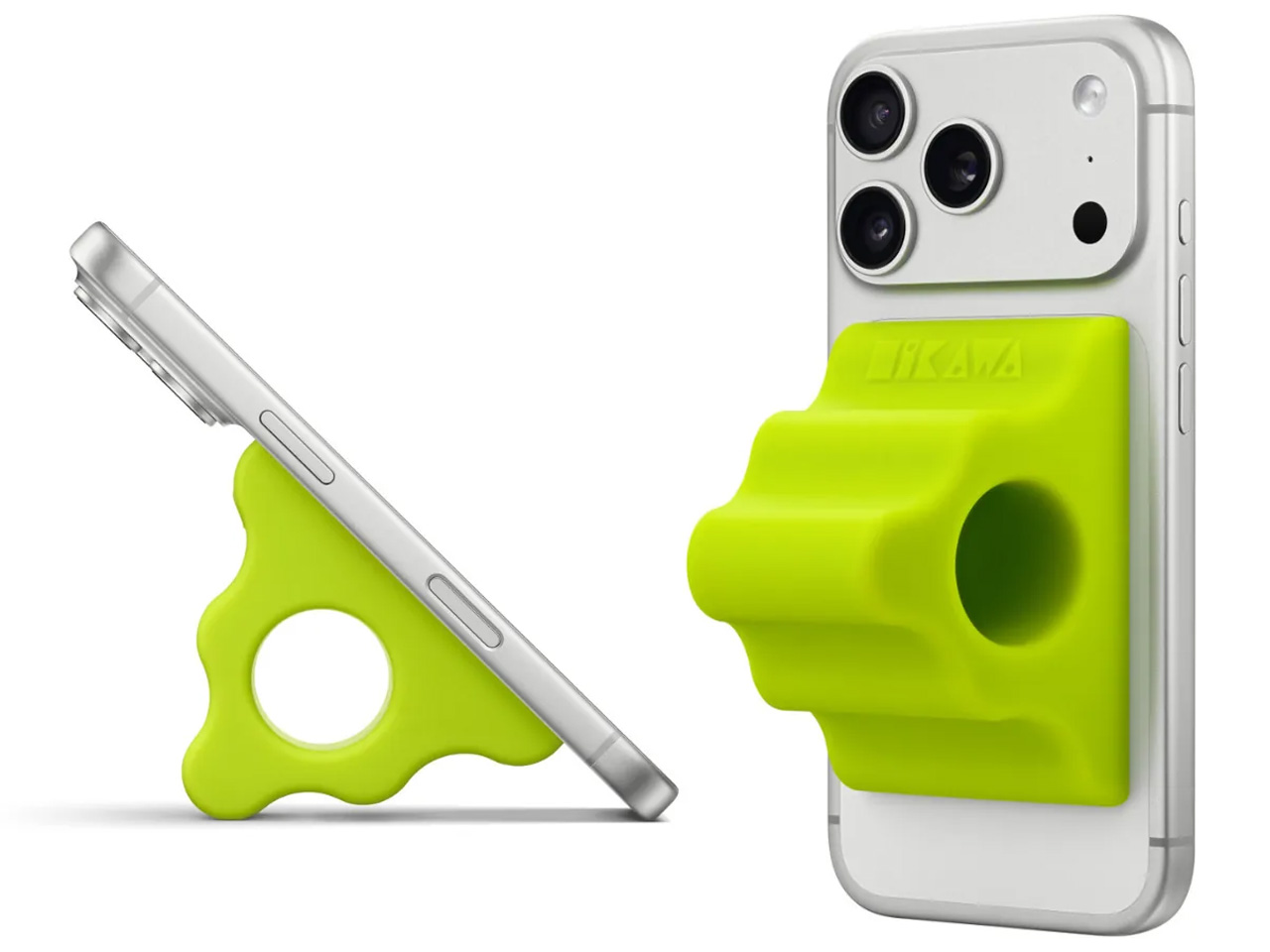
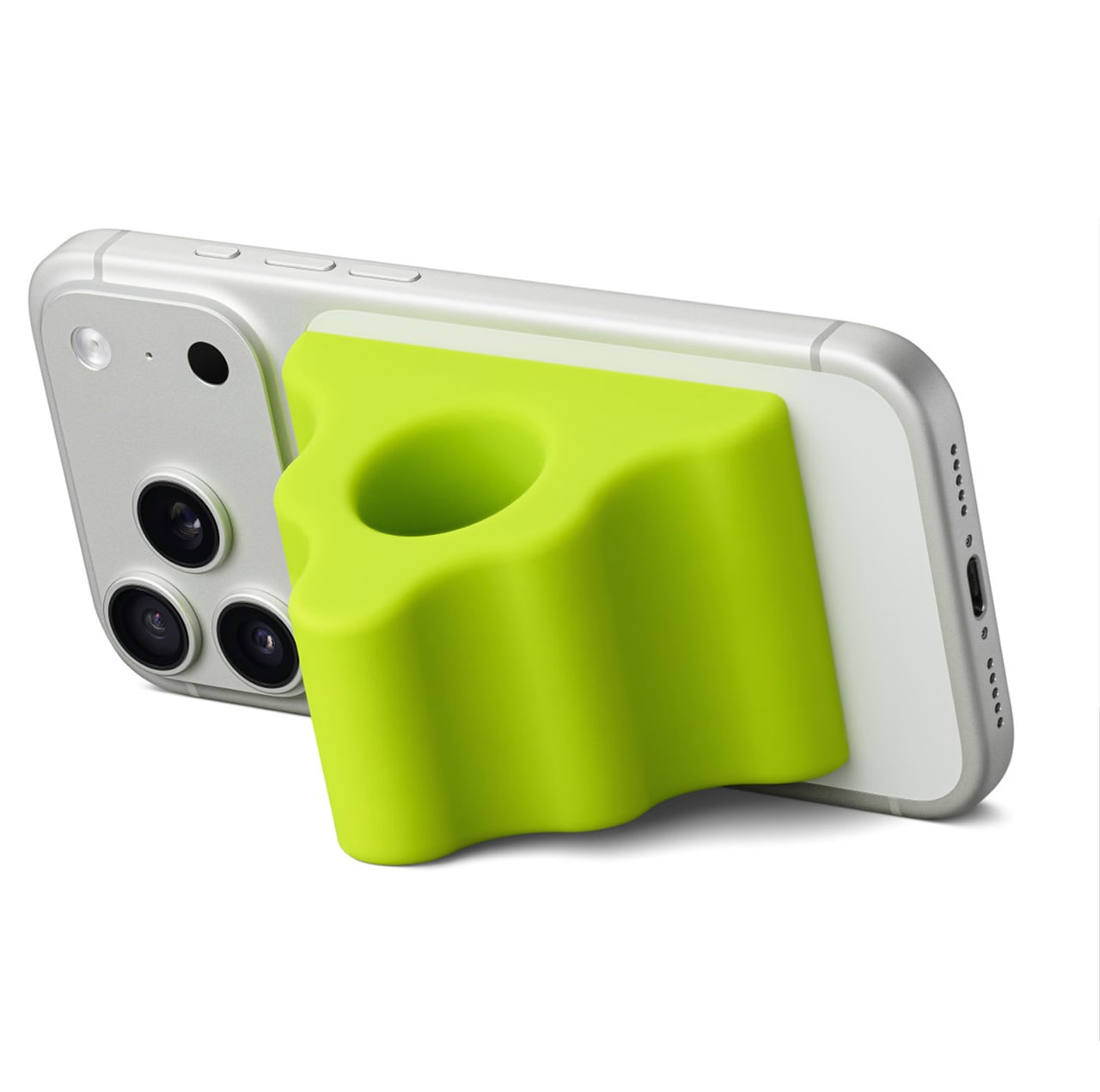
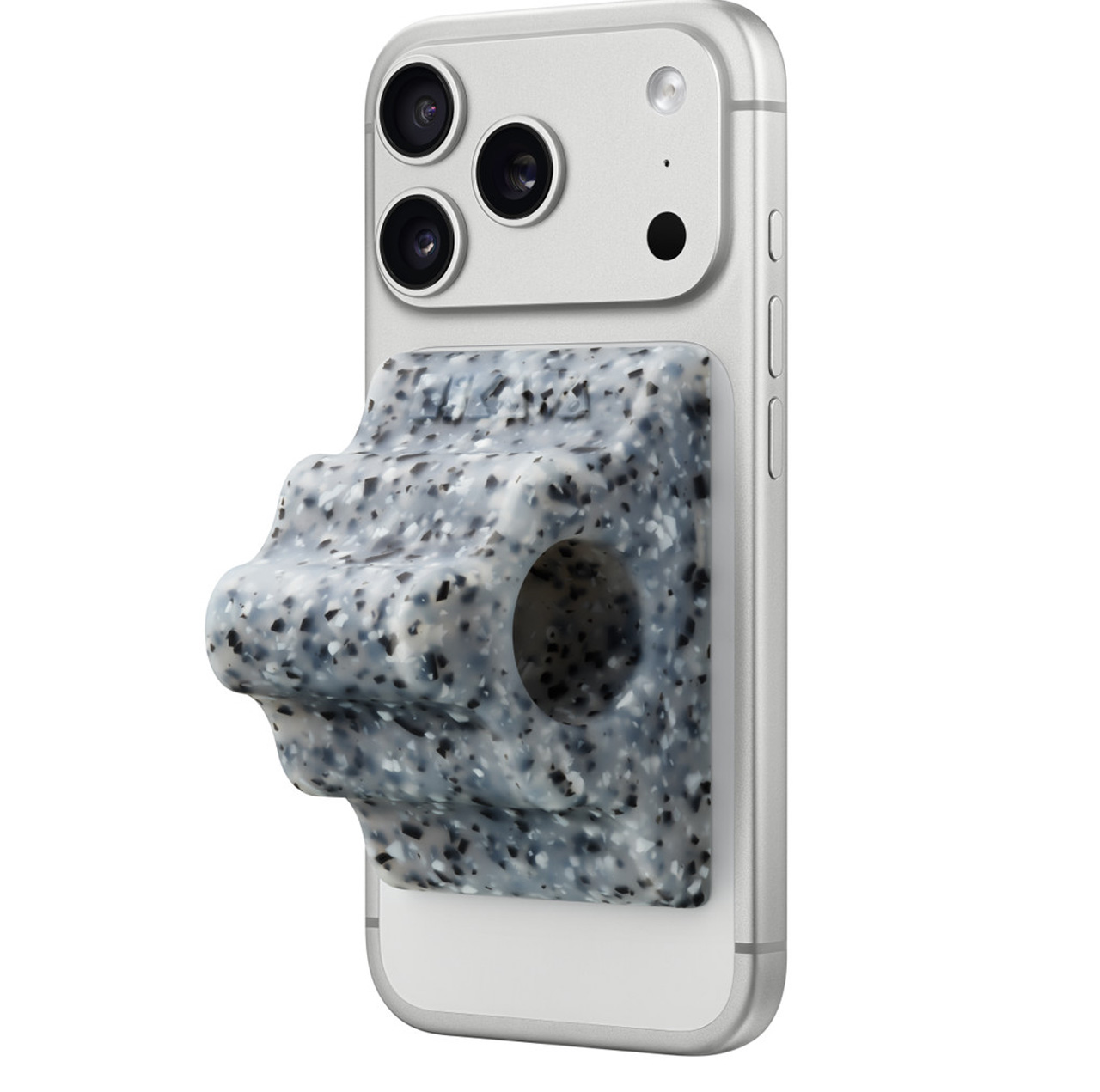
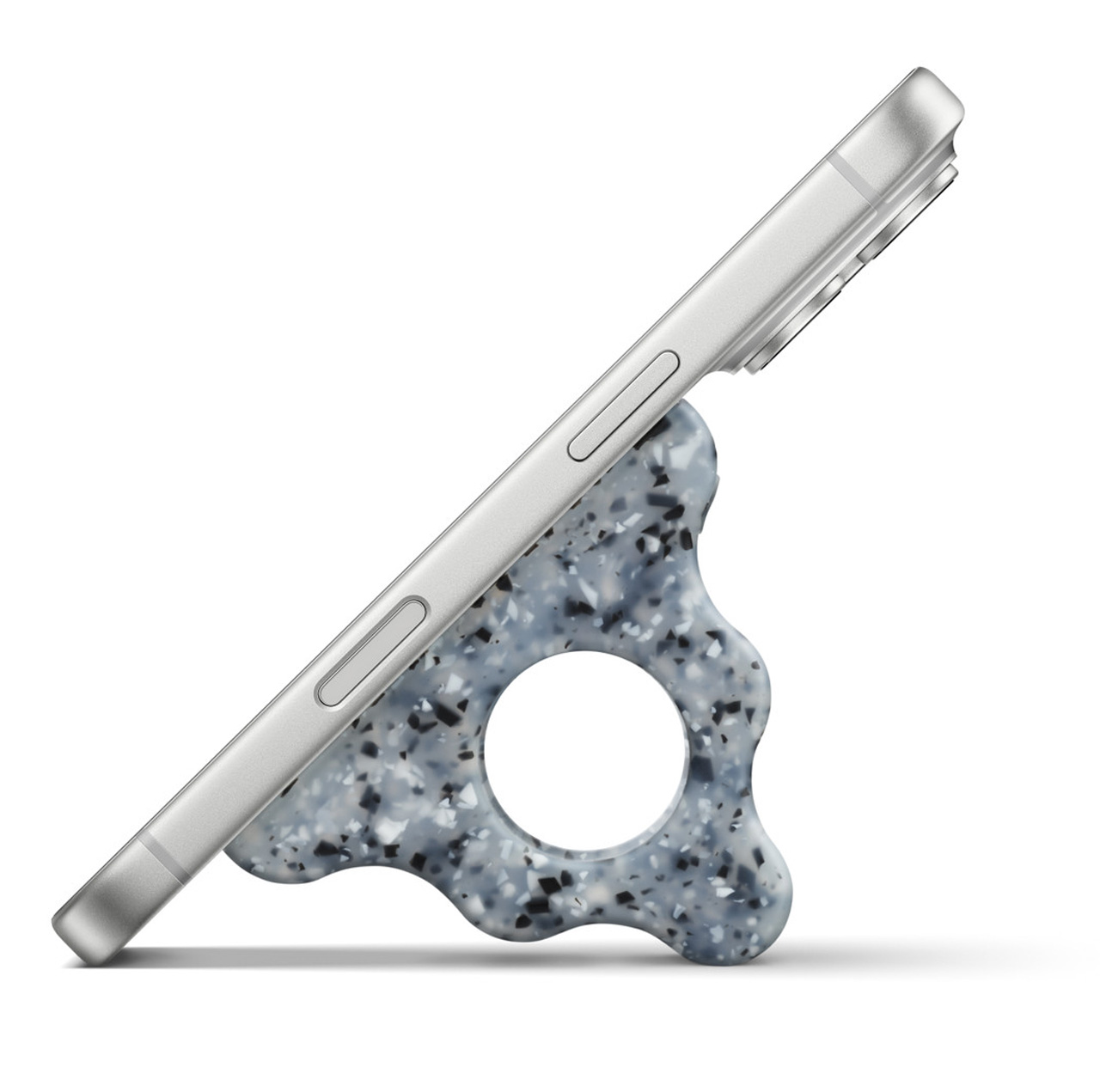
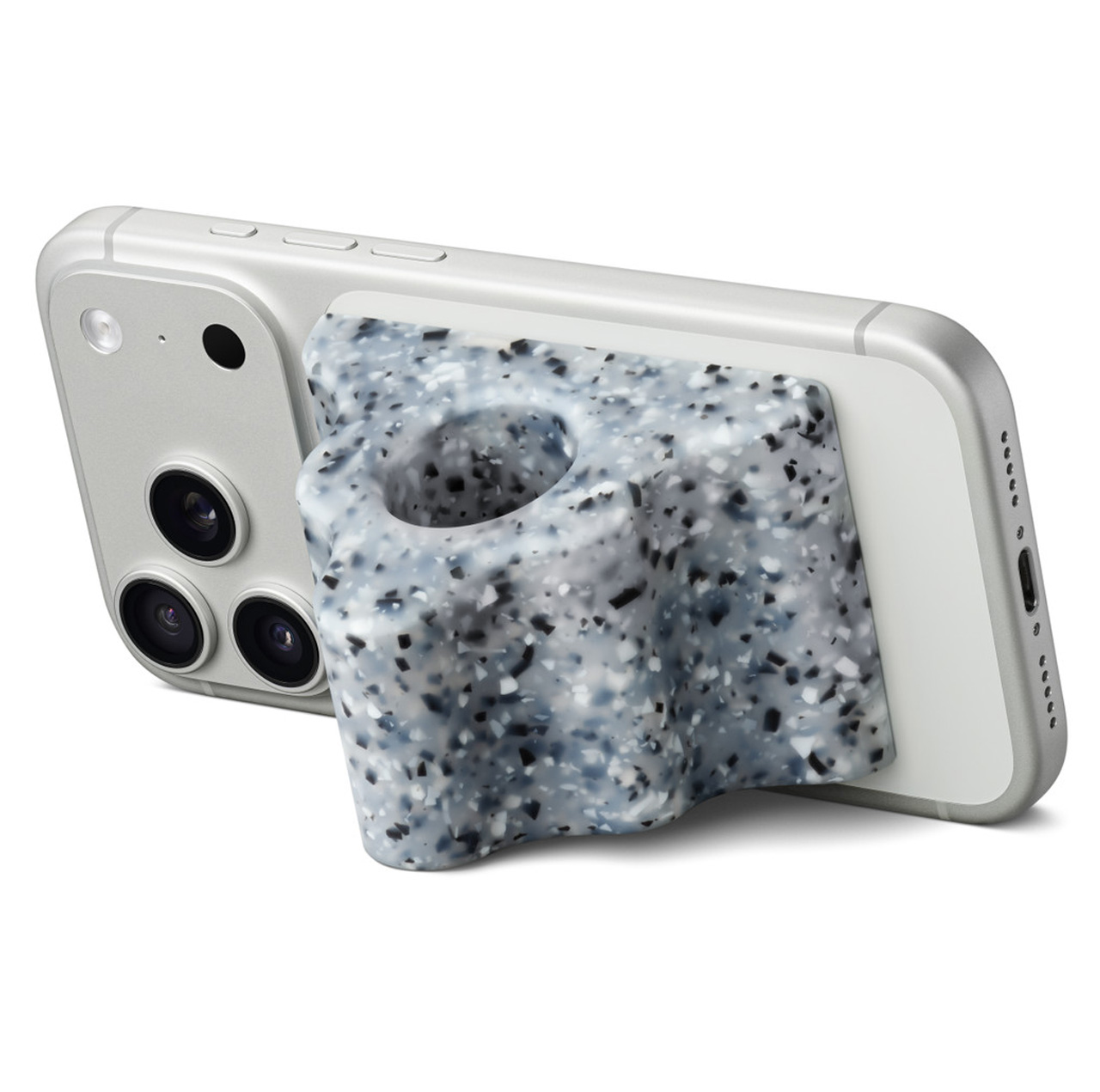

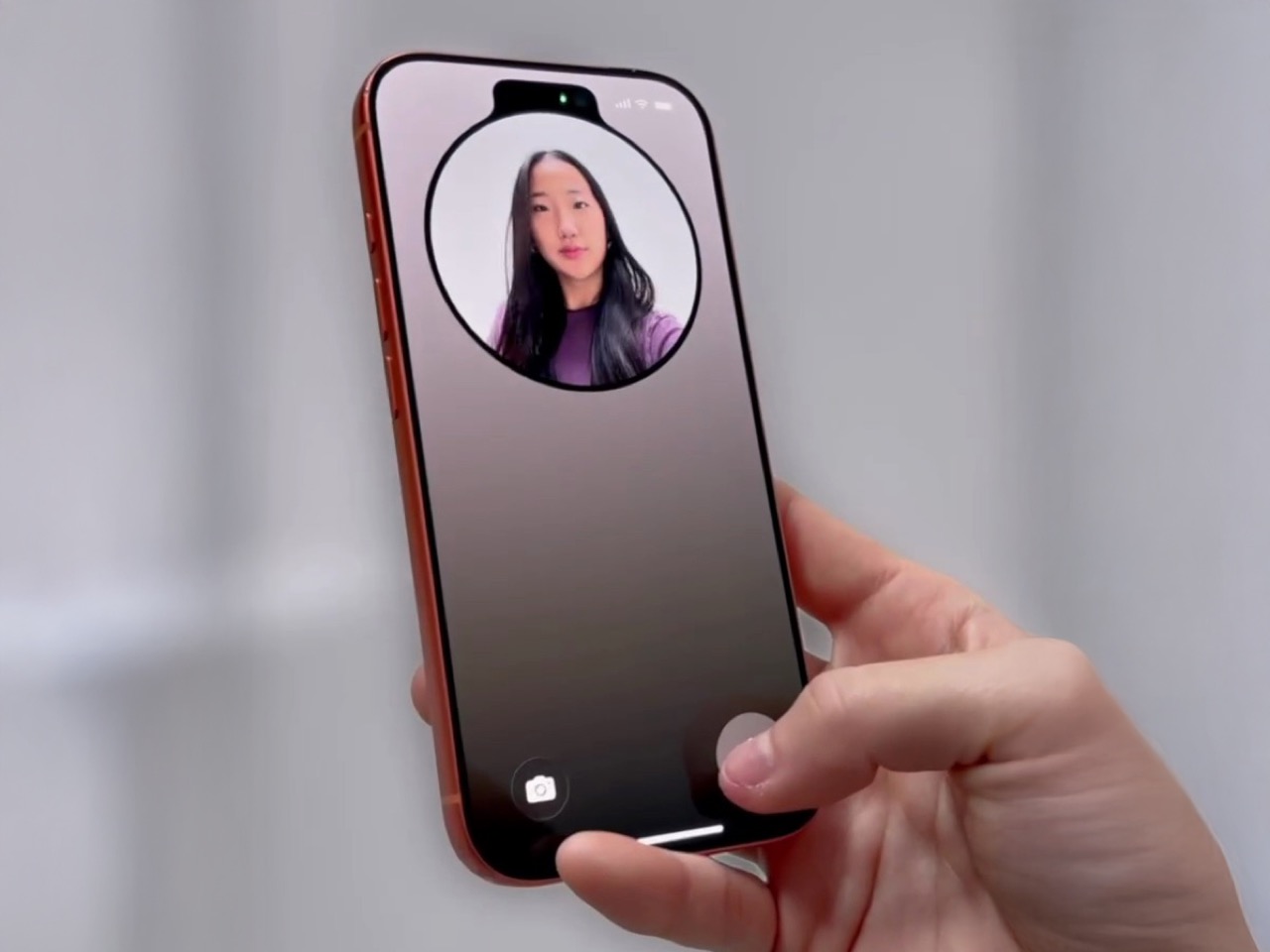
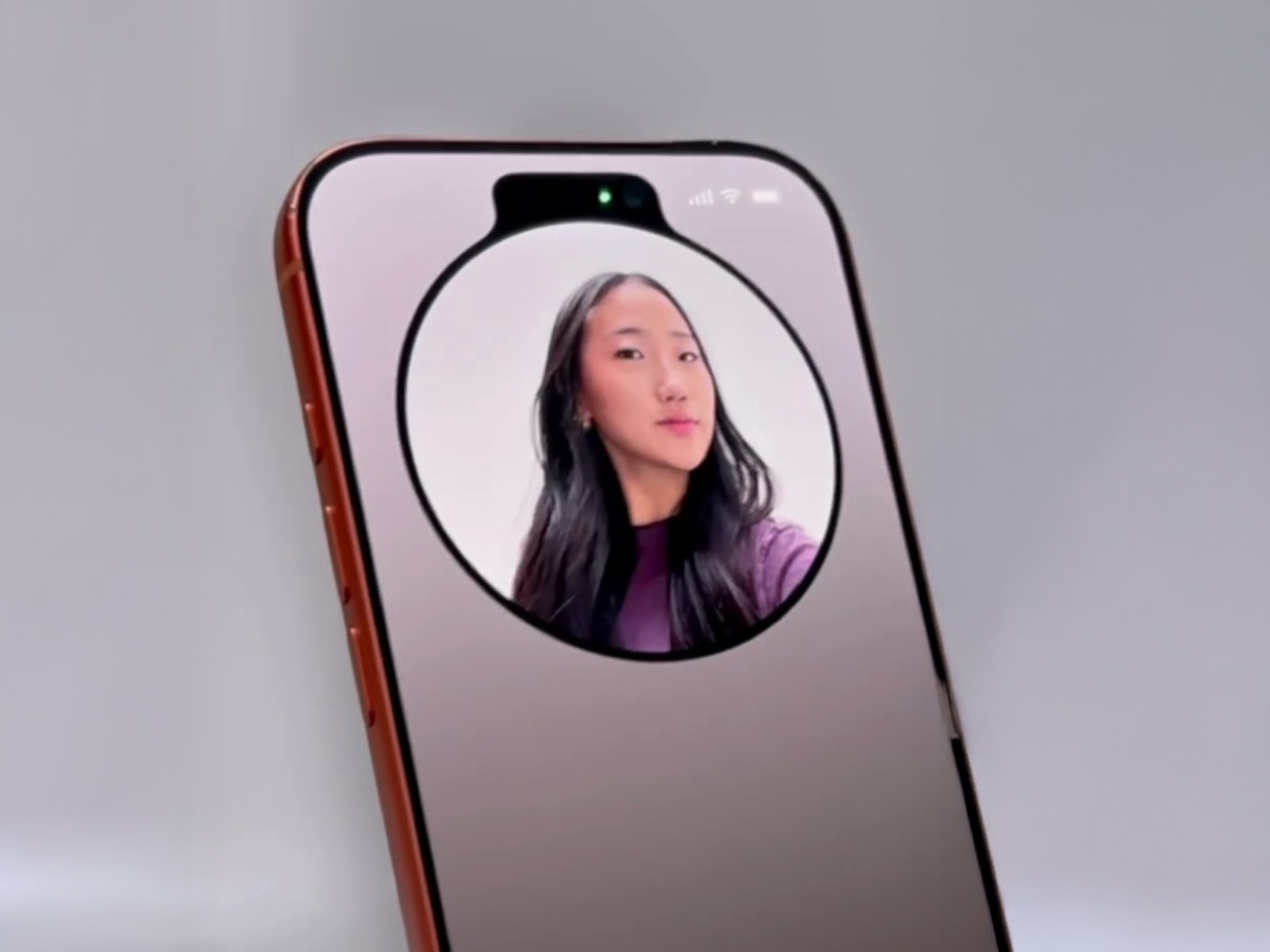
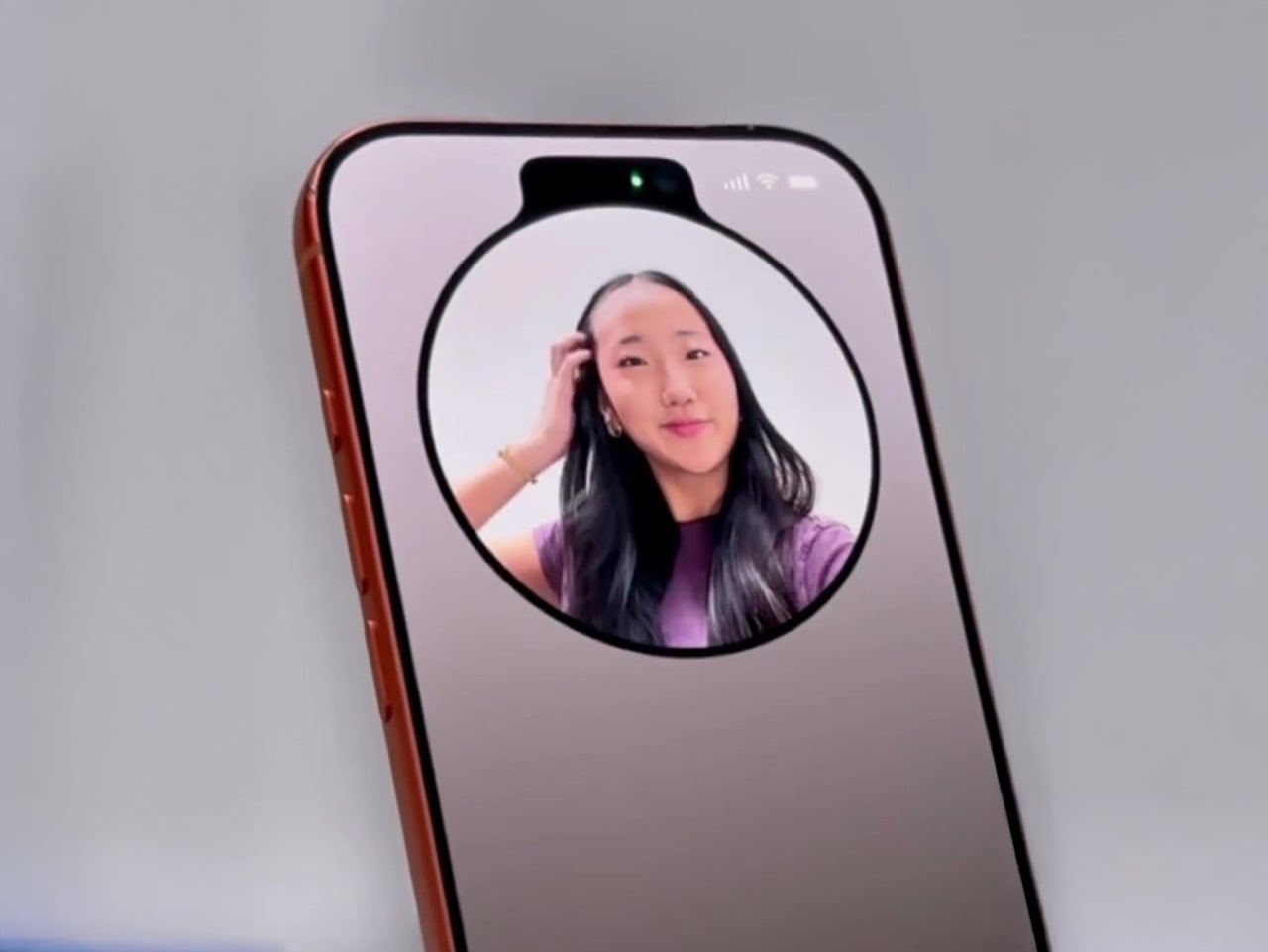
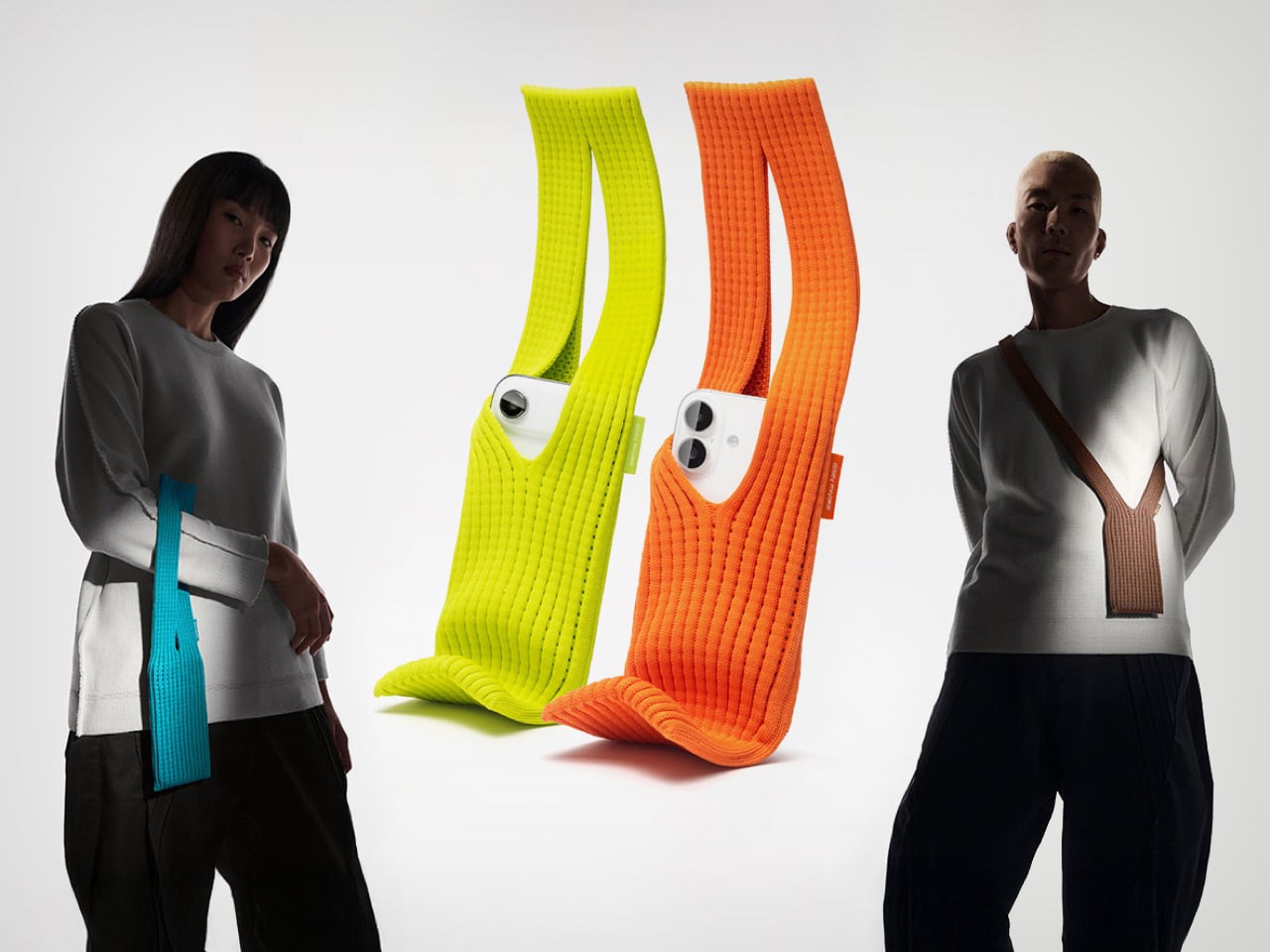
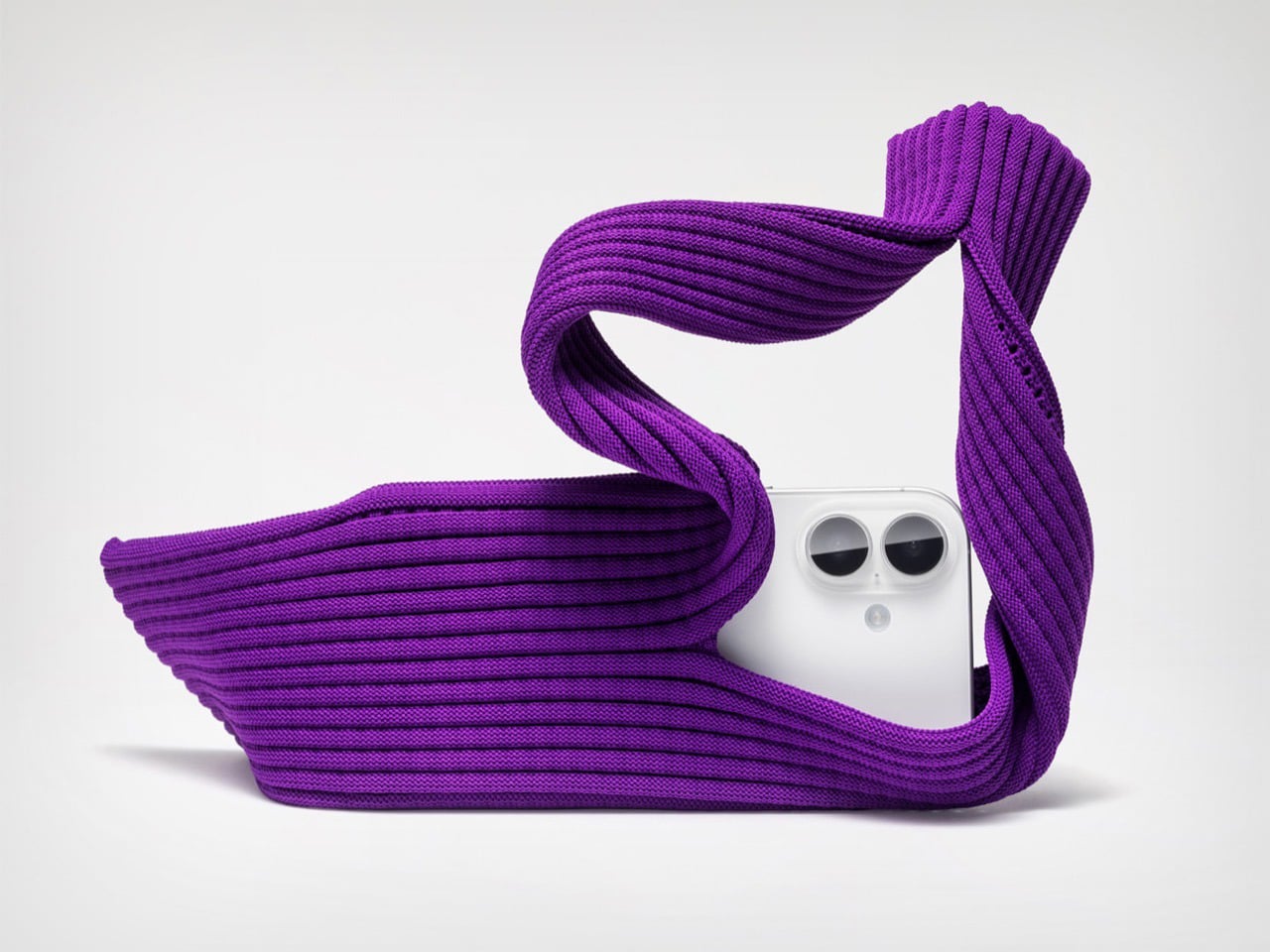
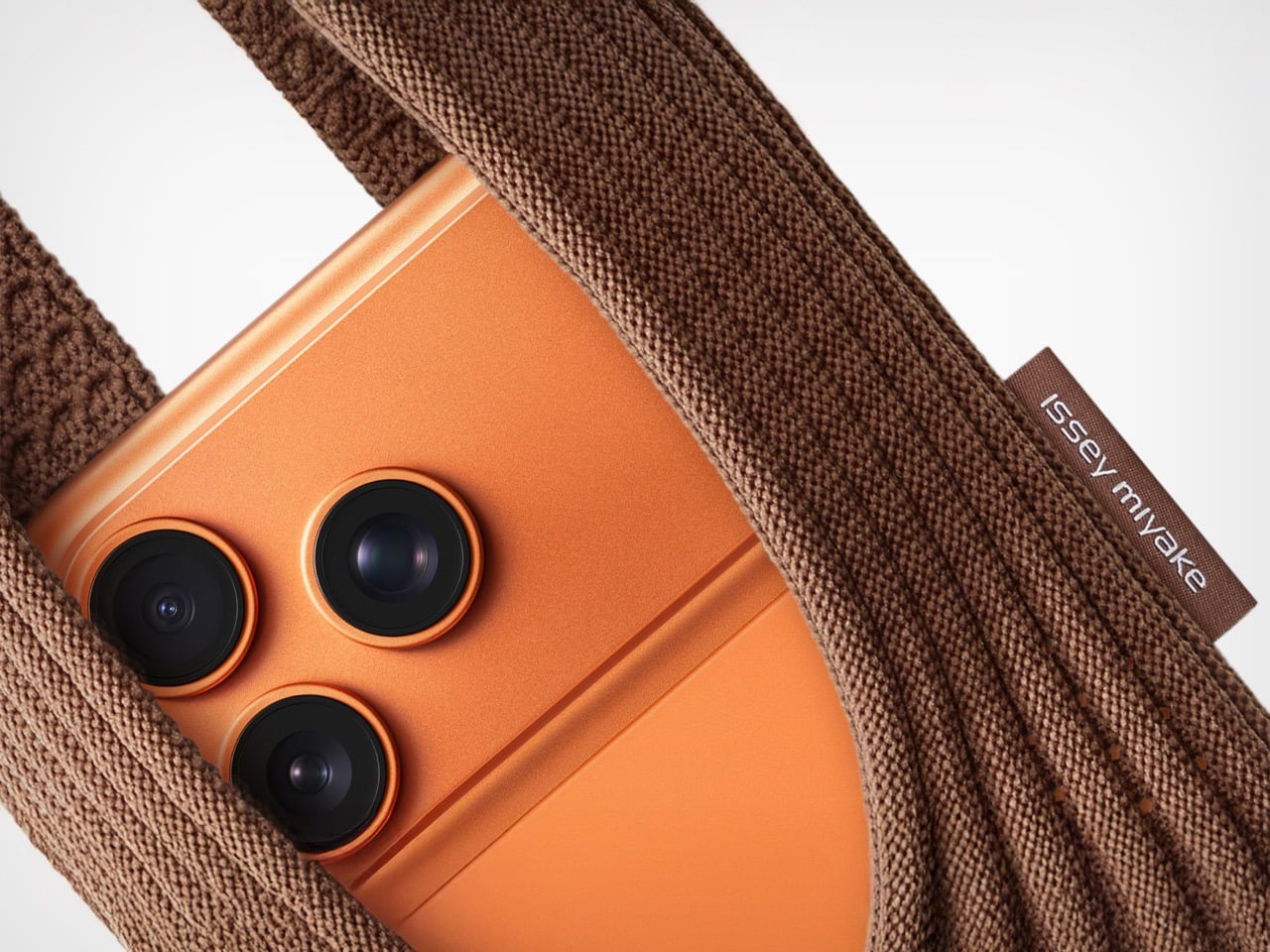
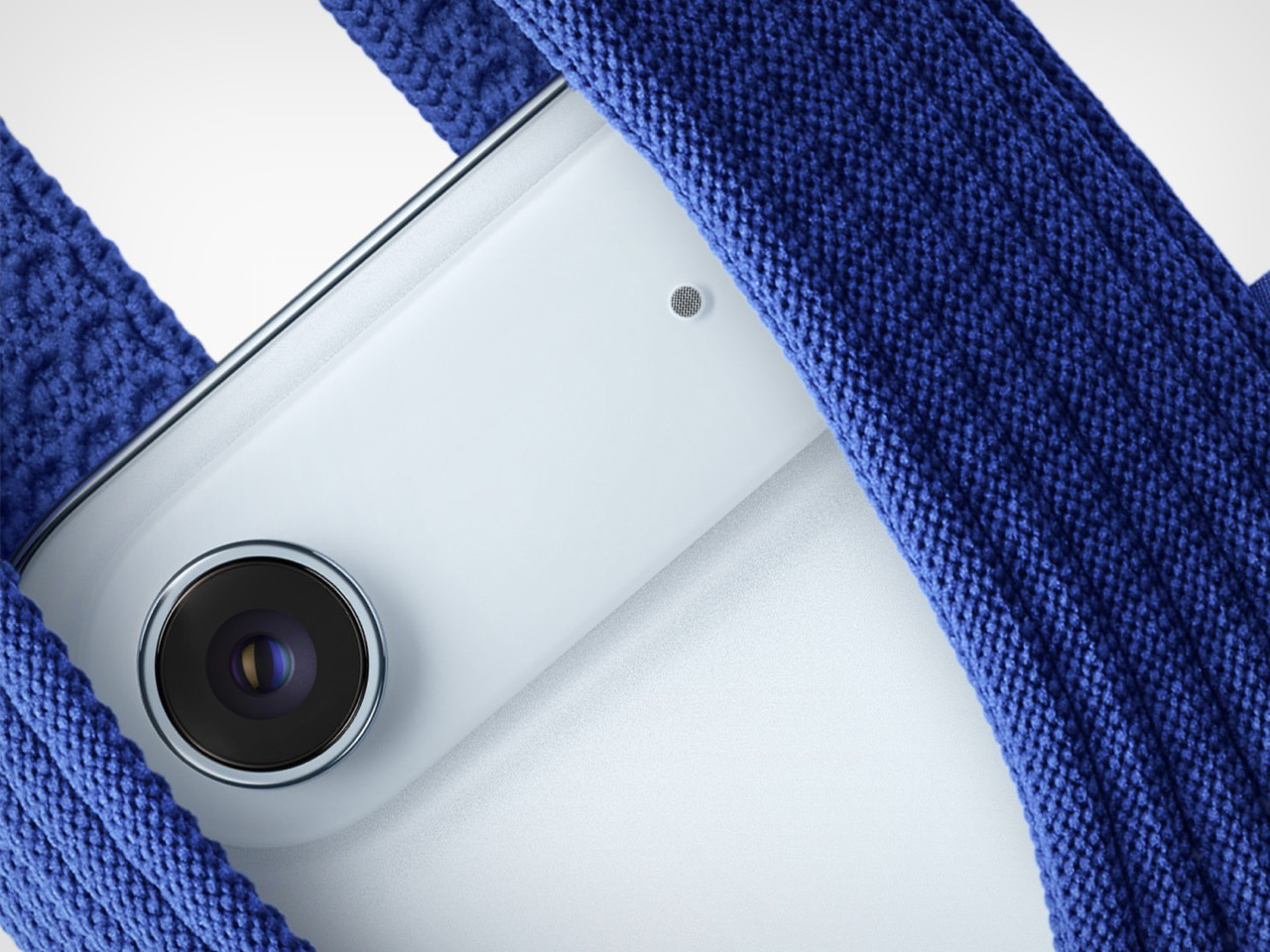
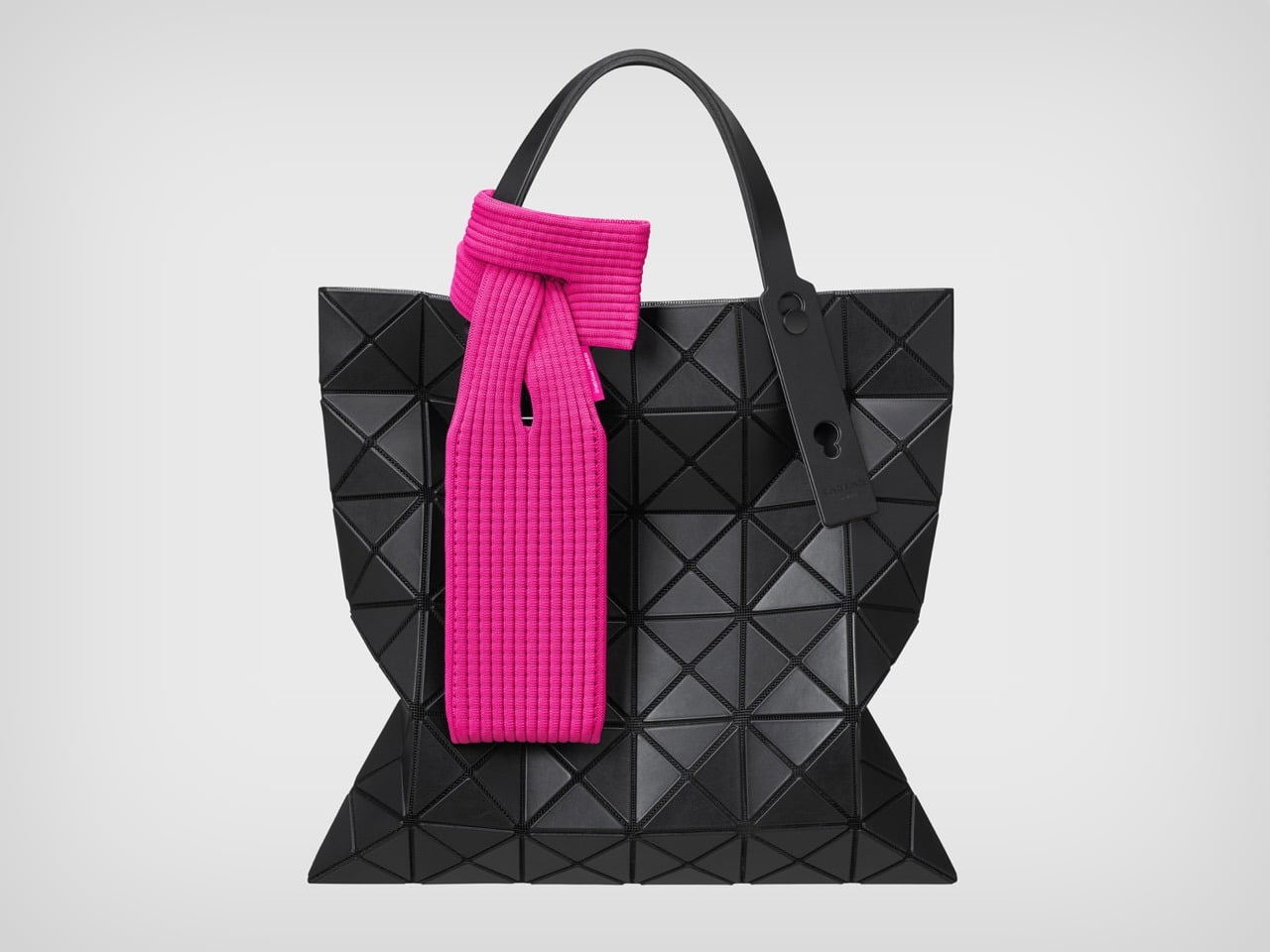
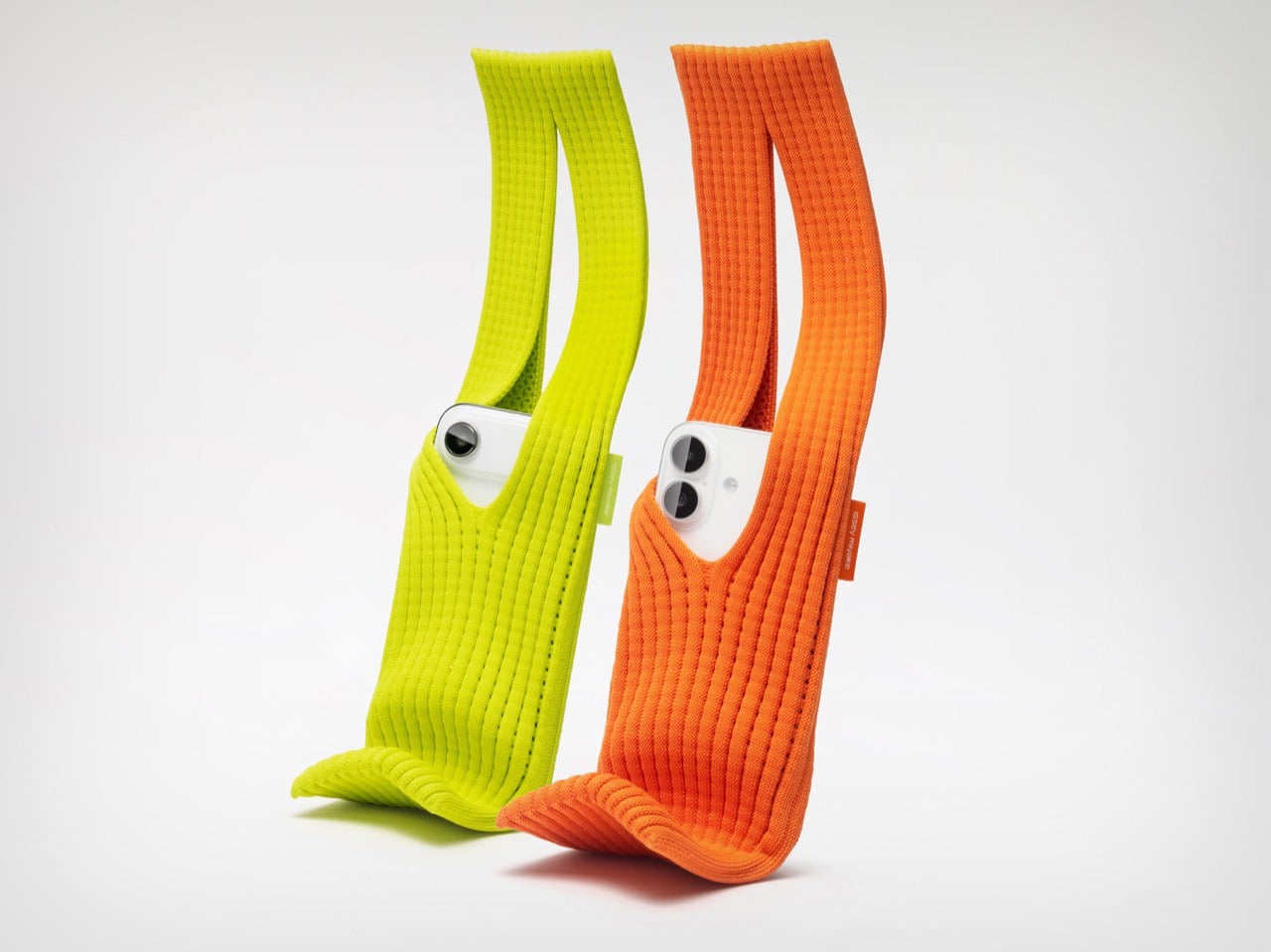
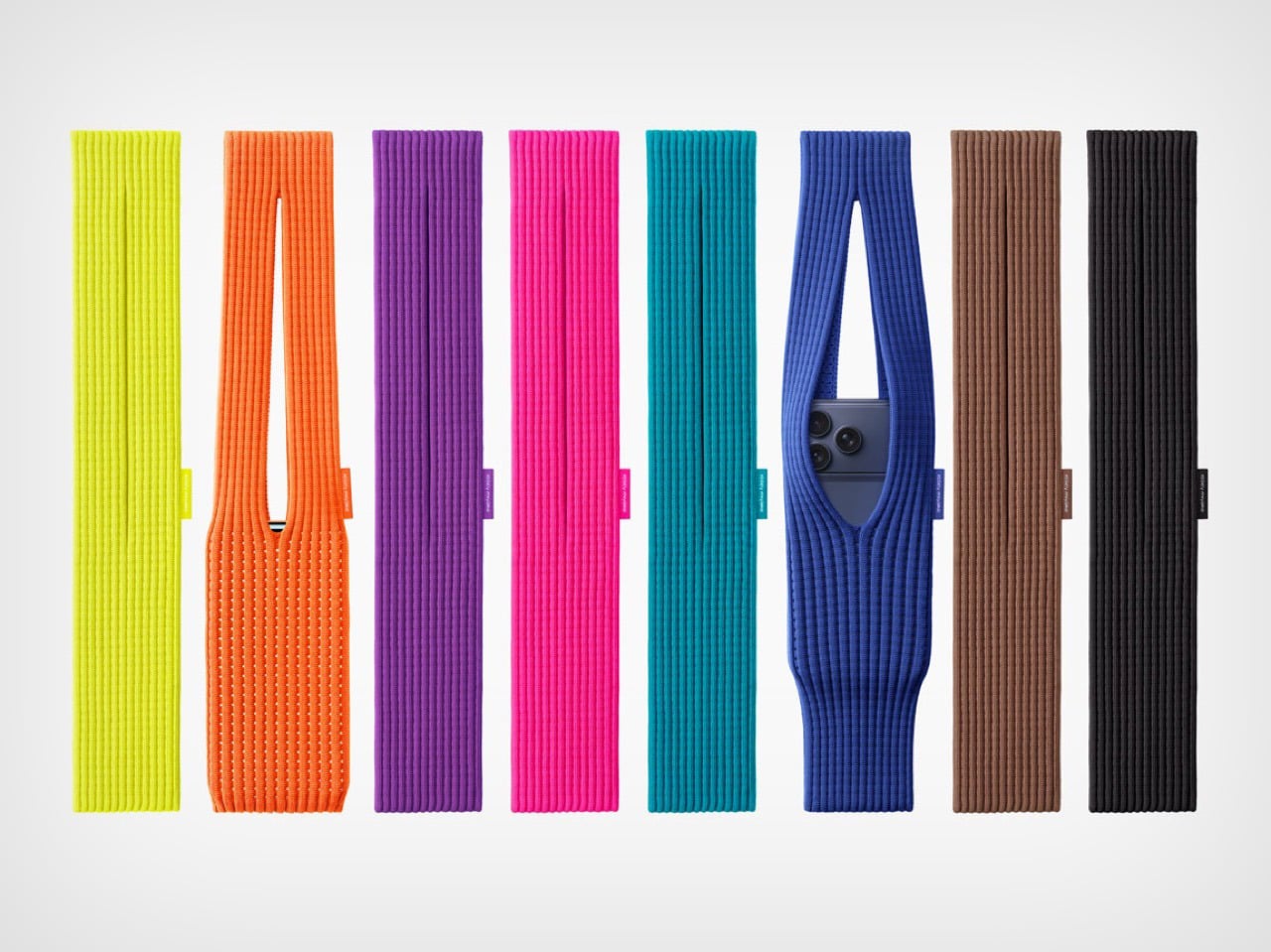
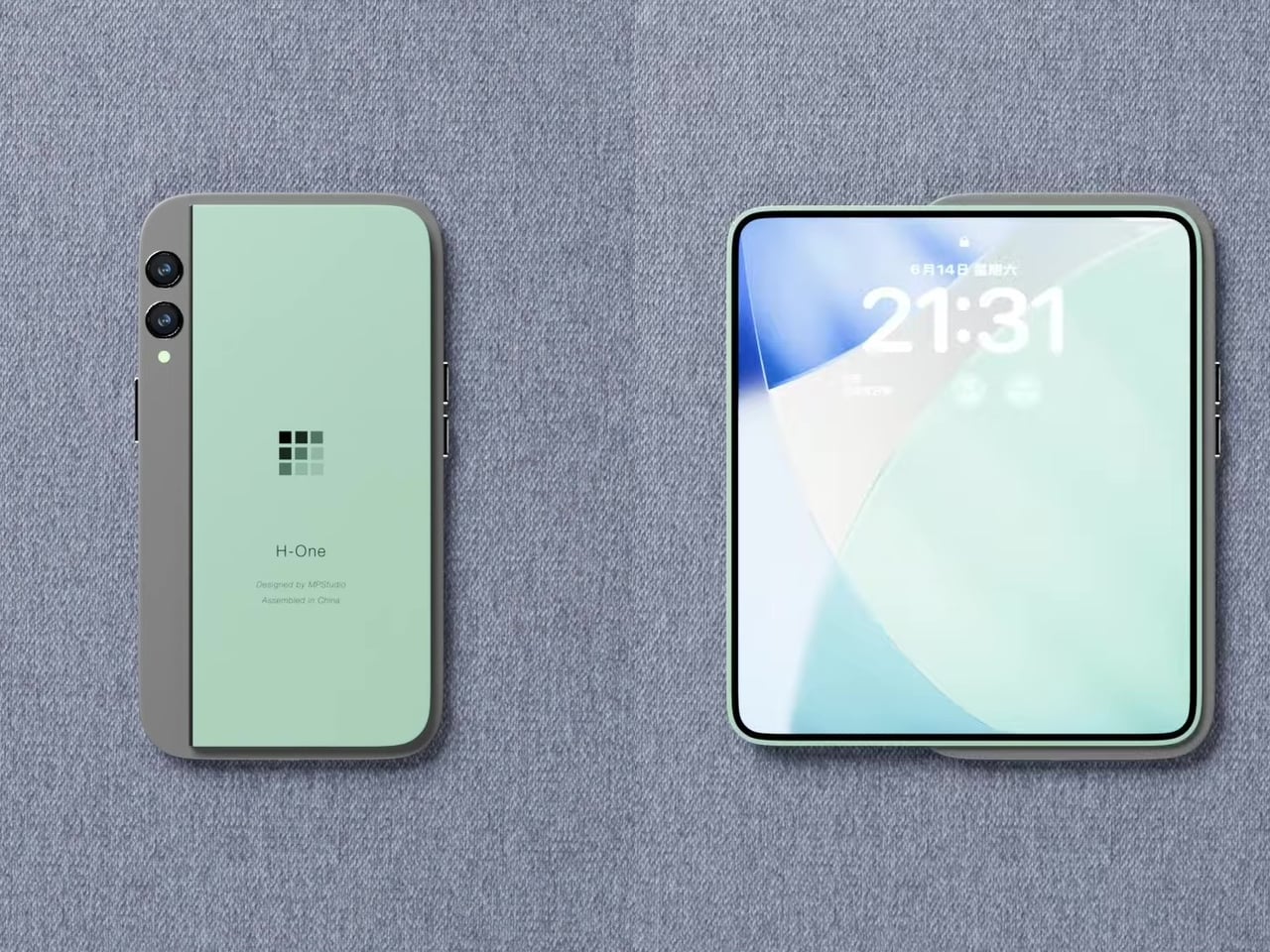
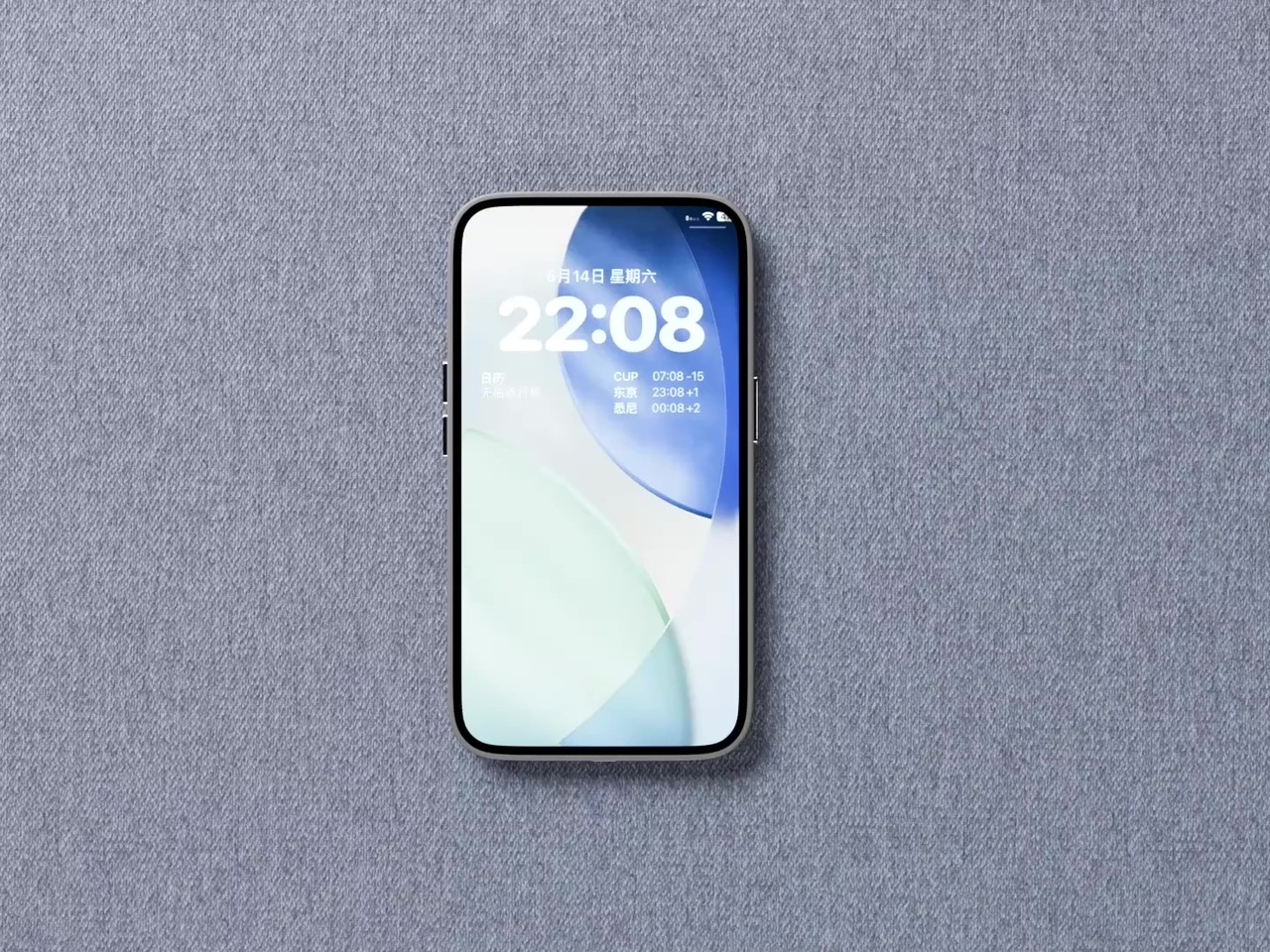
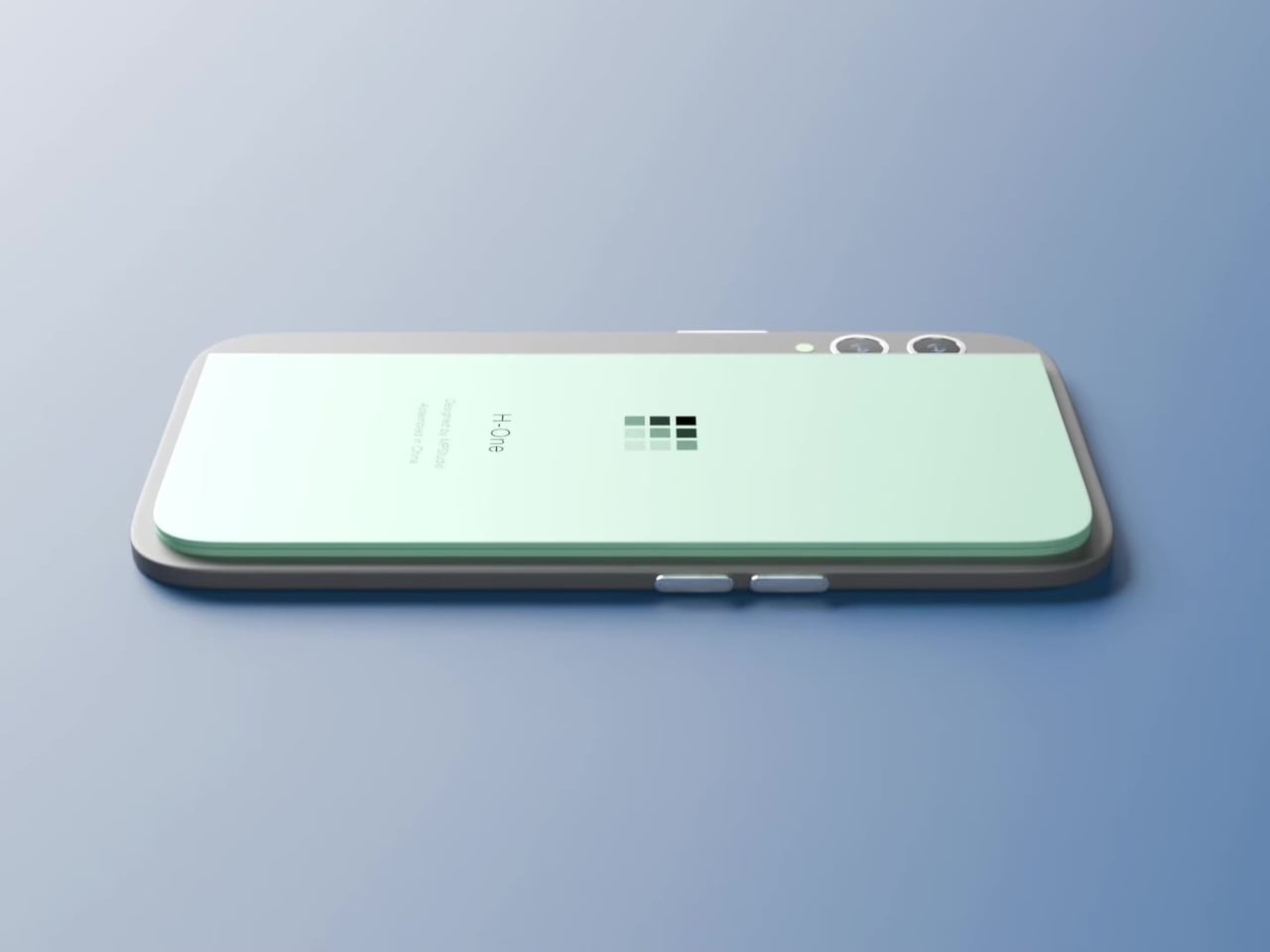
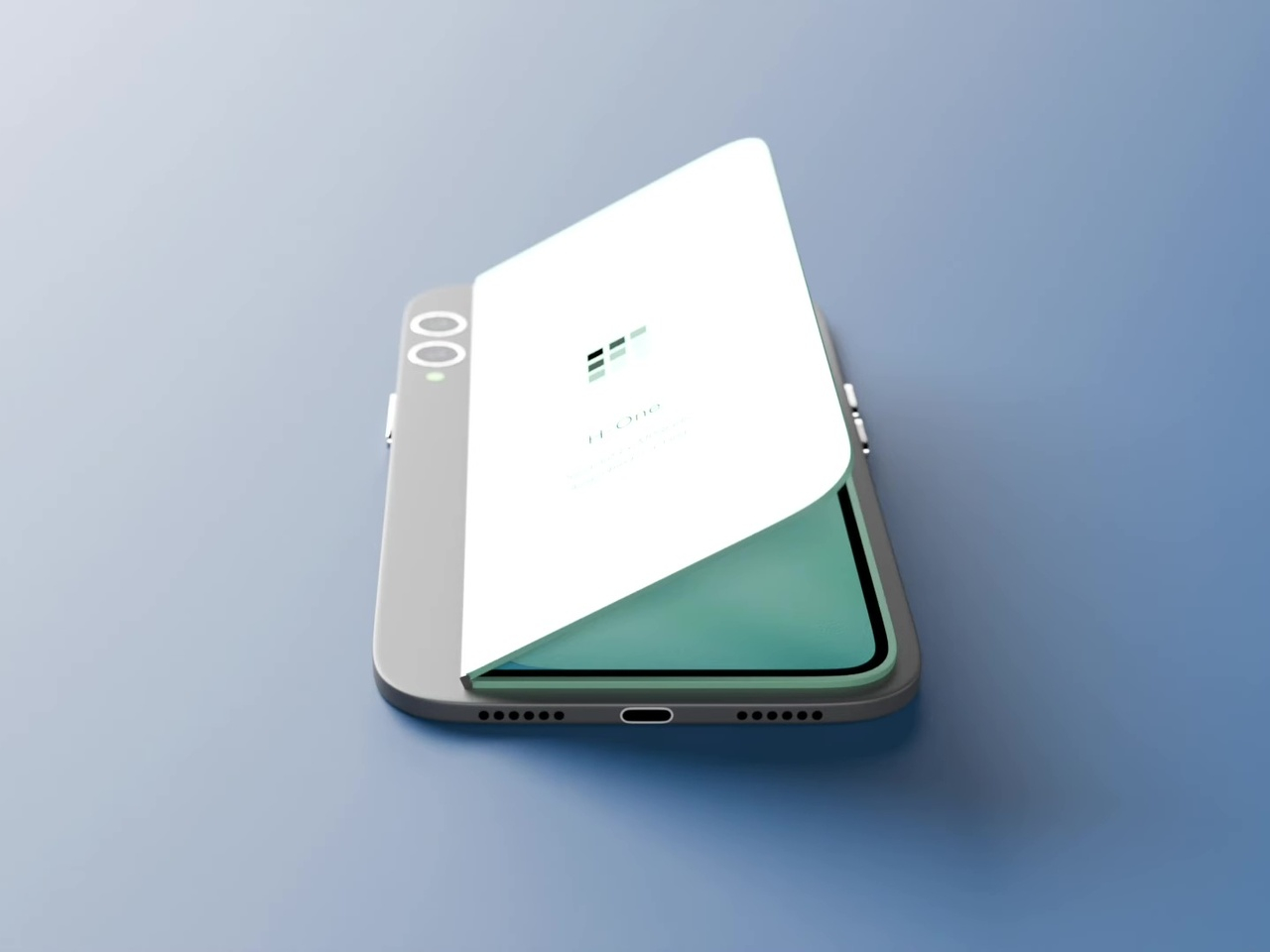
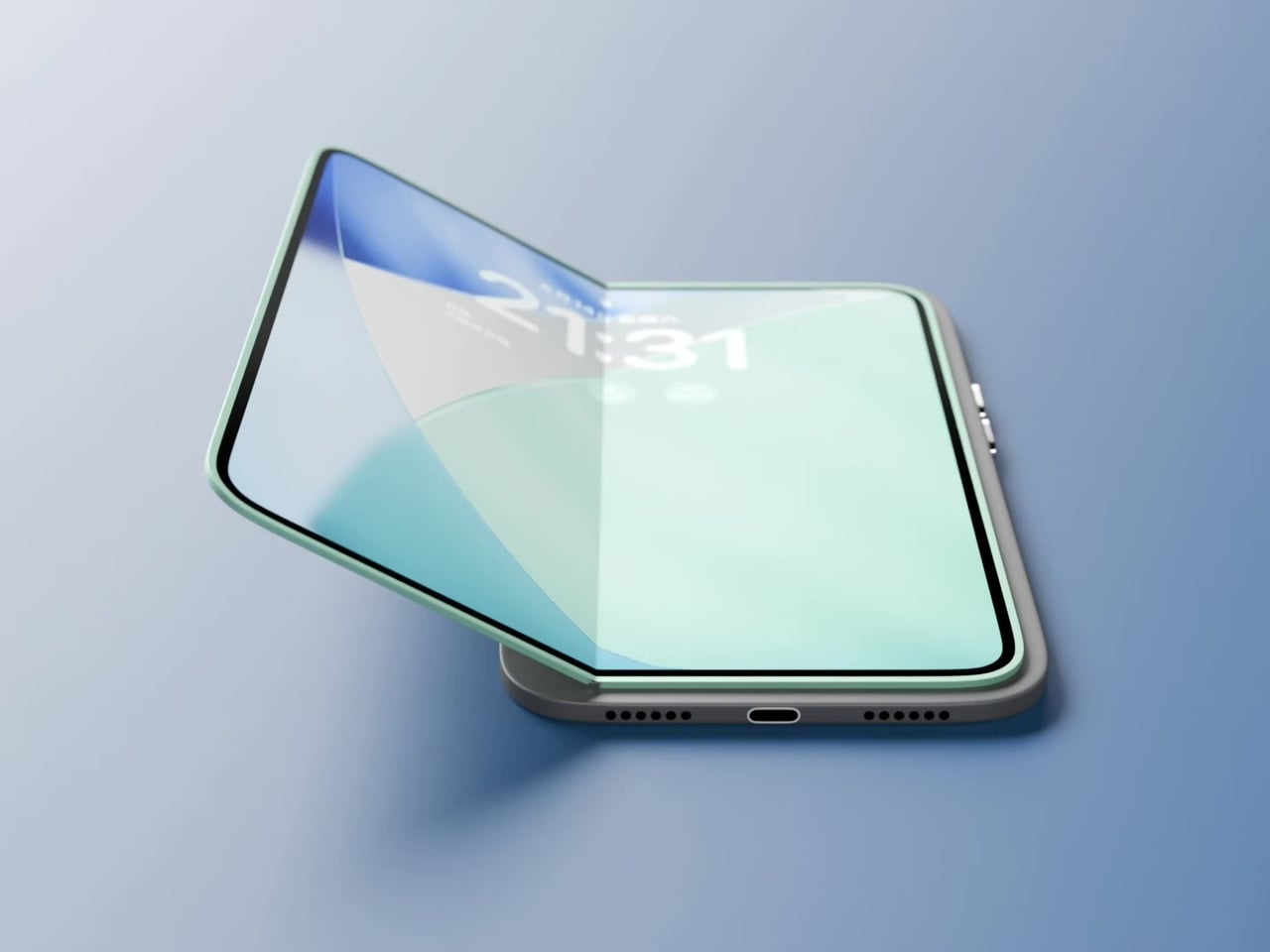
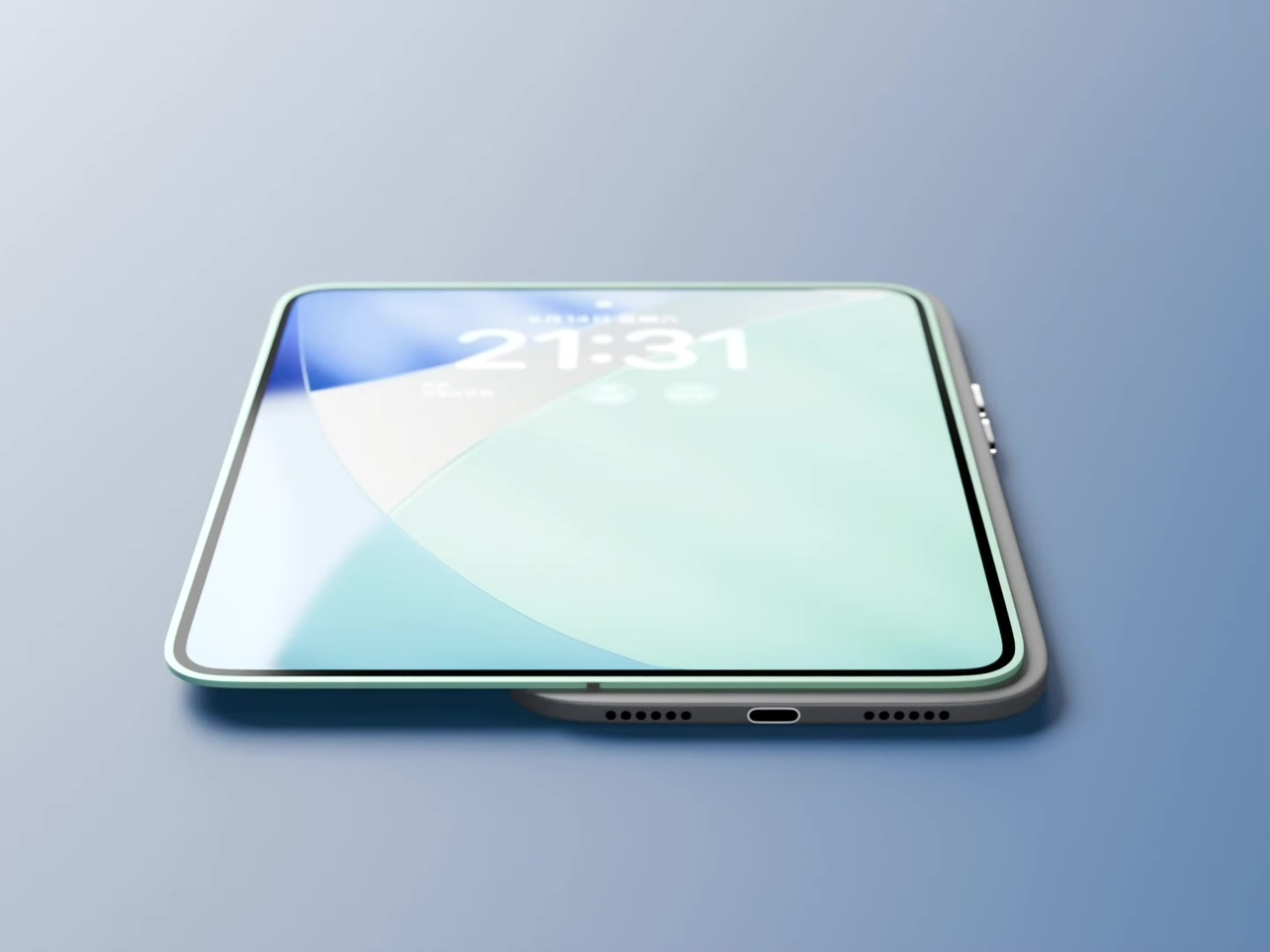
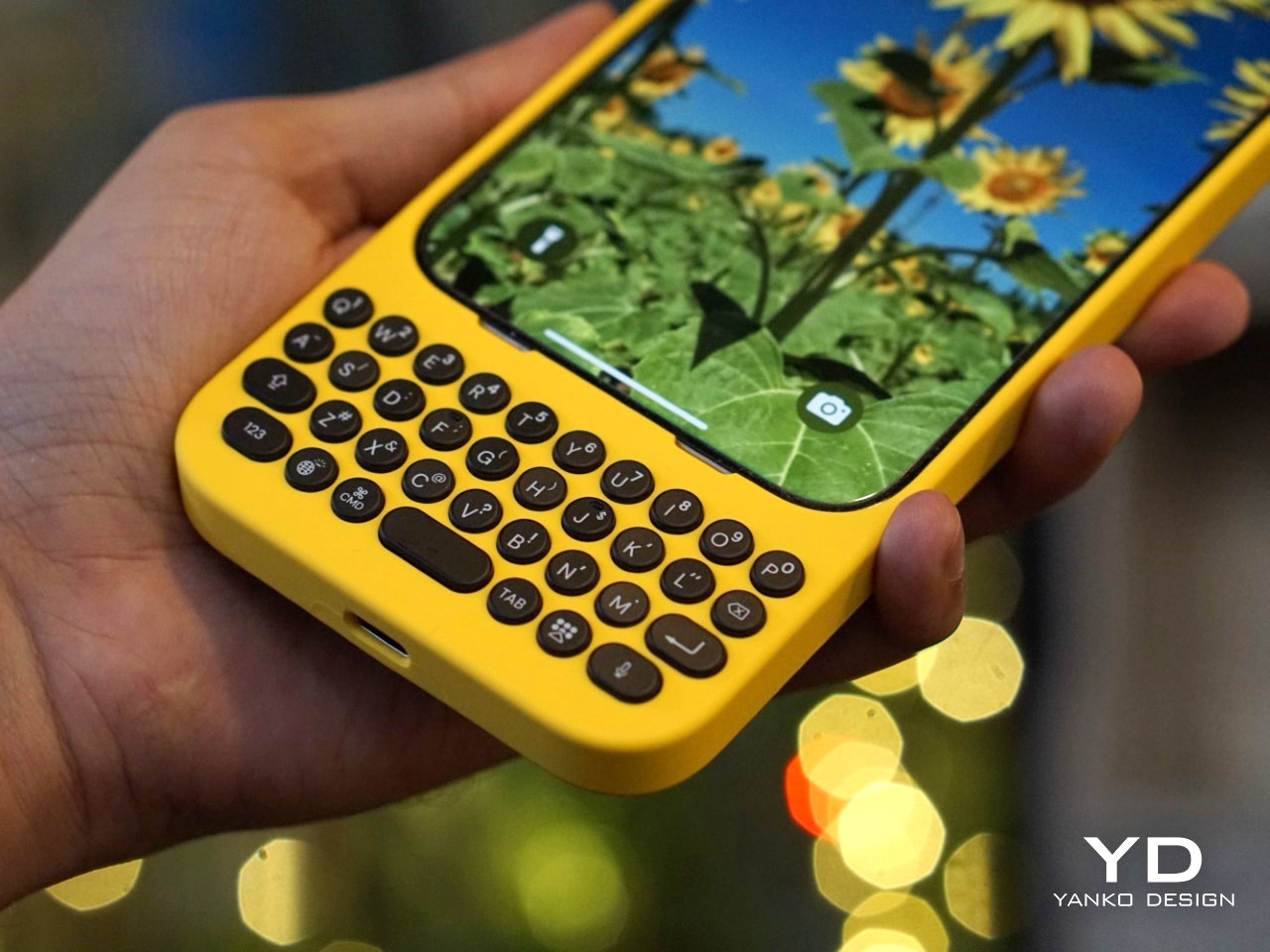
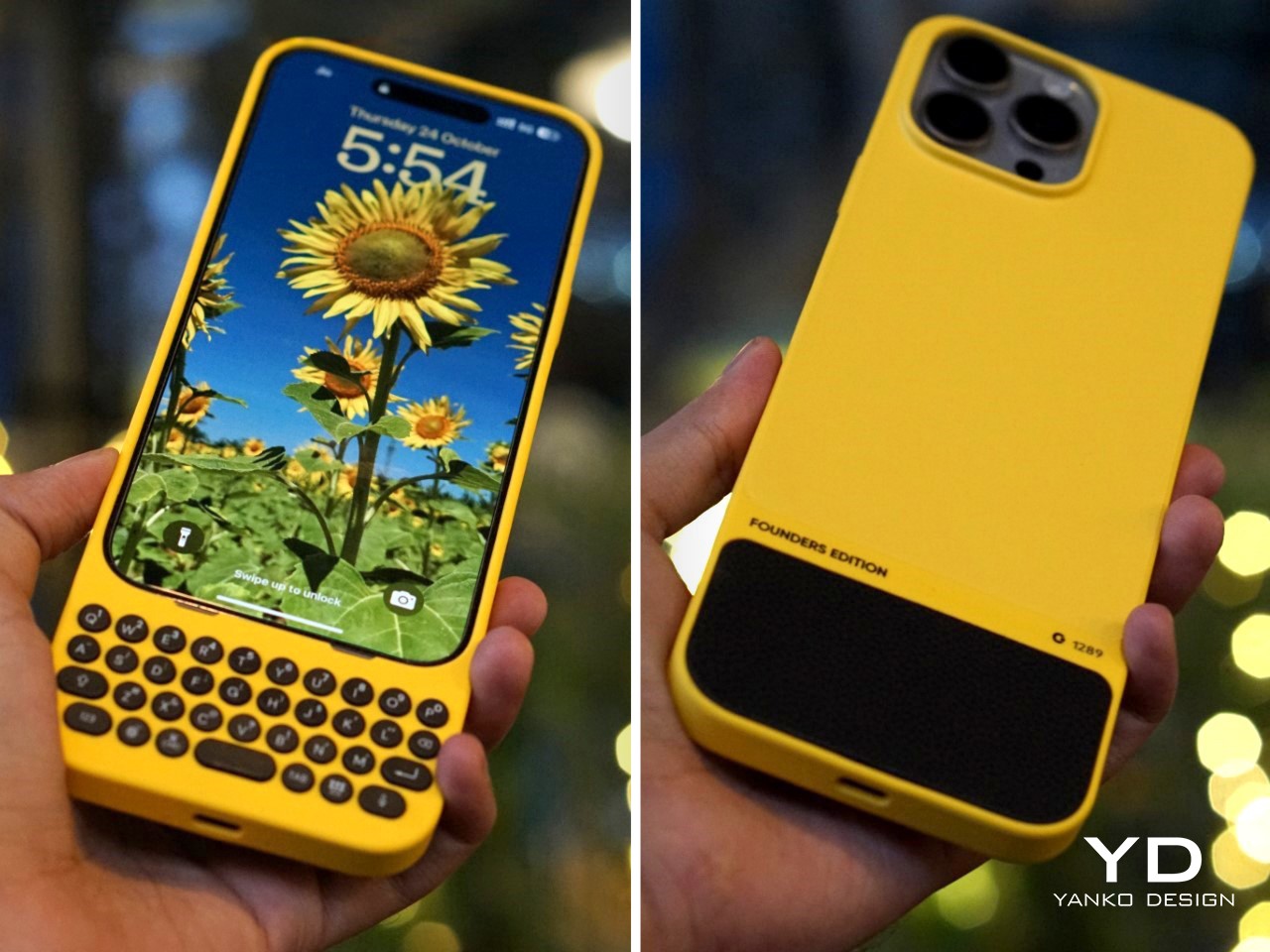
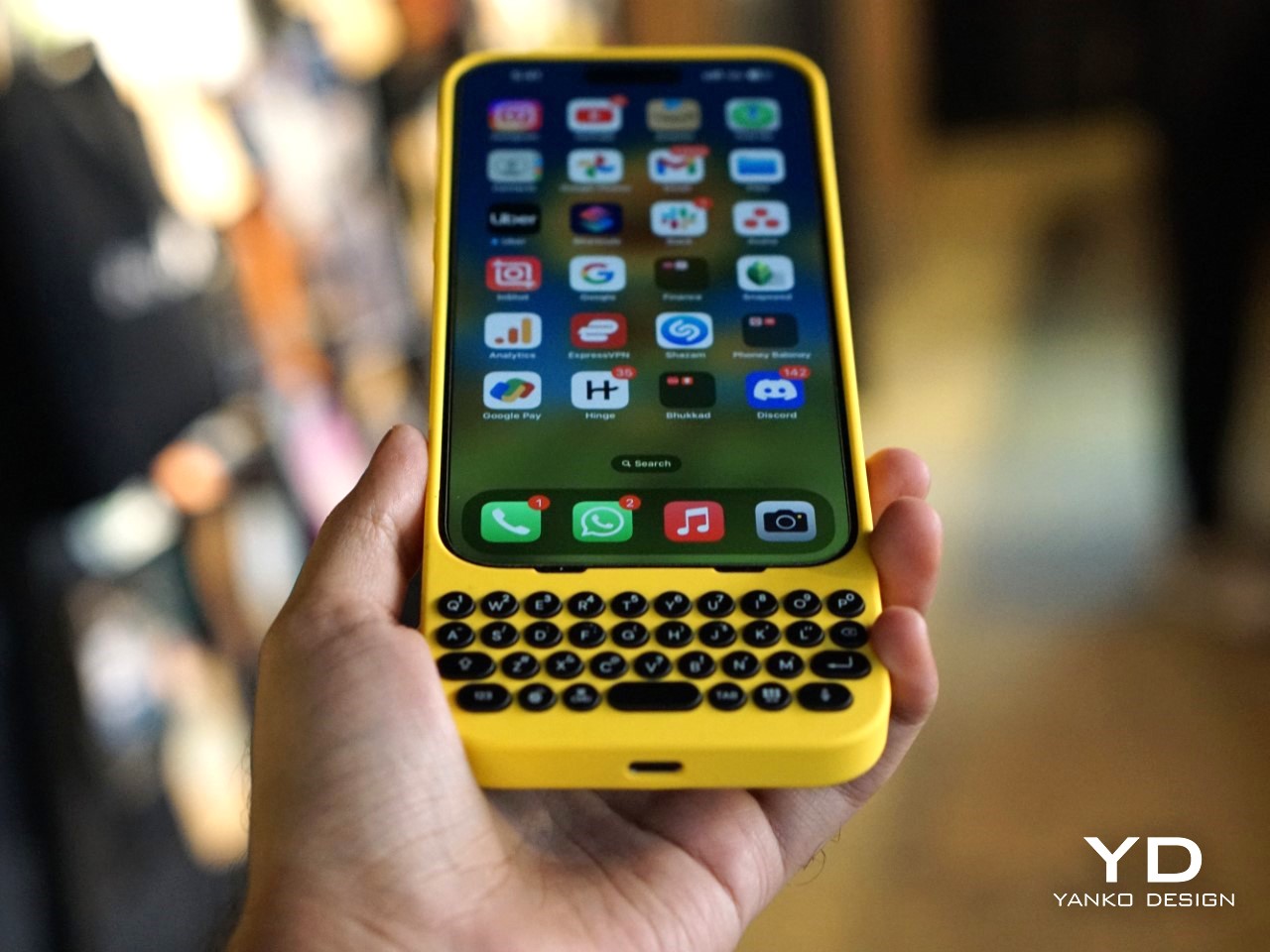
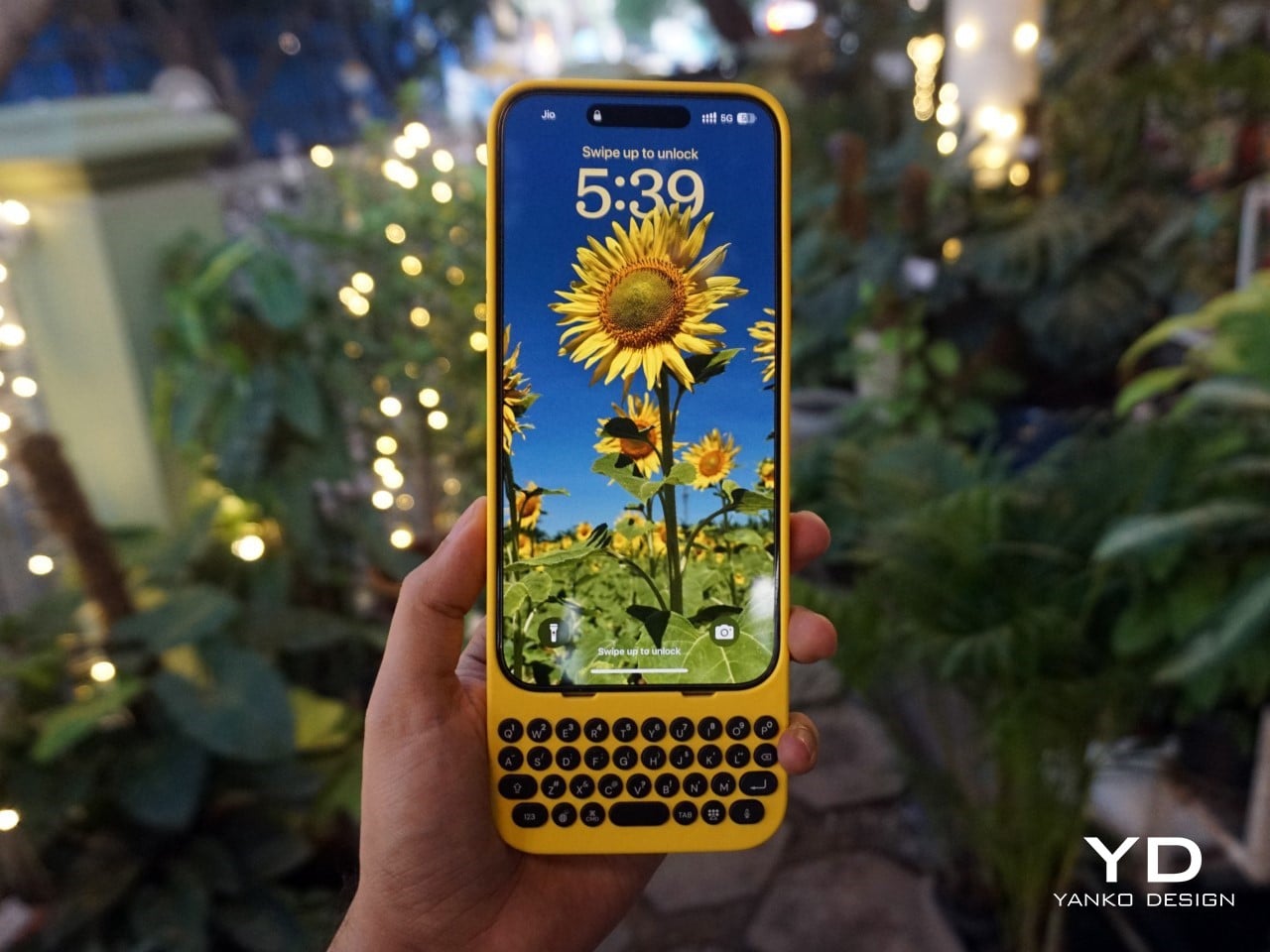
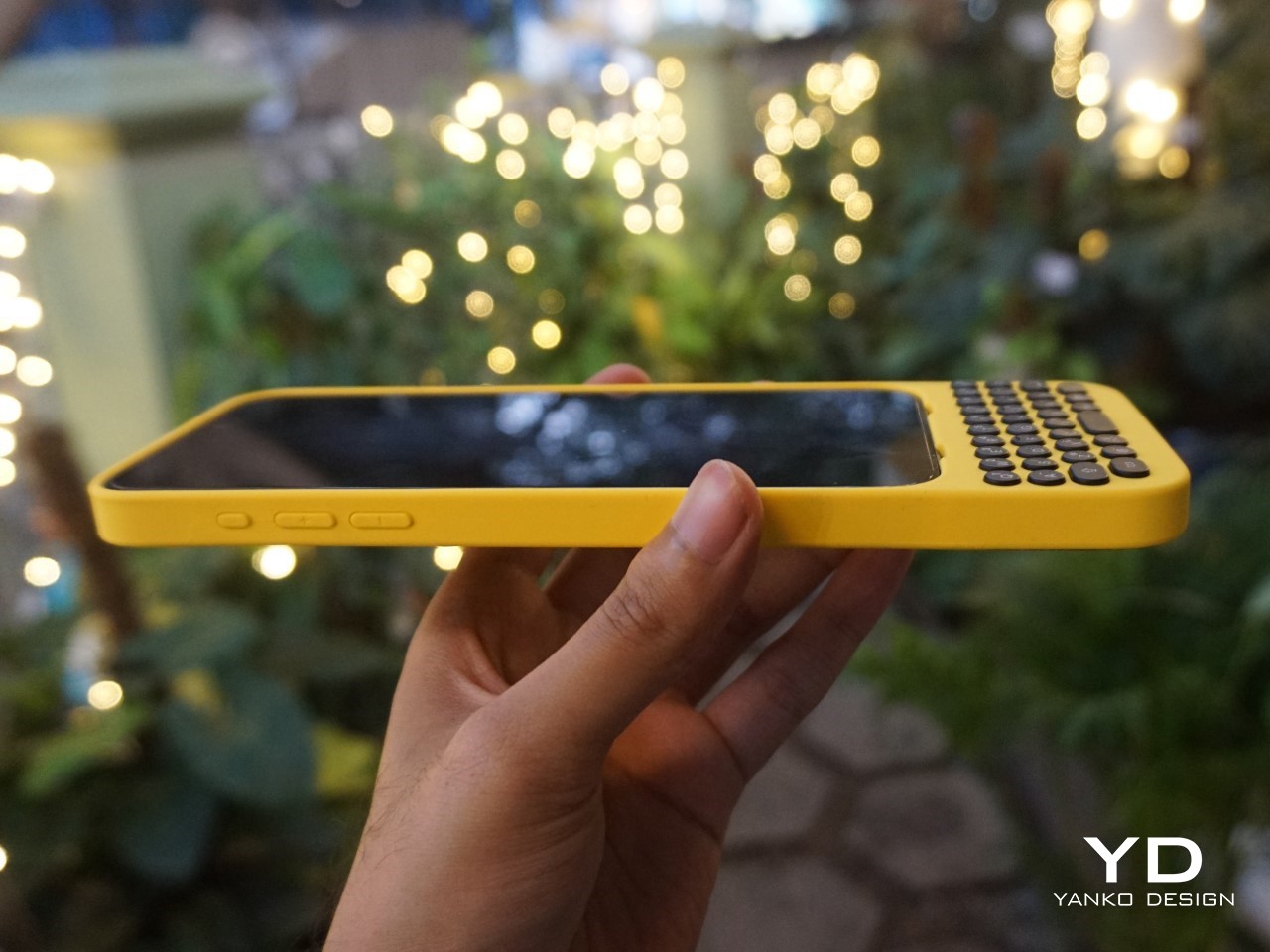
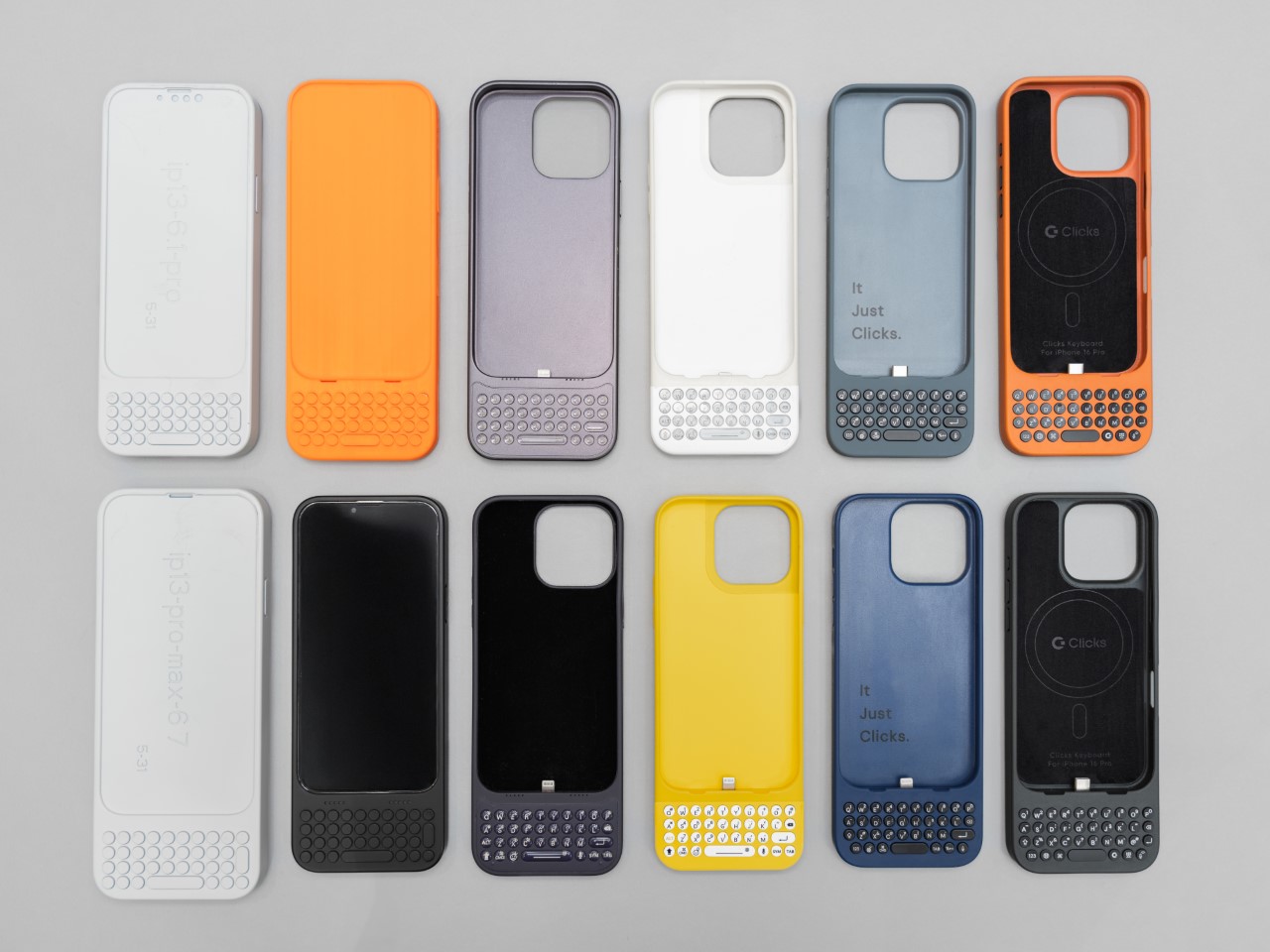
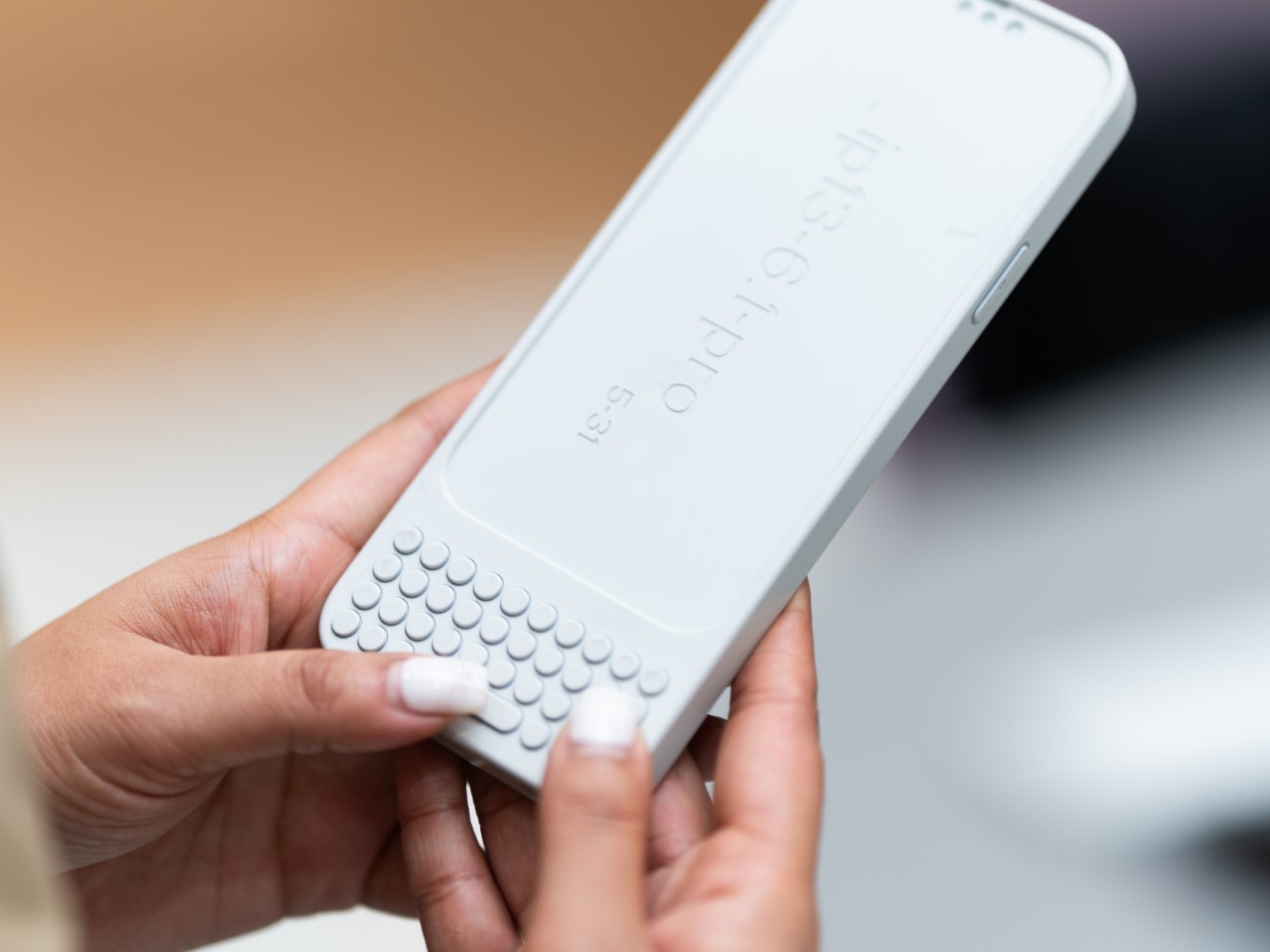
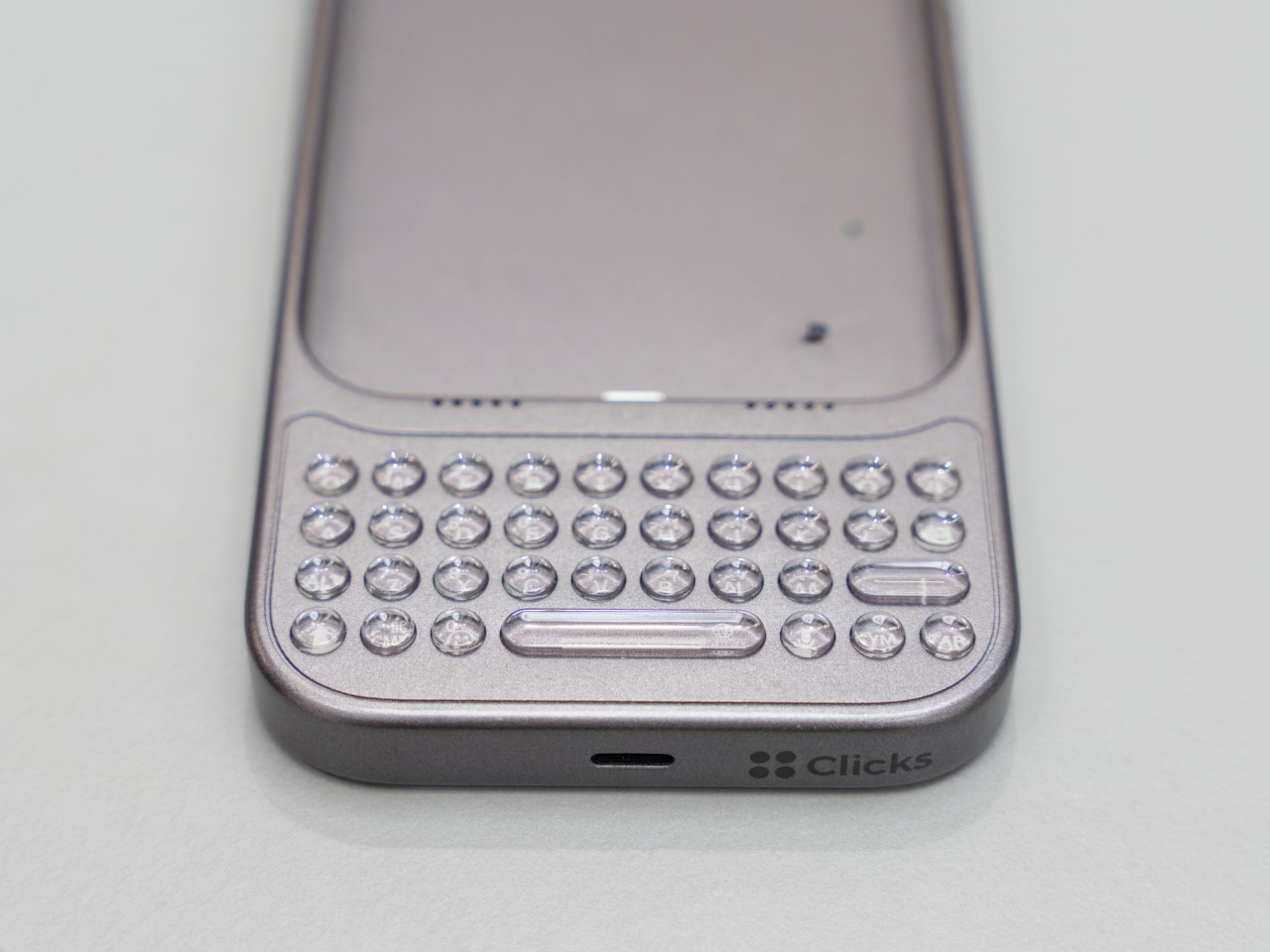
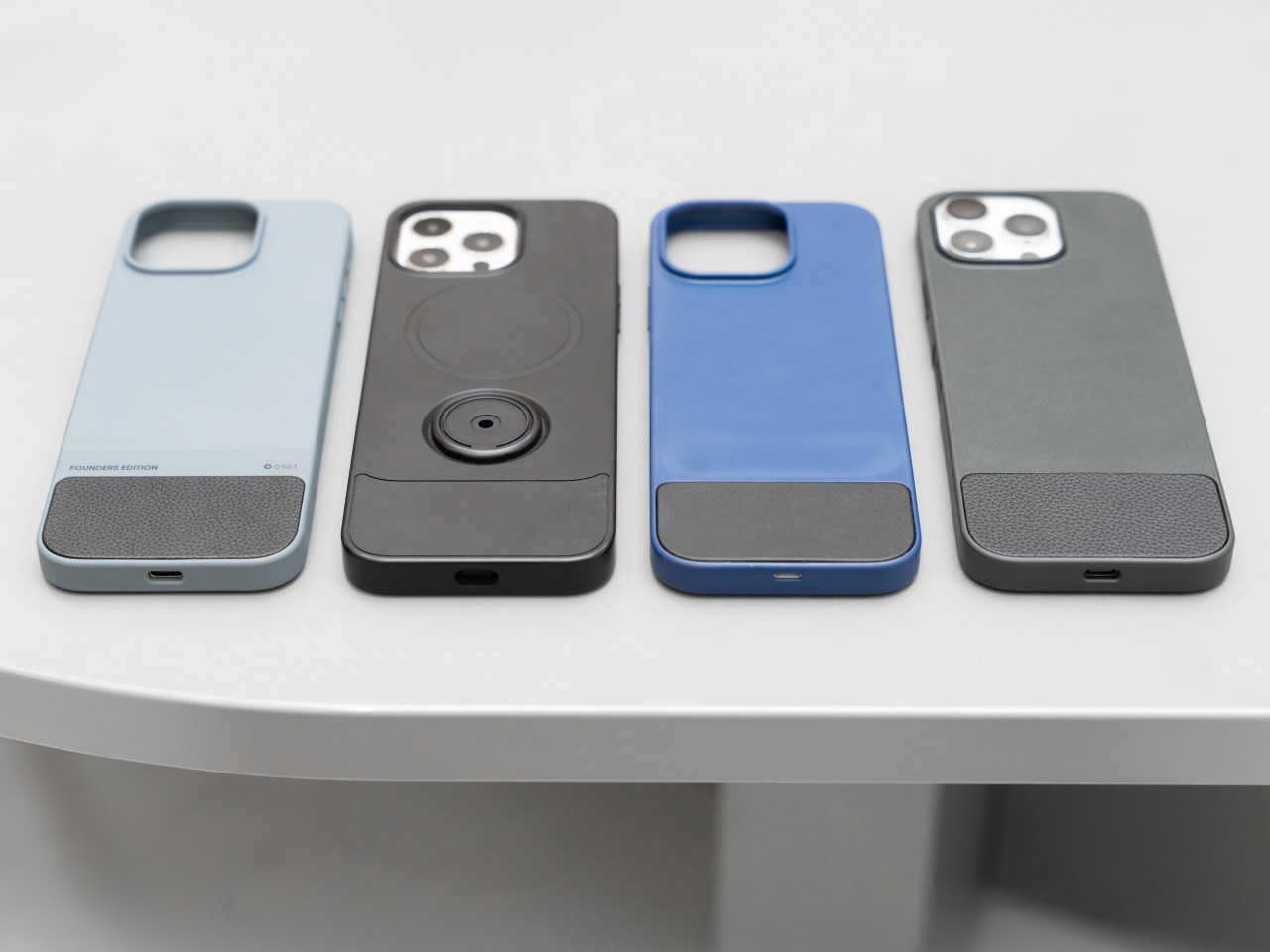

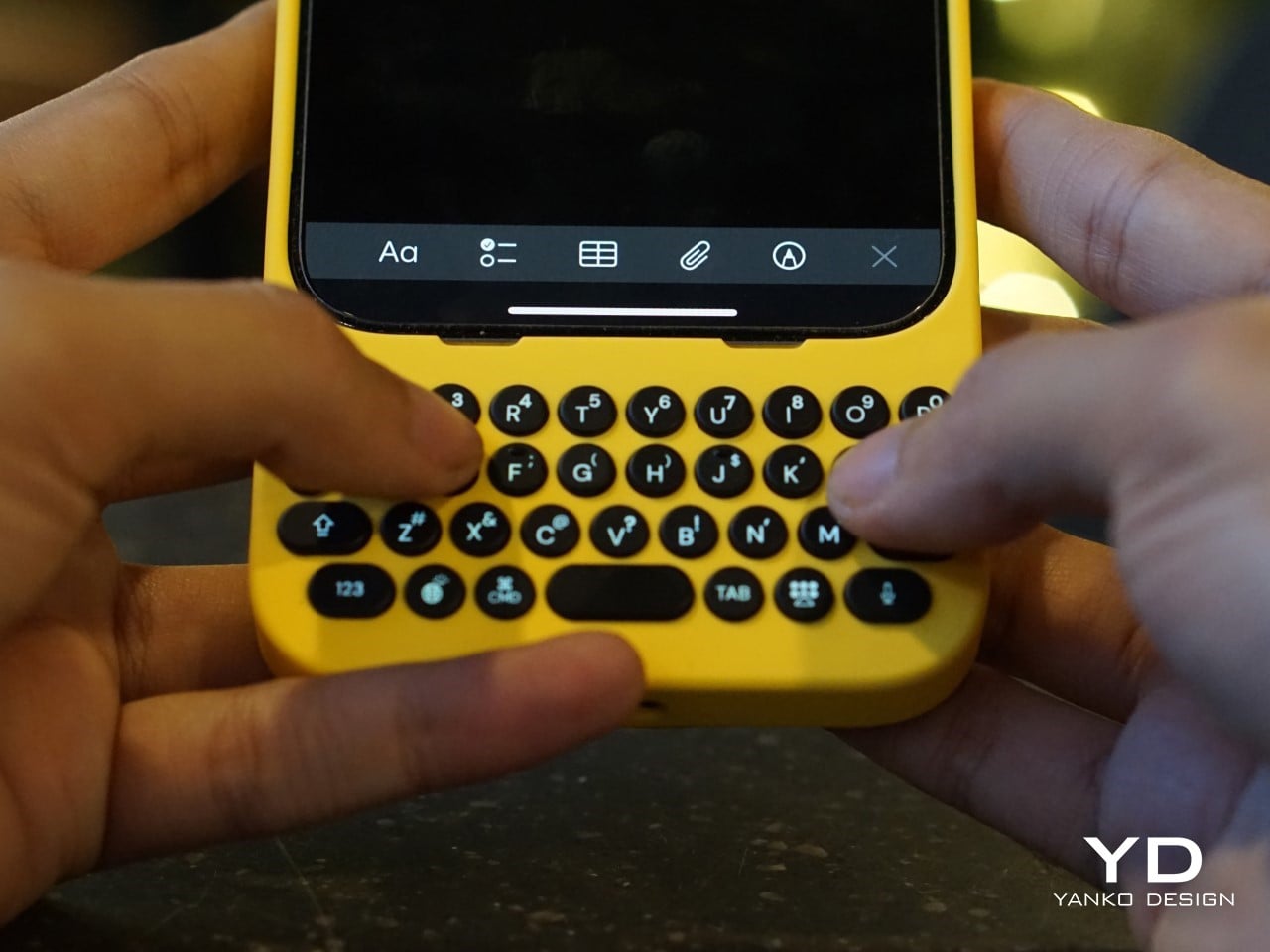
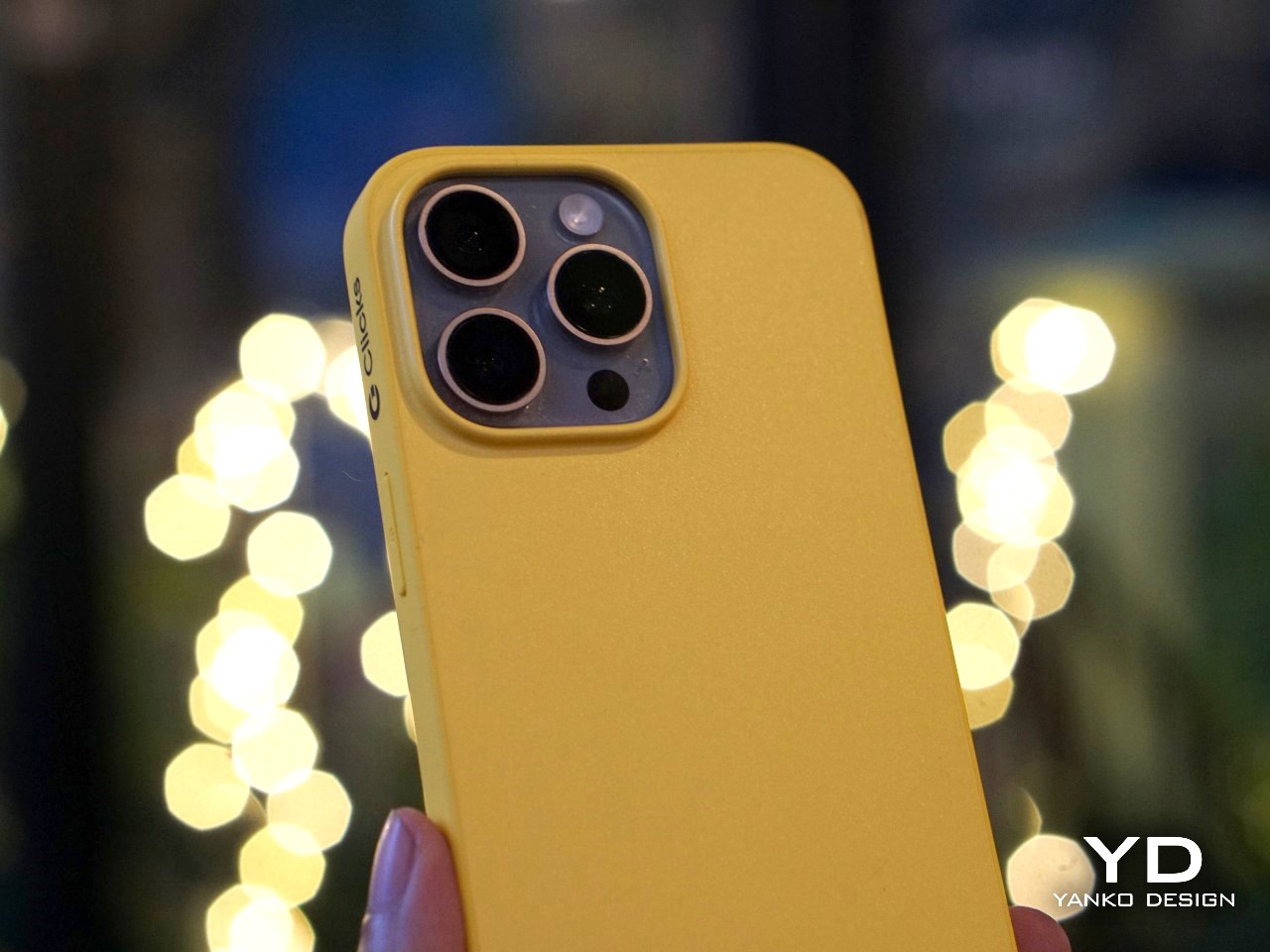
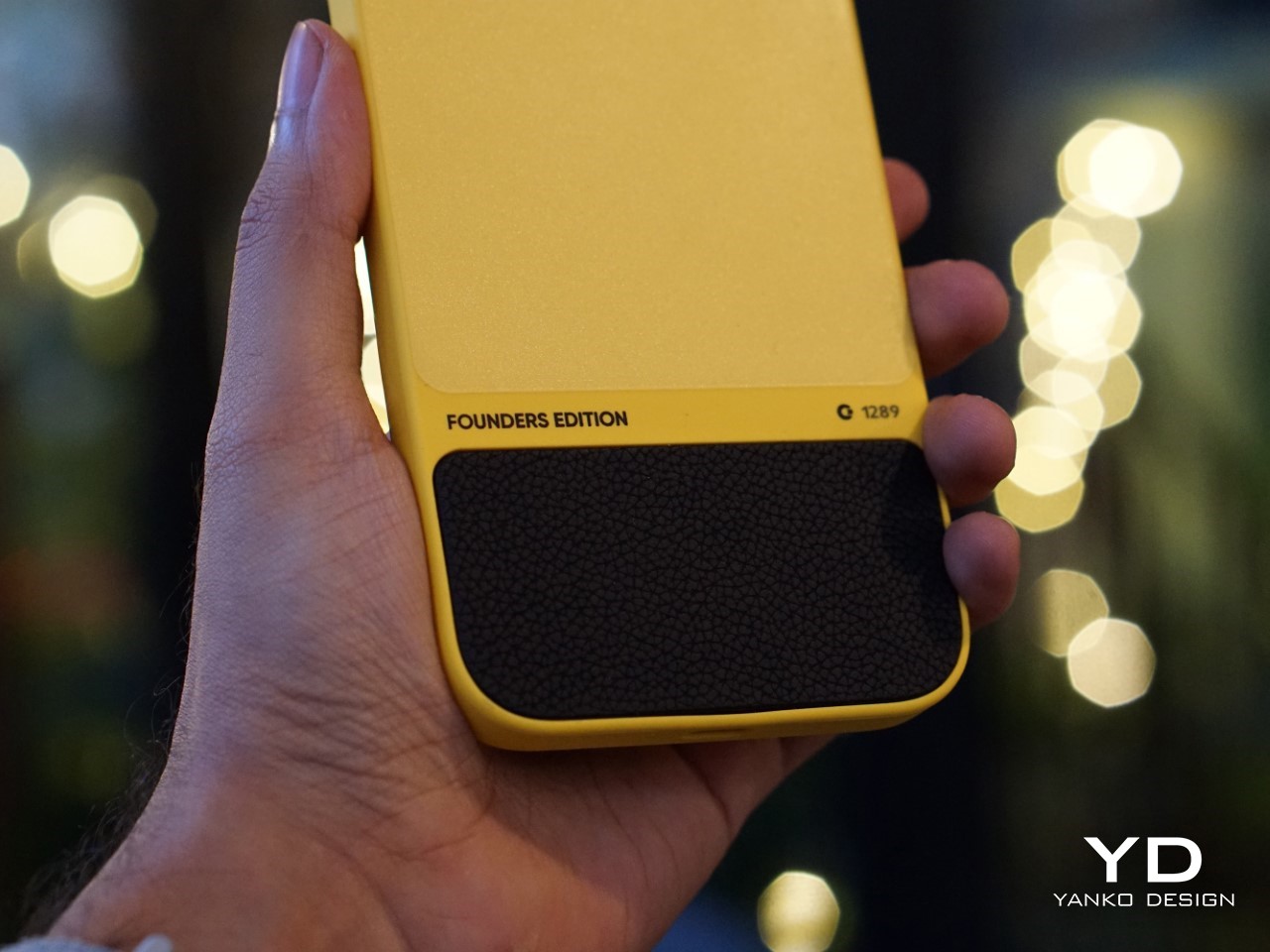
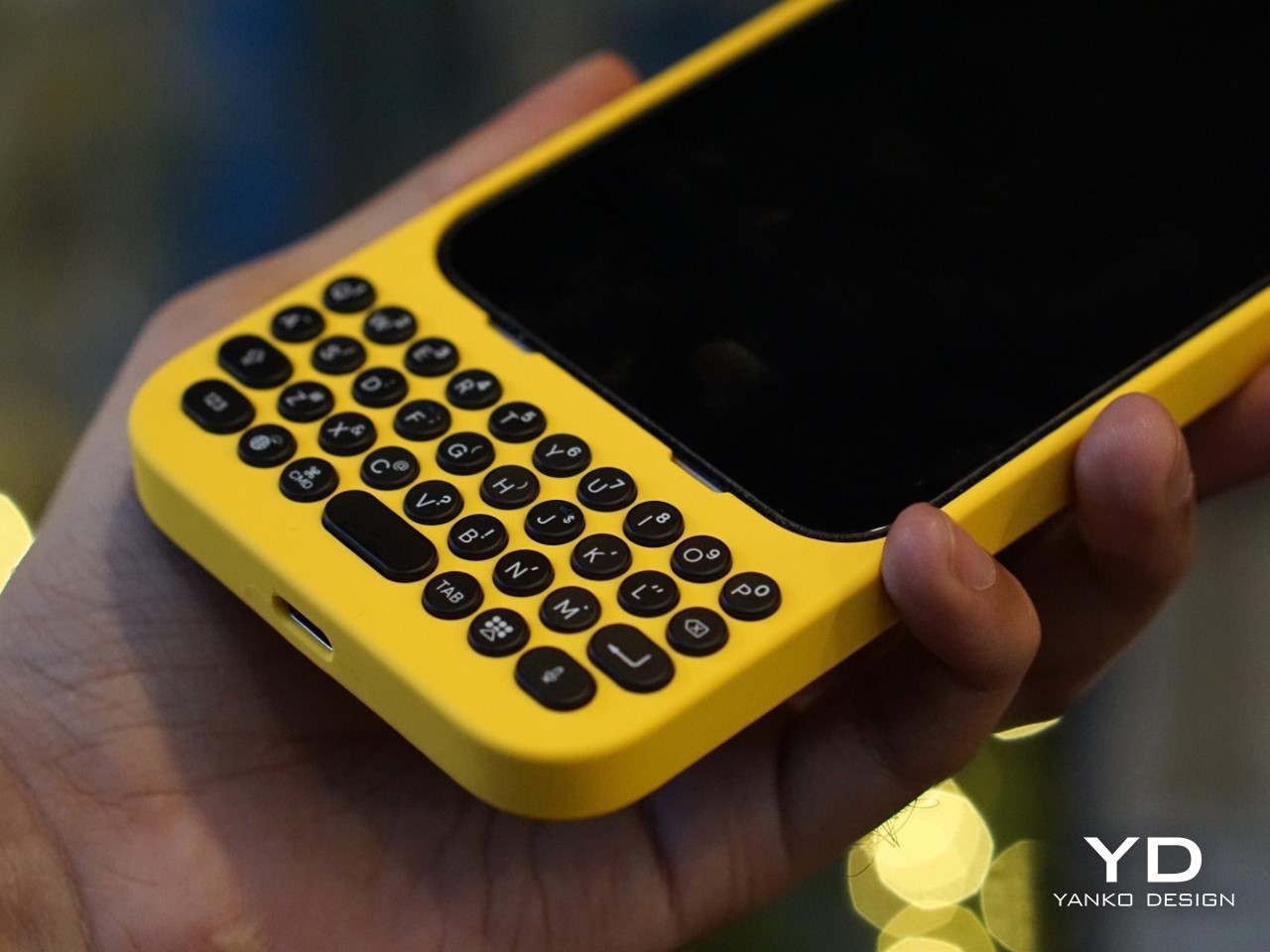
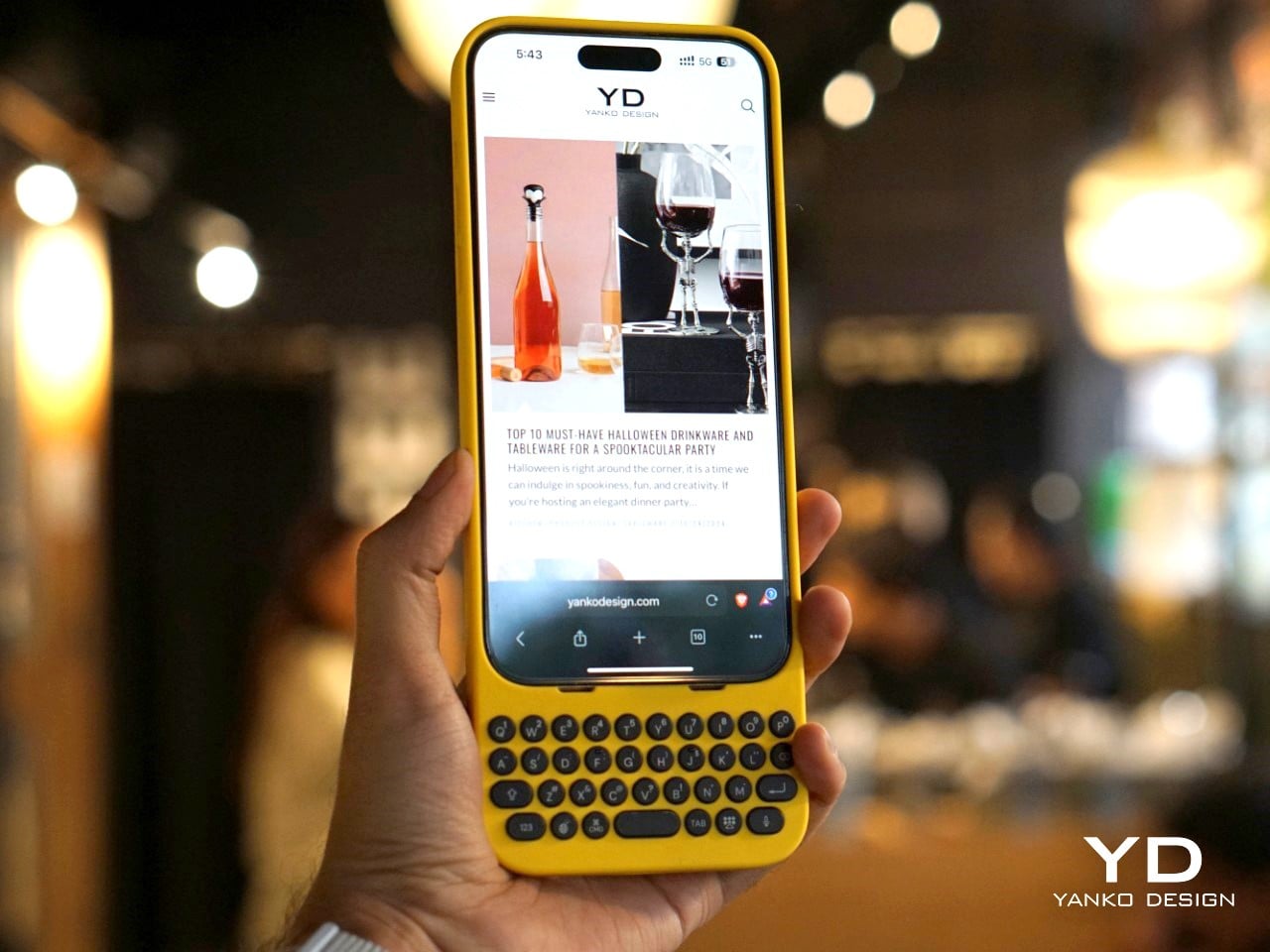
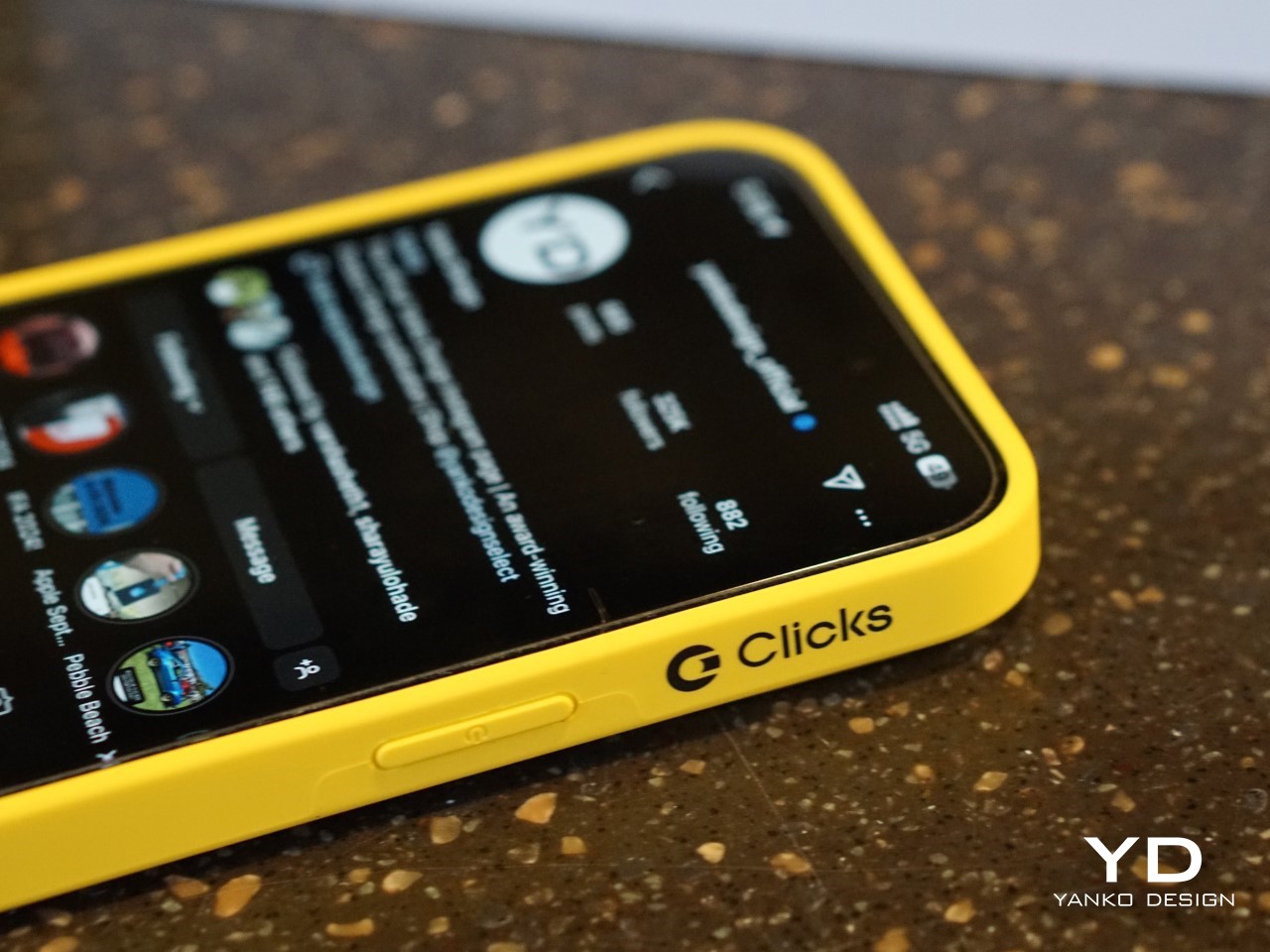
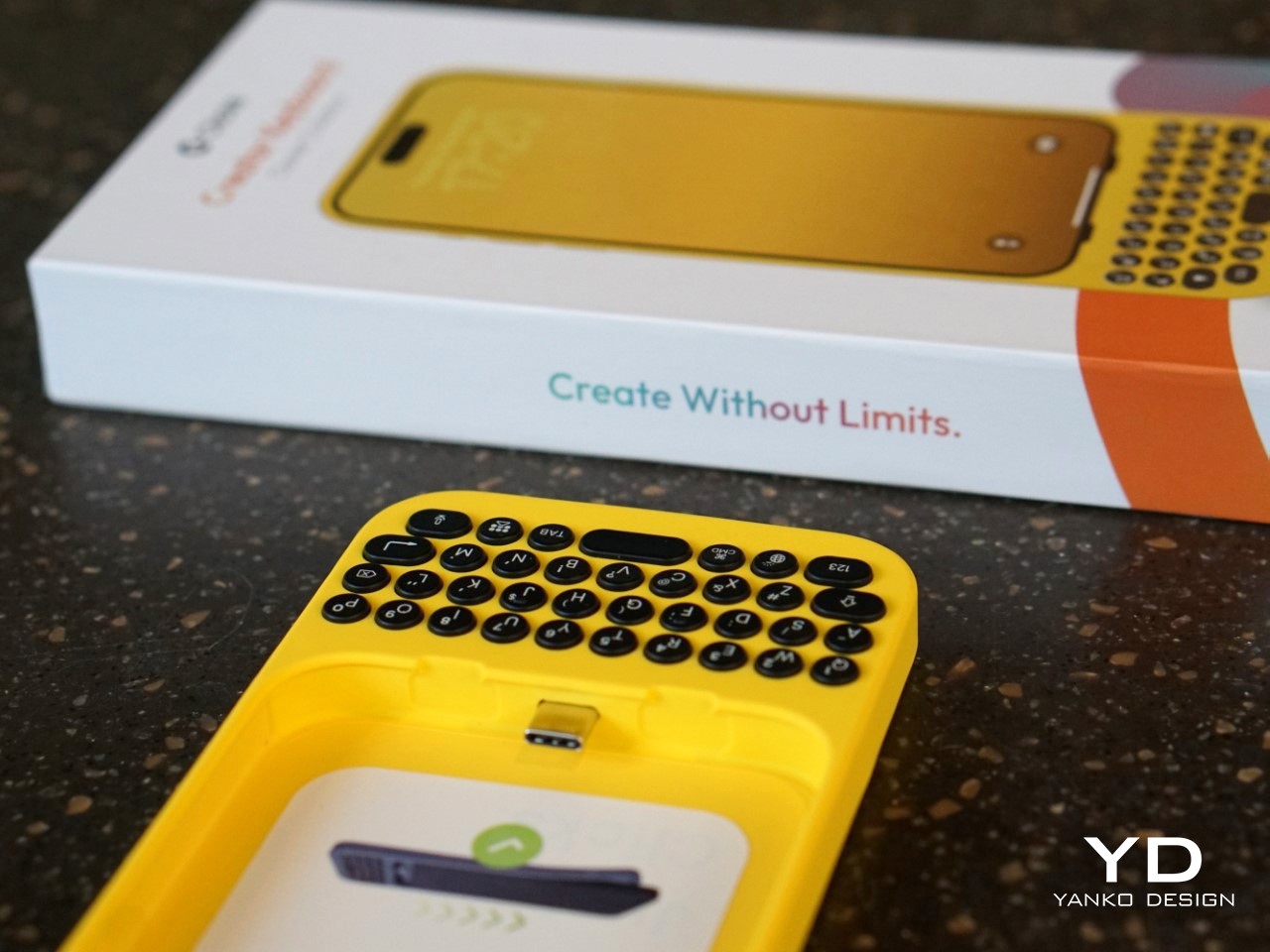


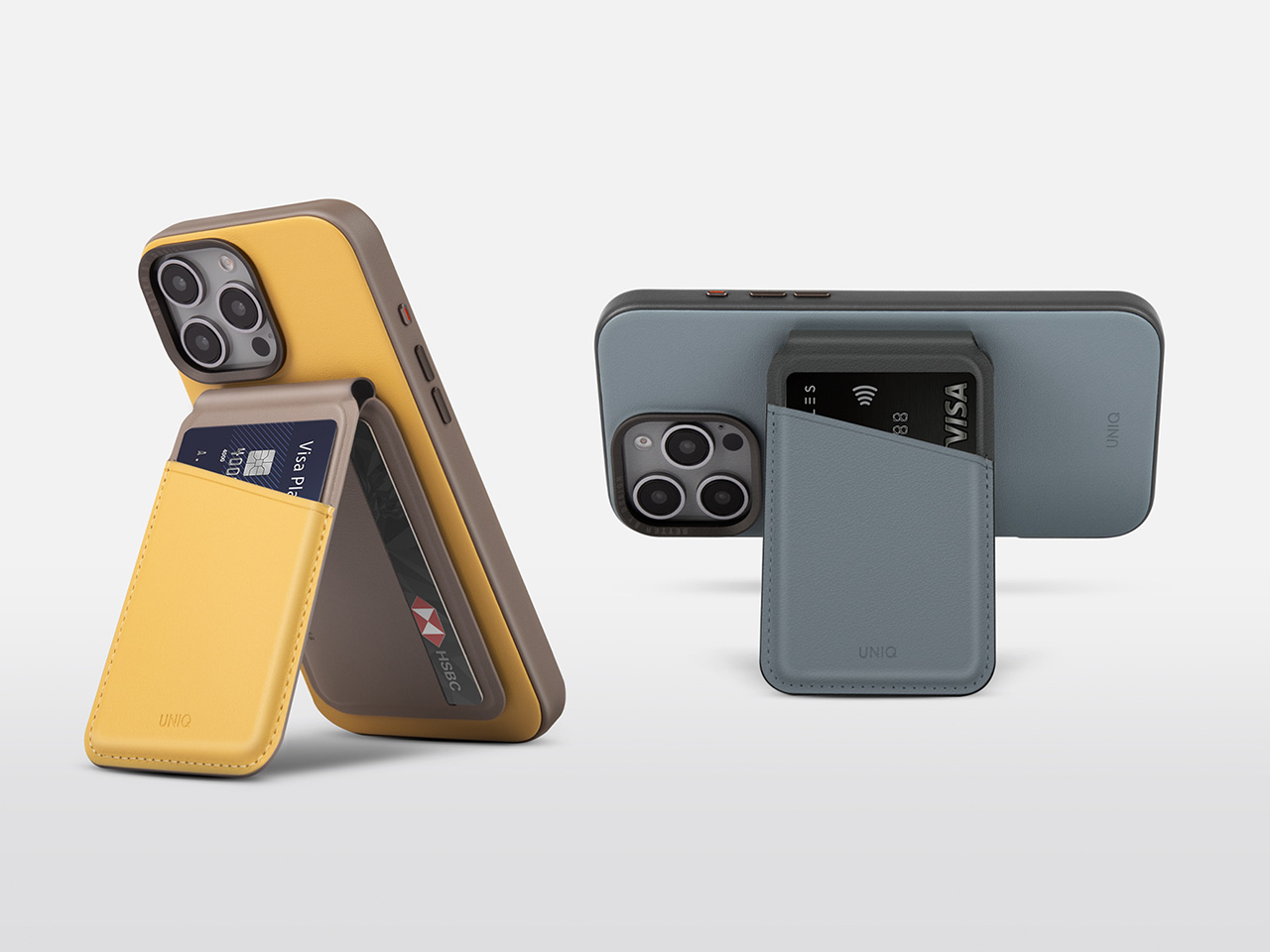

 Magnetic Charging Compatibility
Magnetic Charging Compatibility